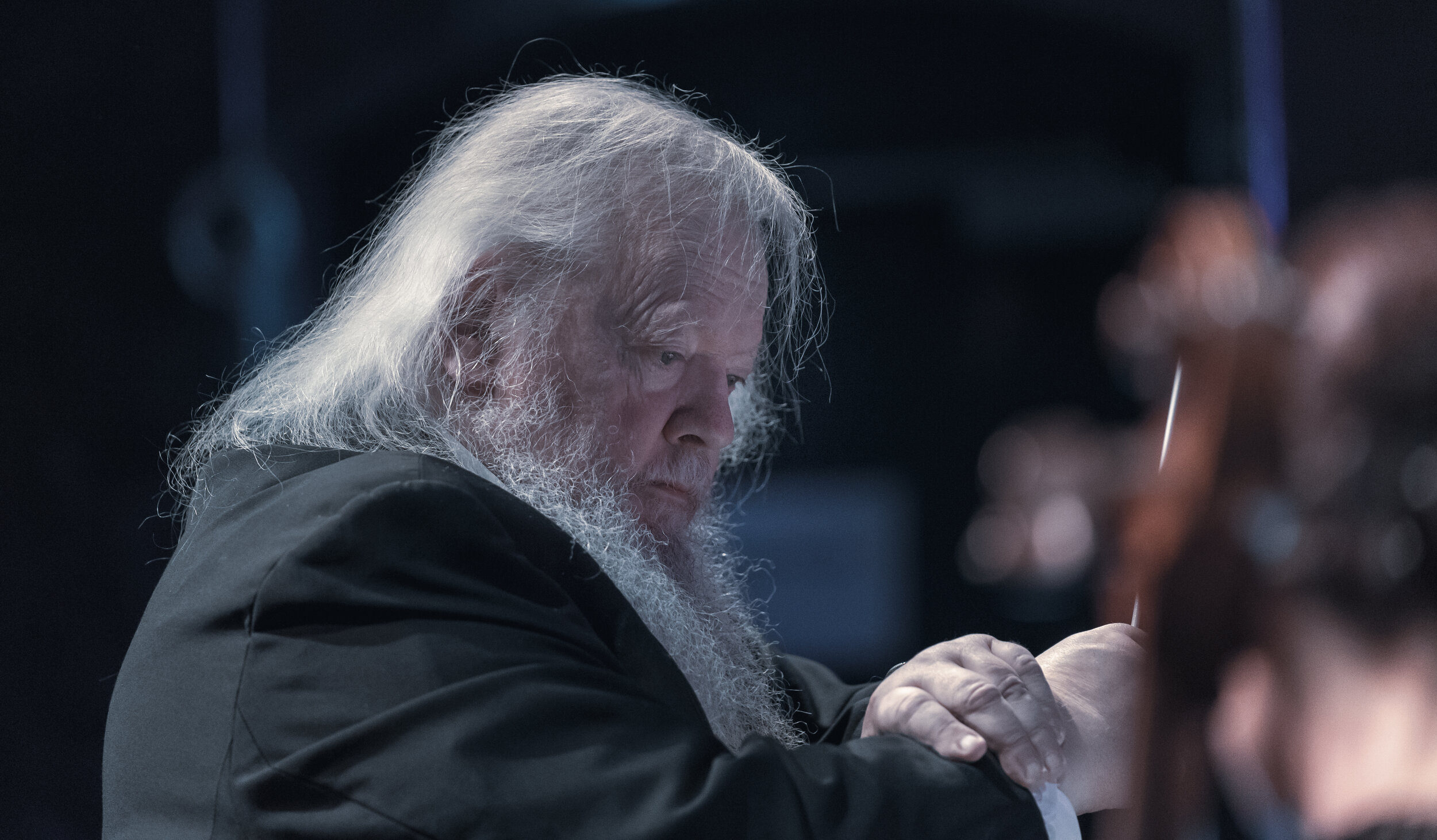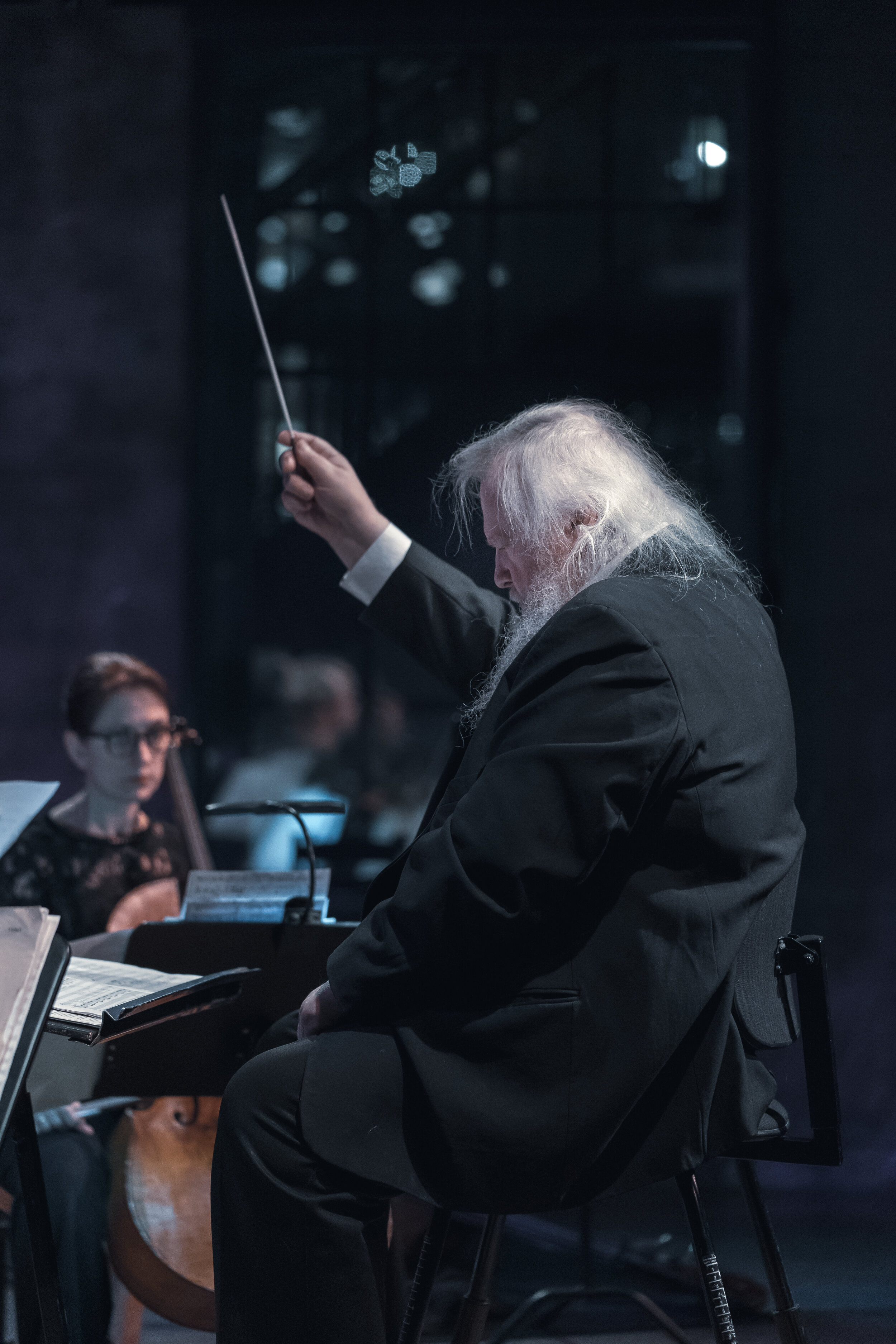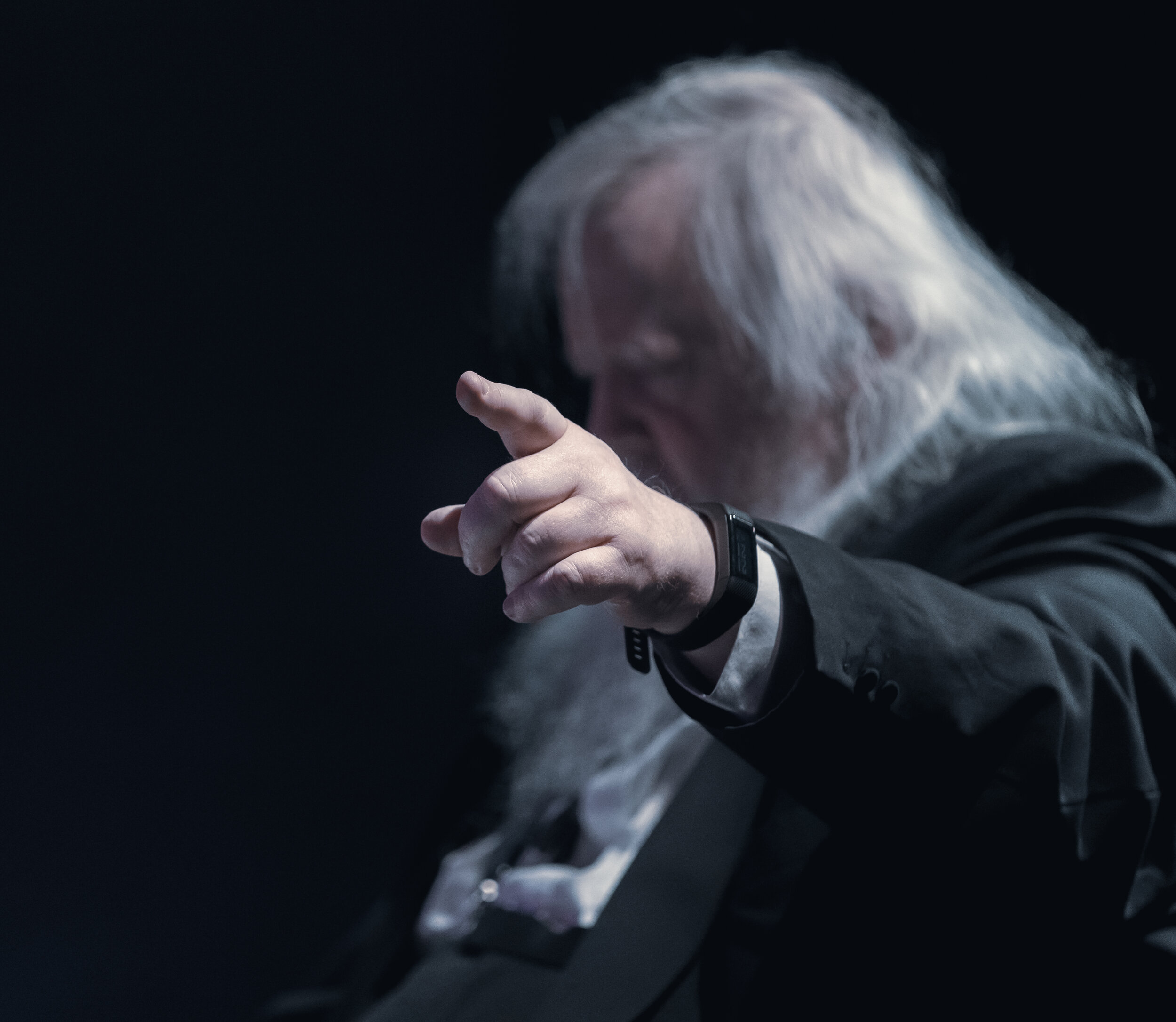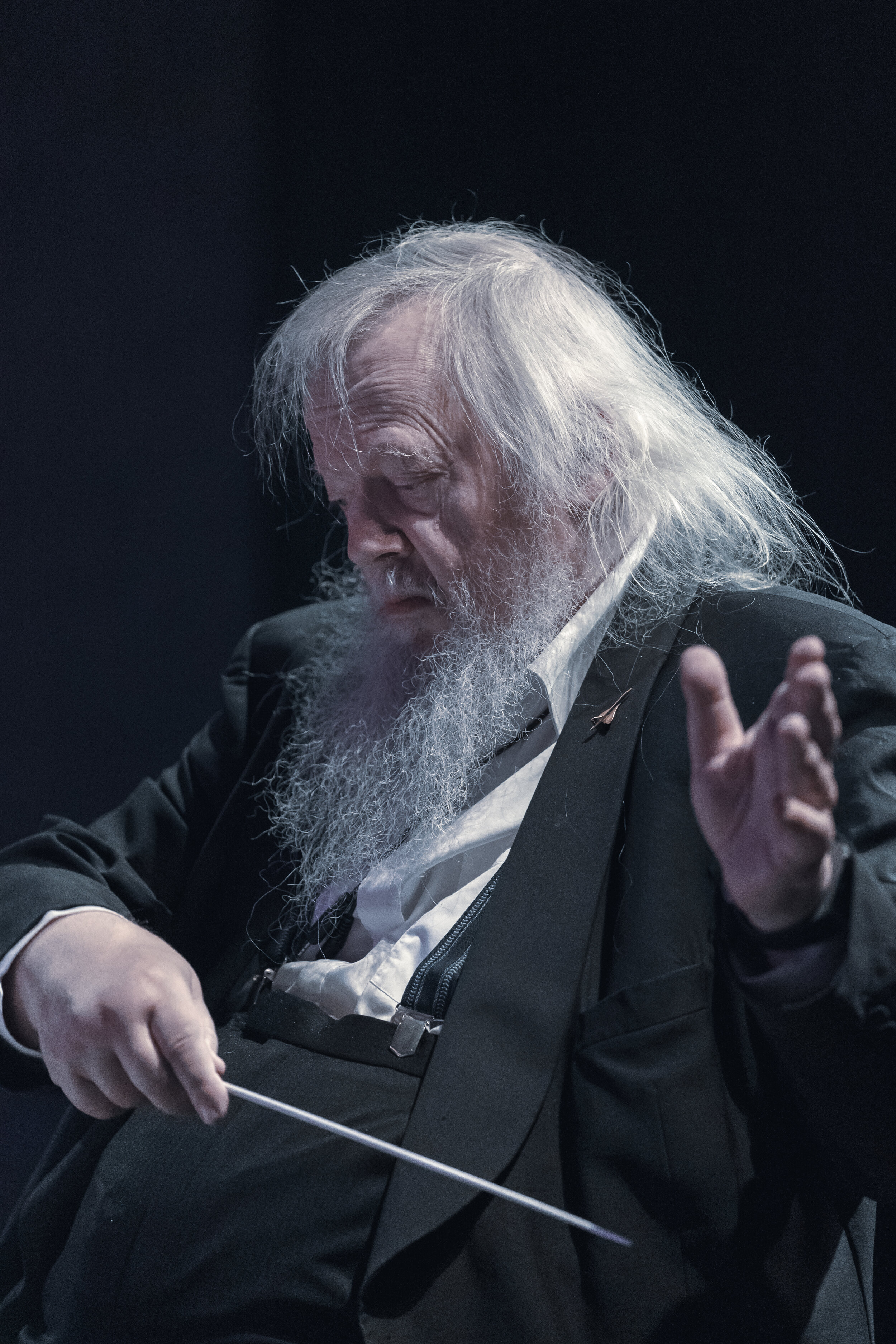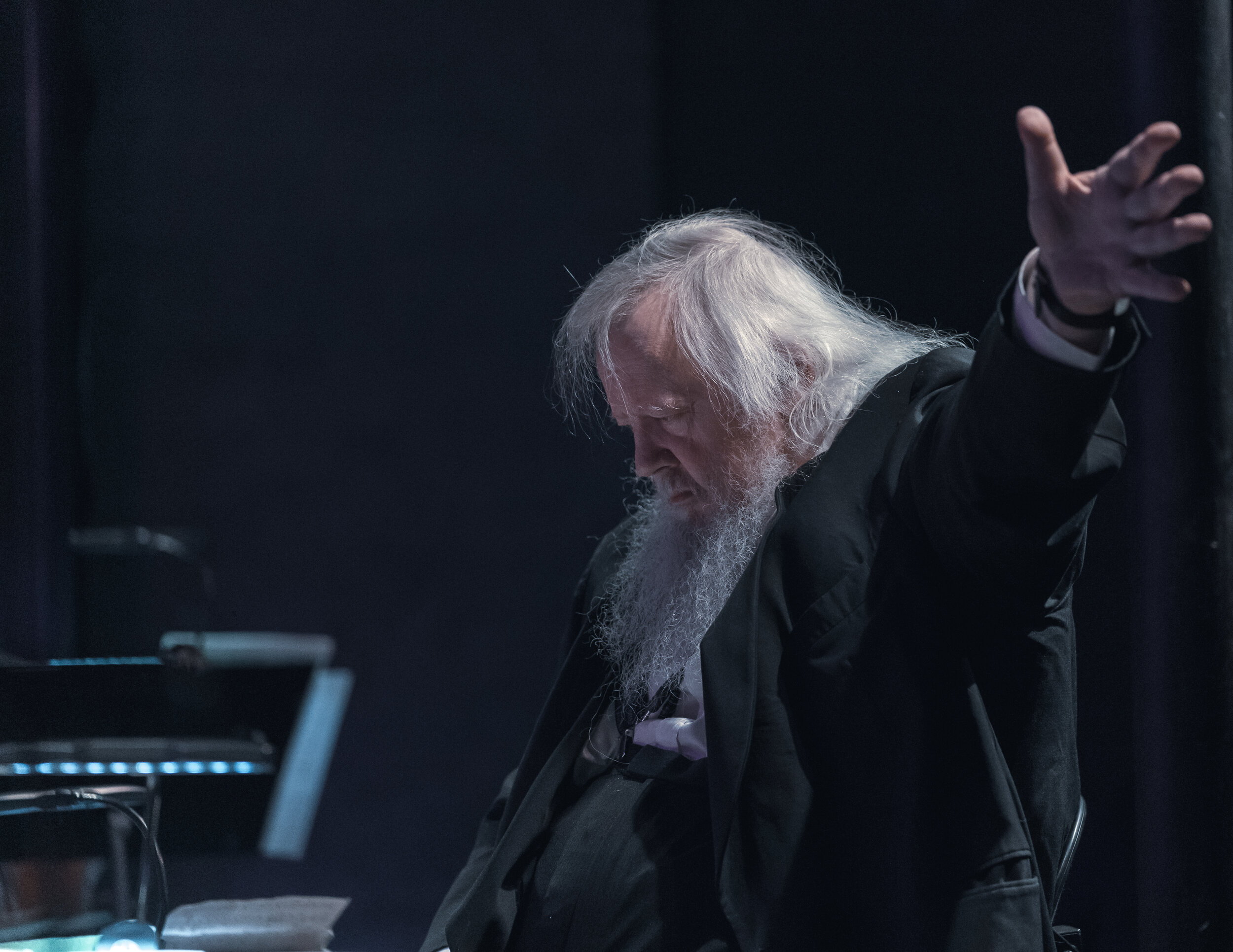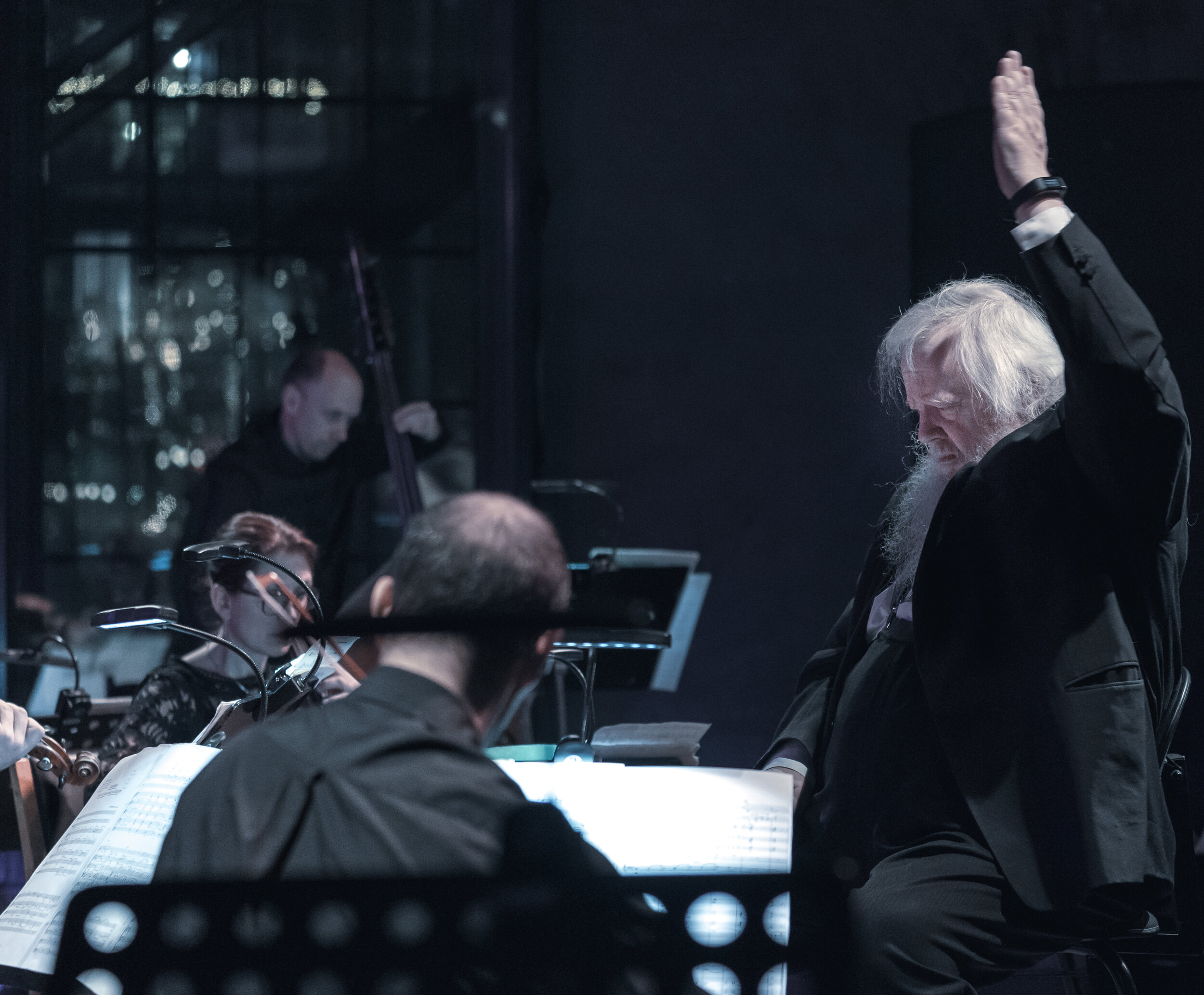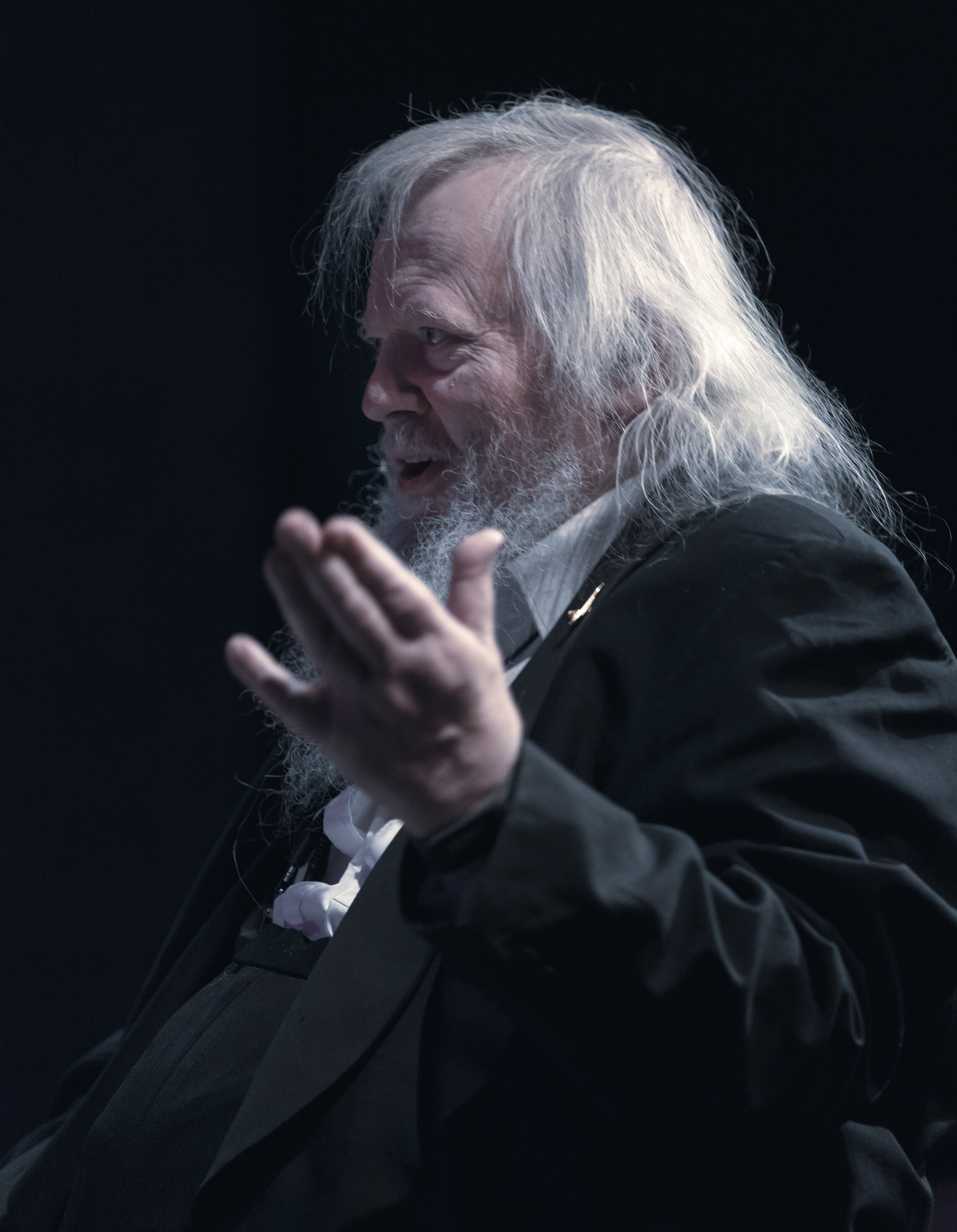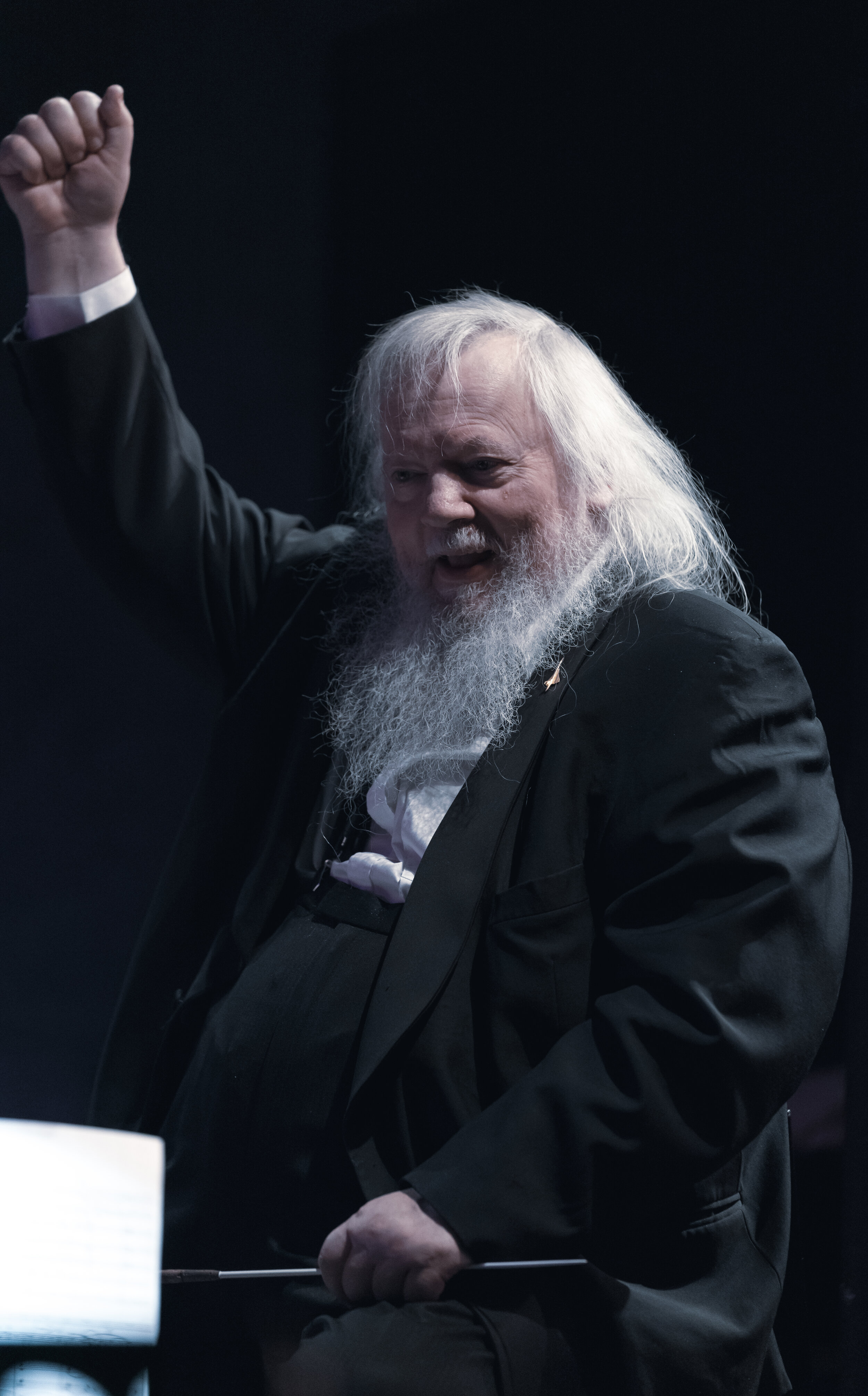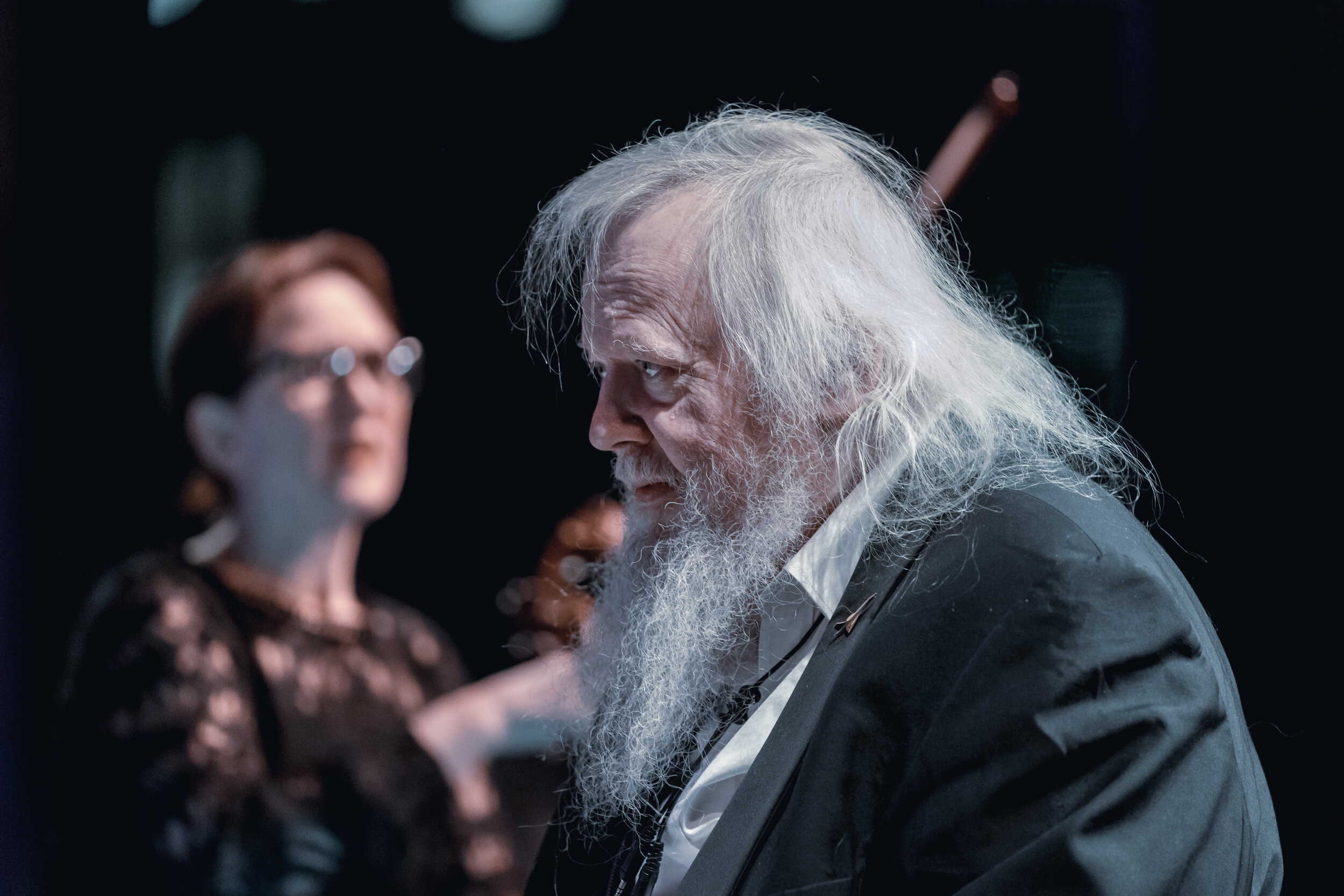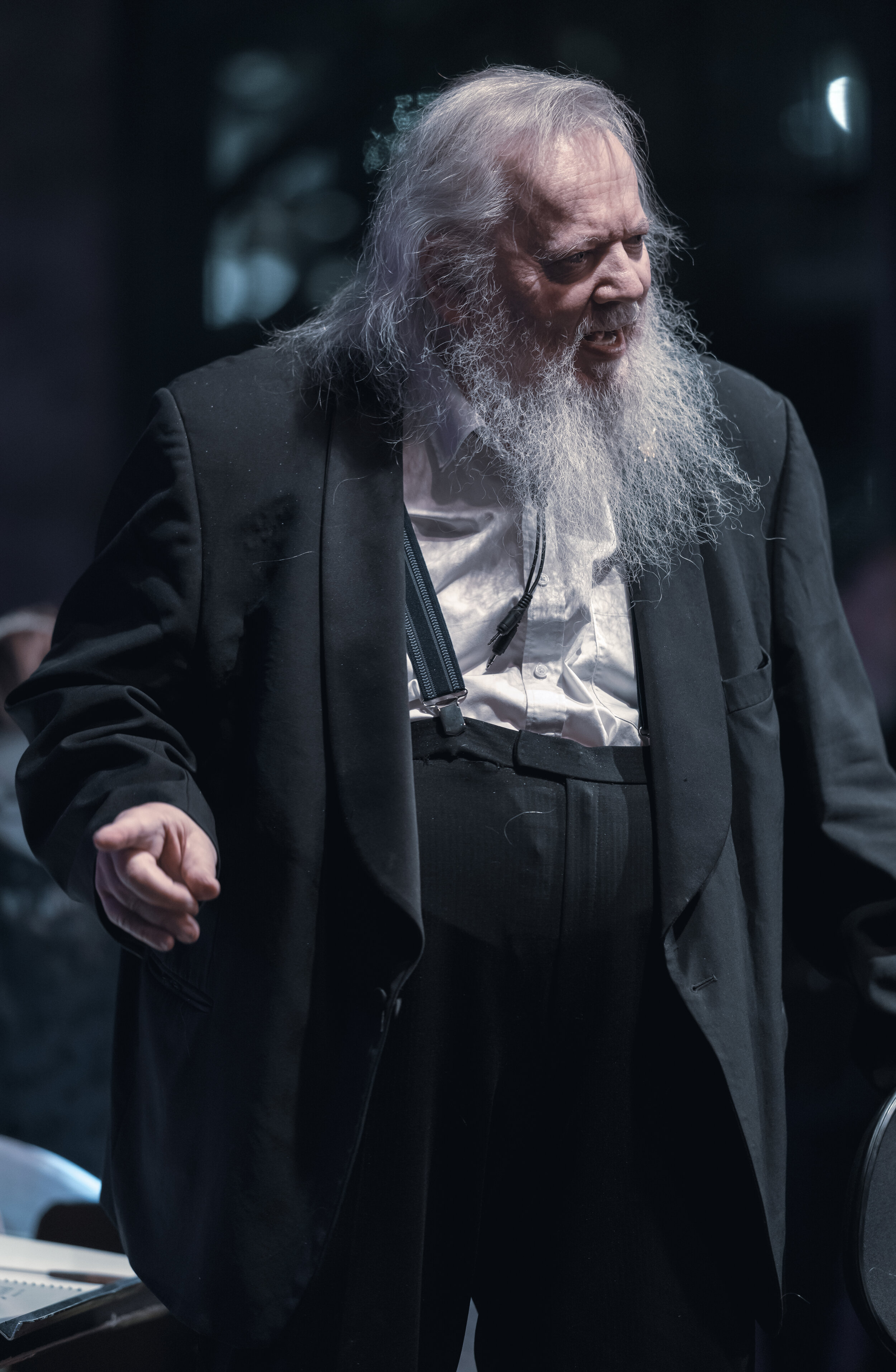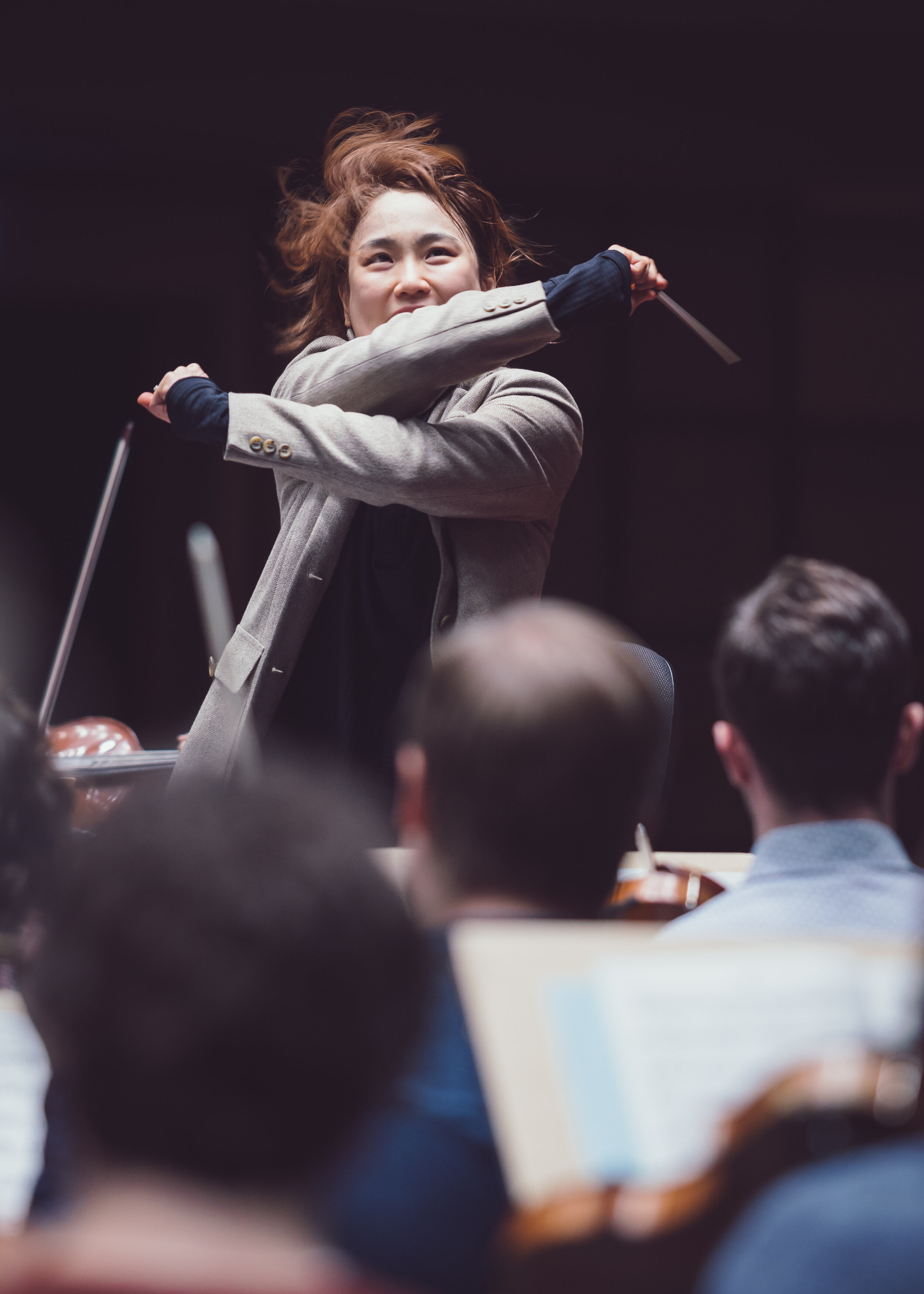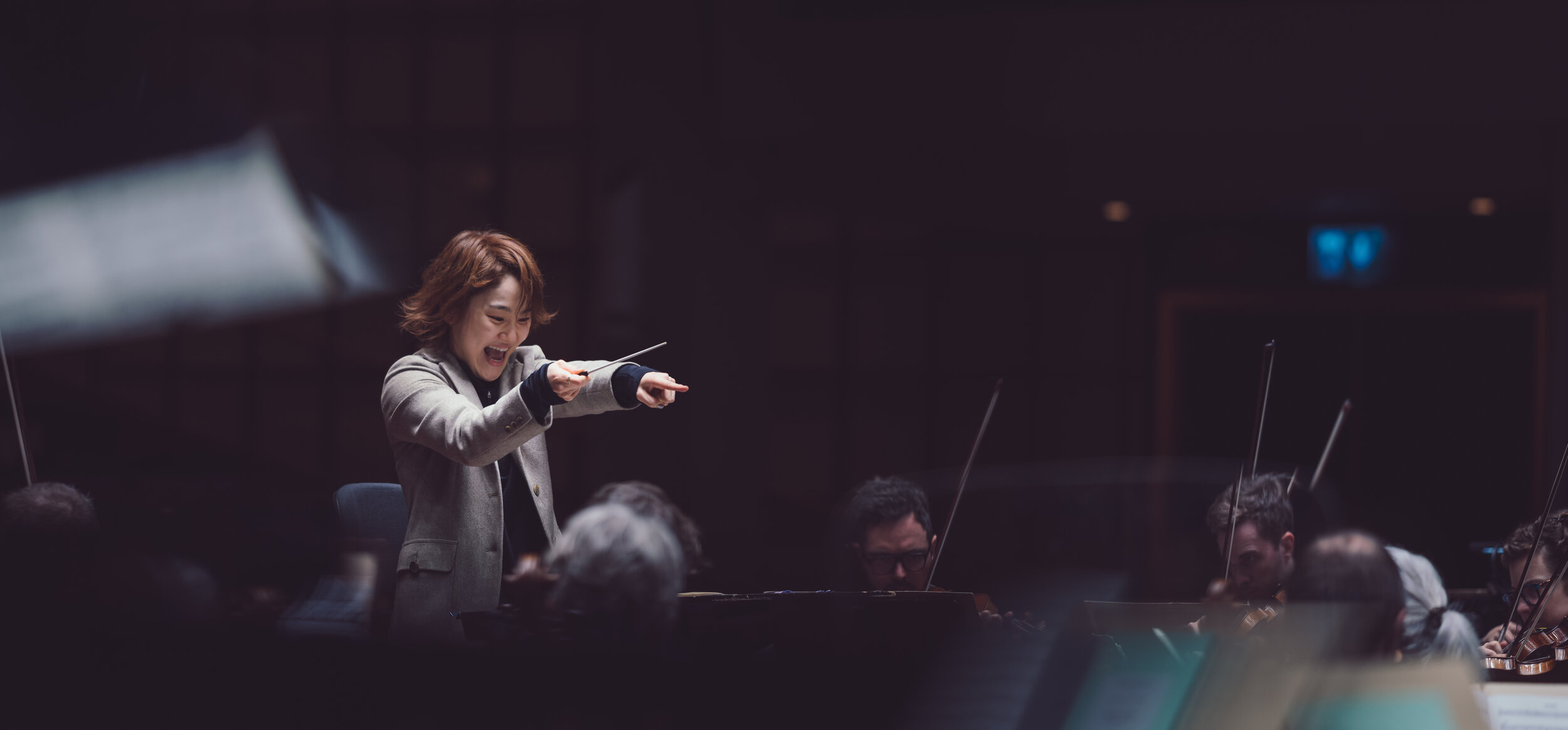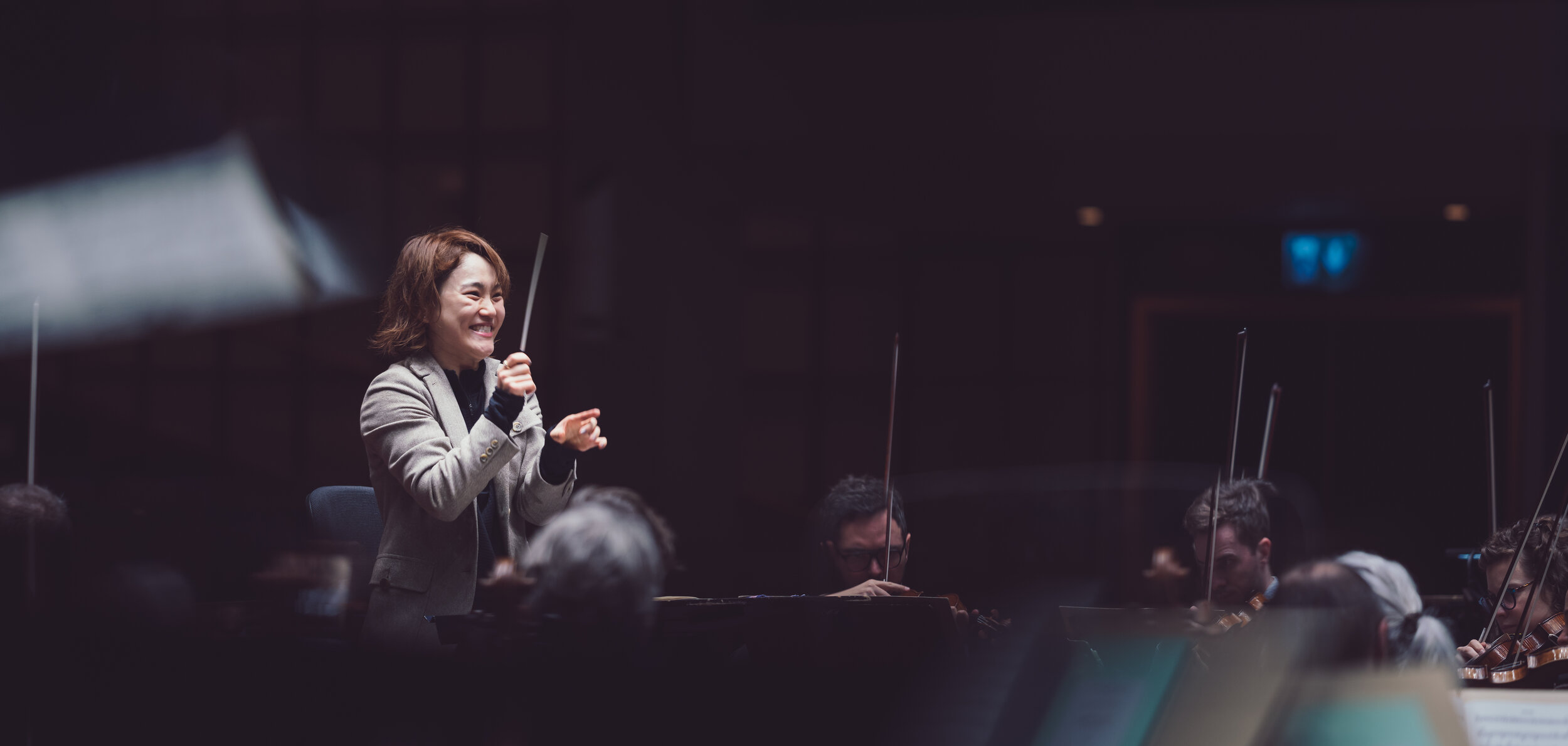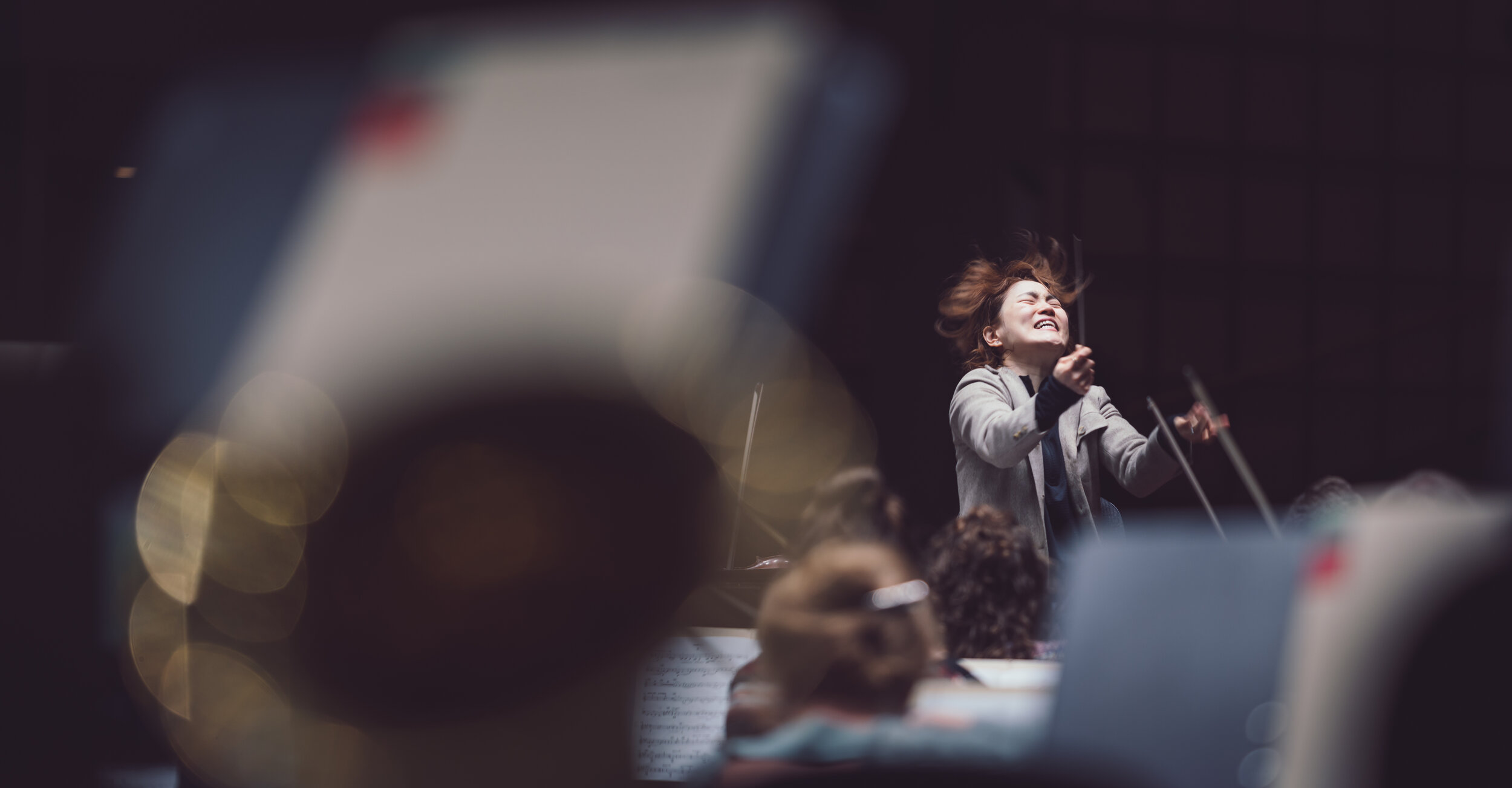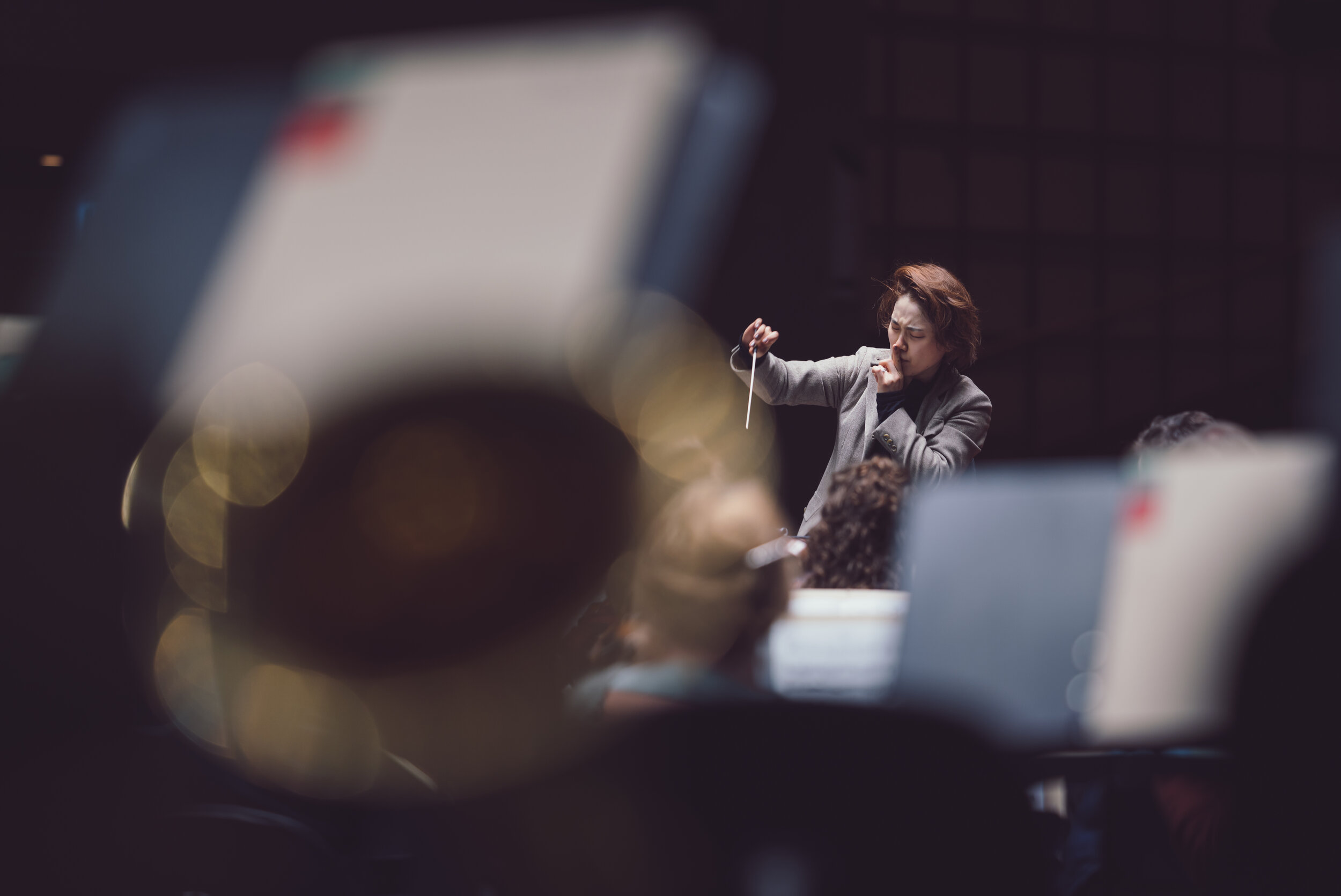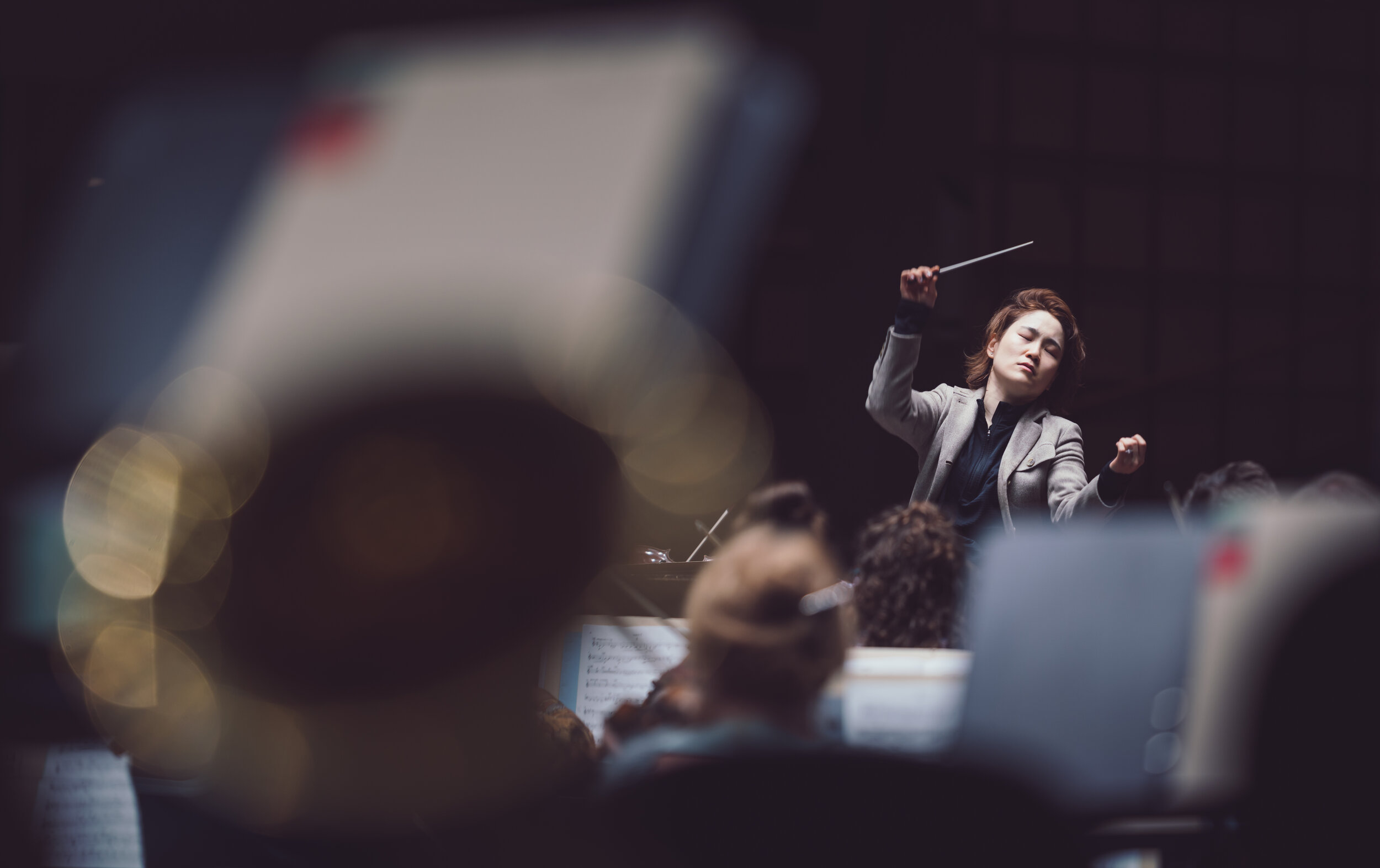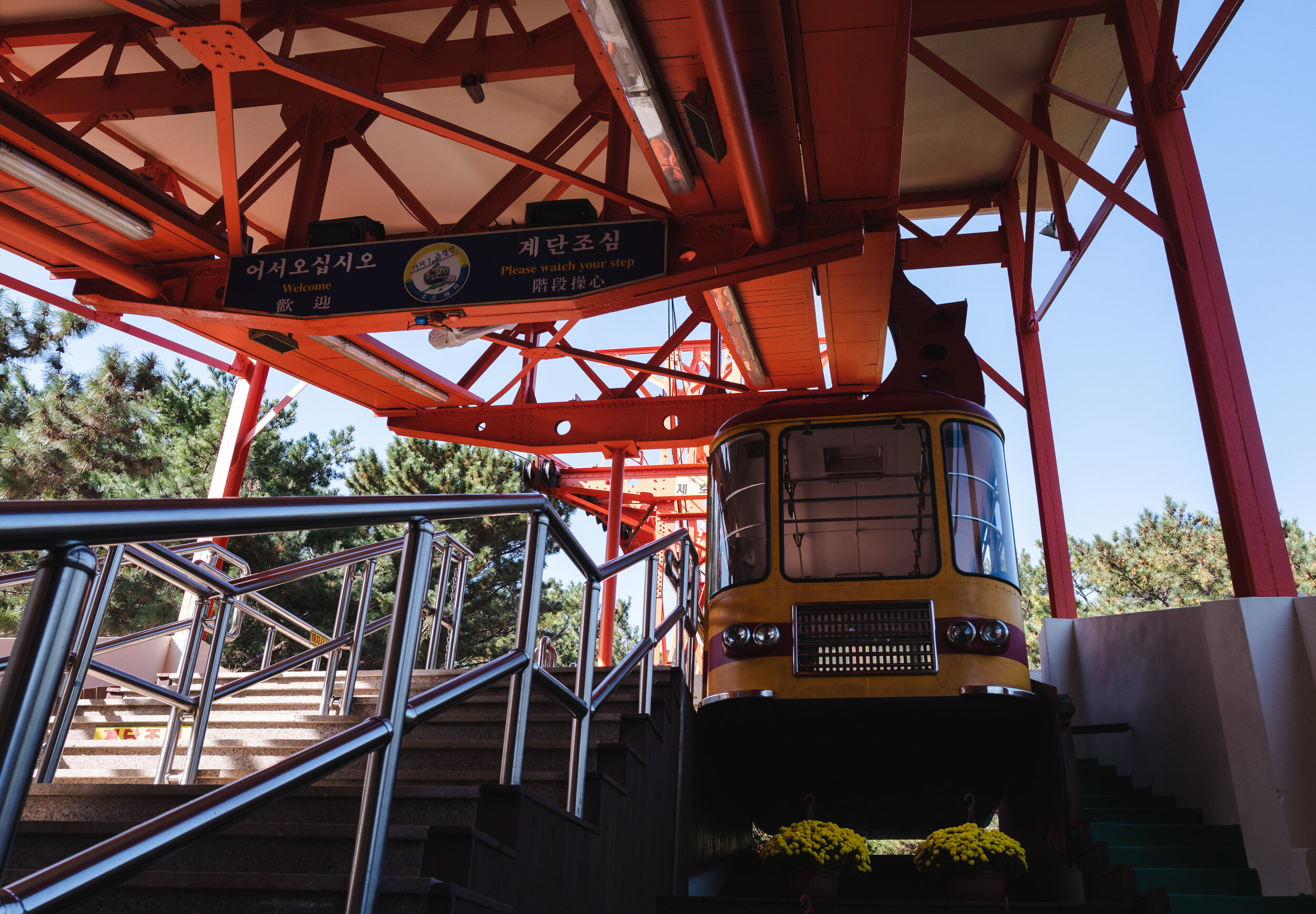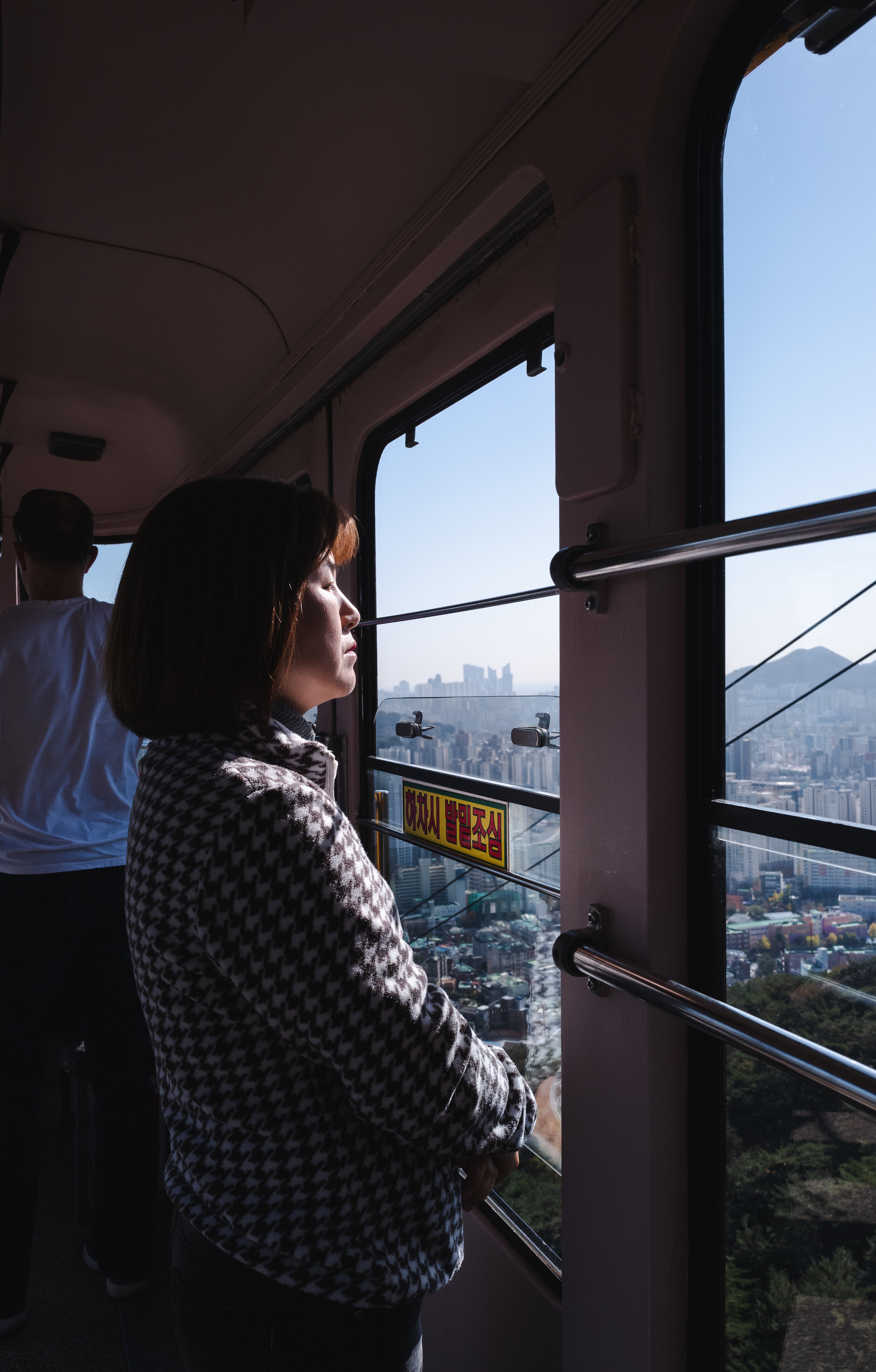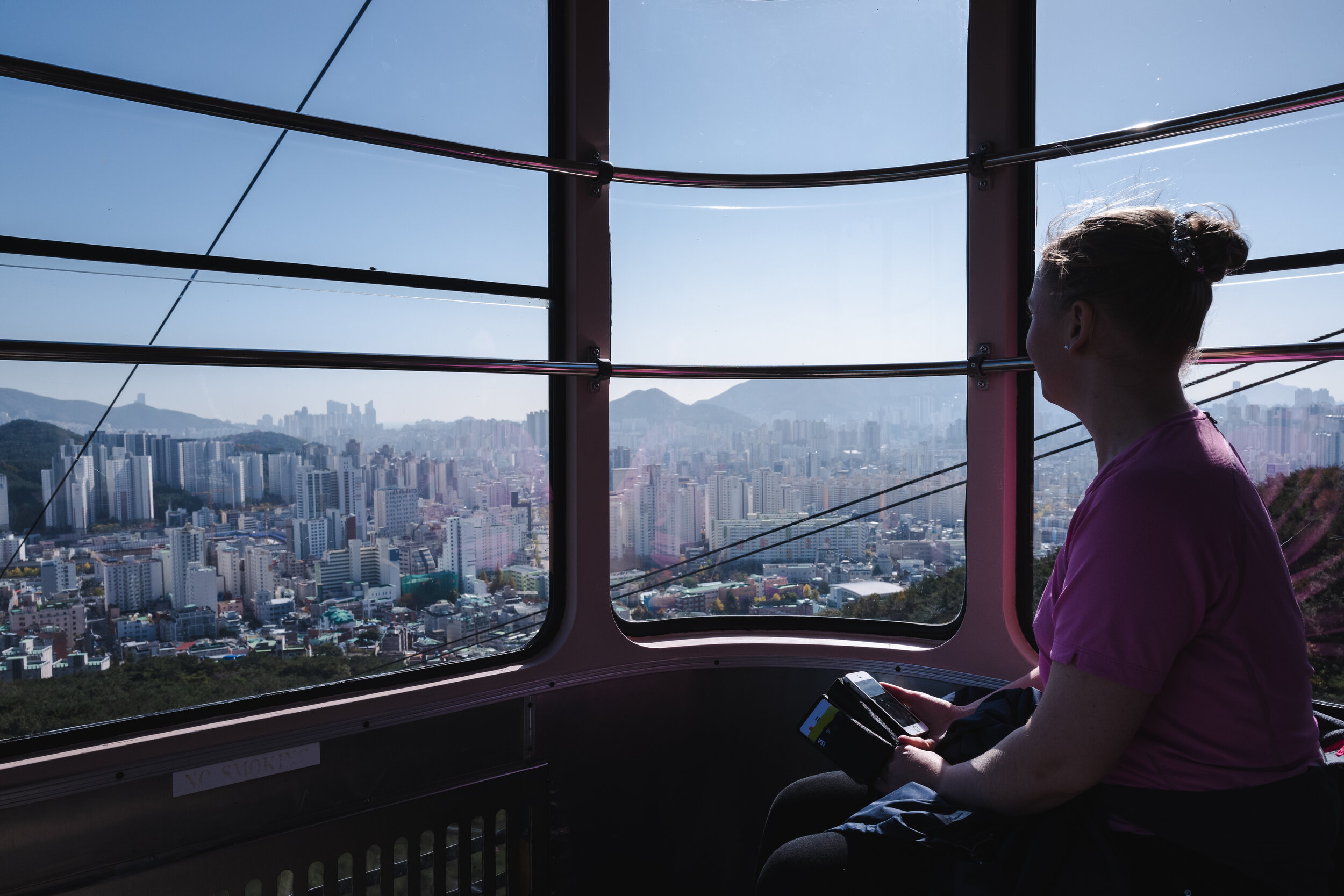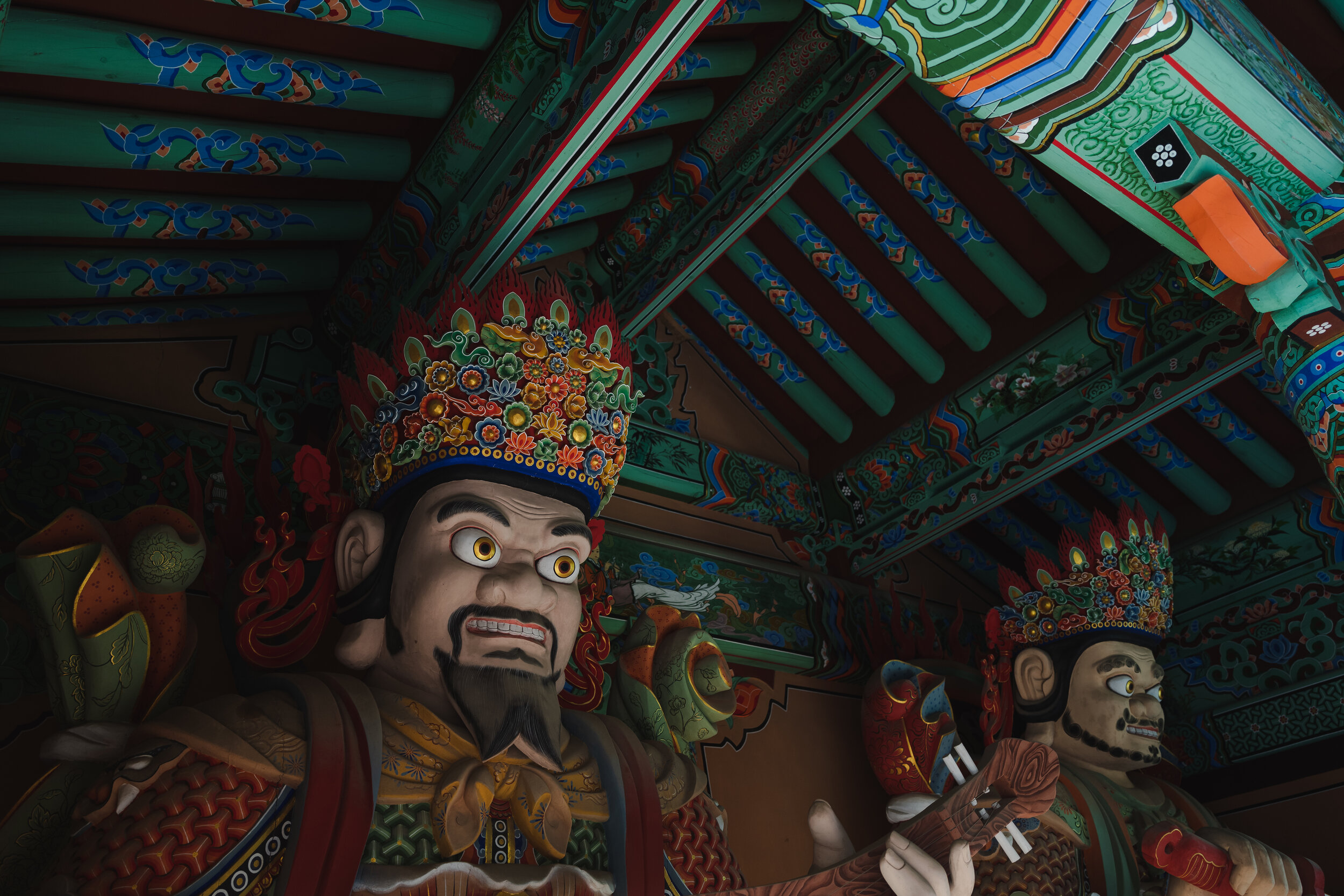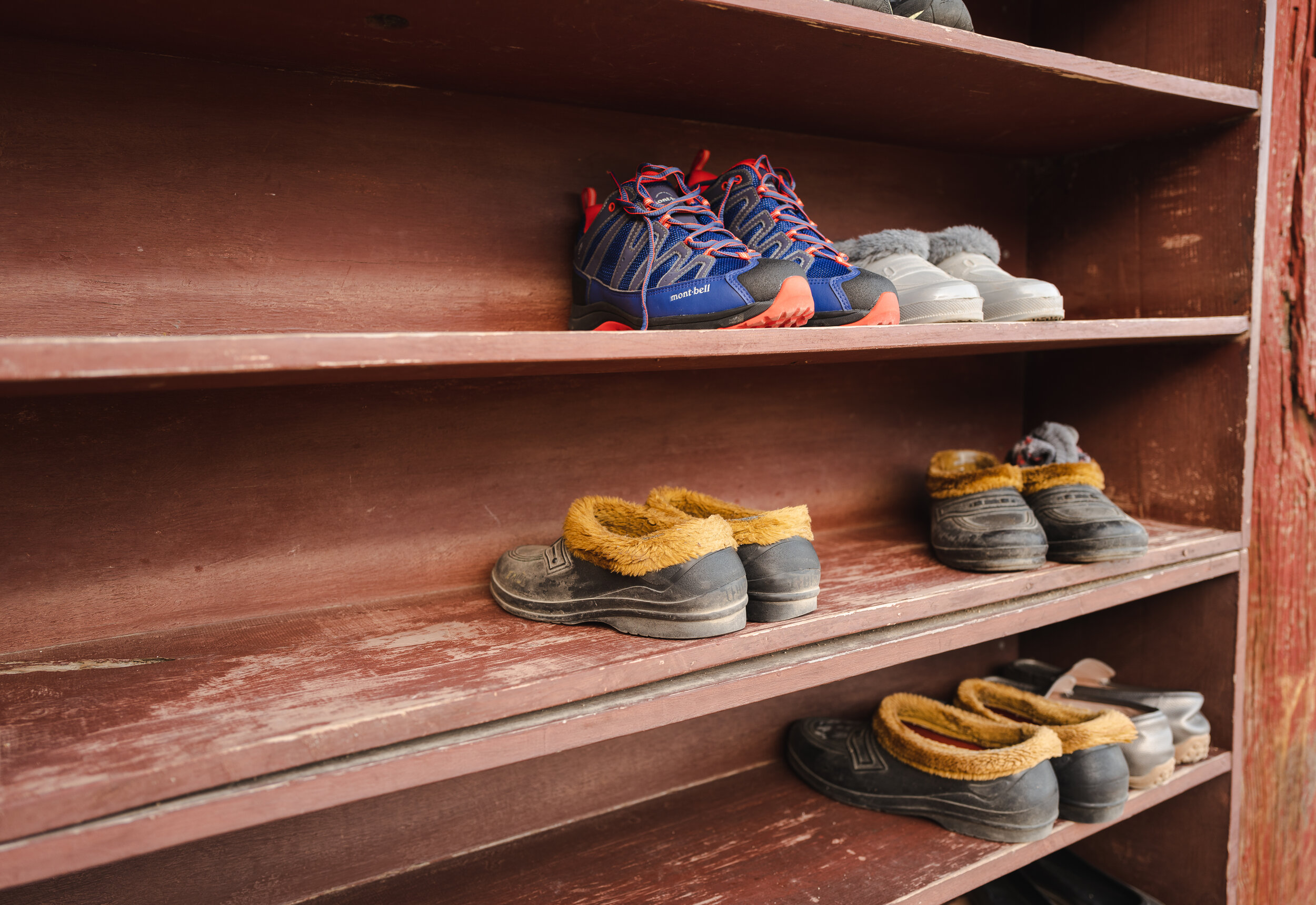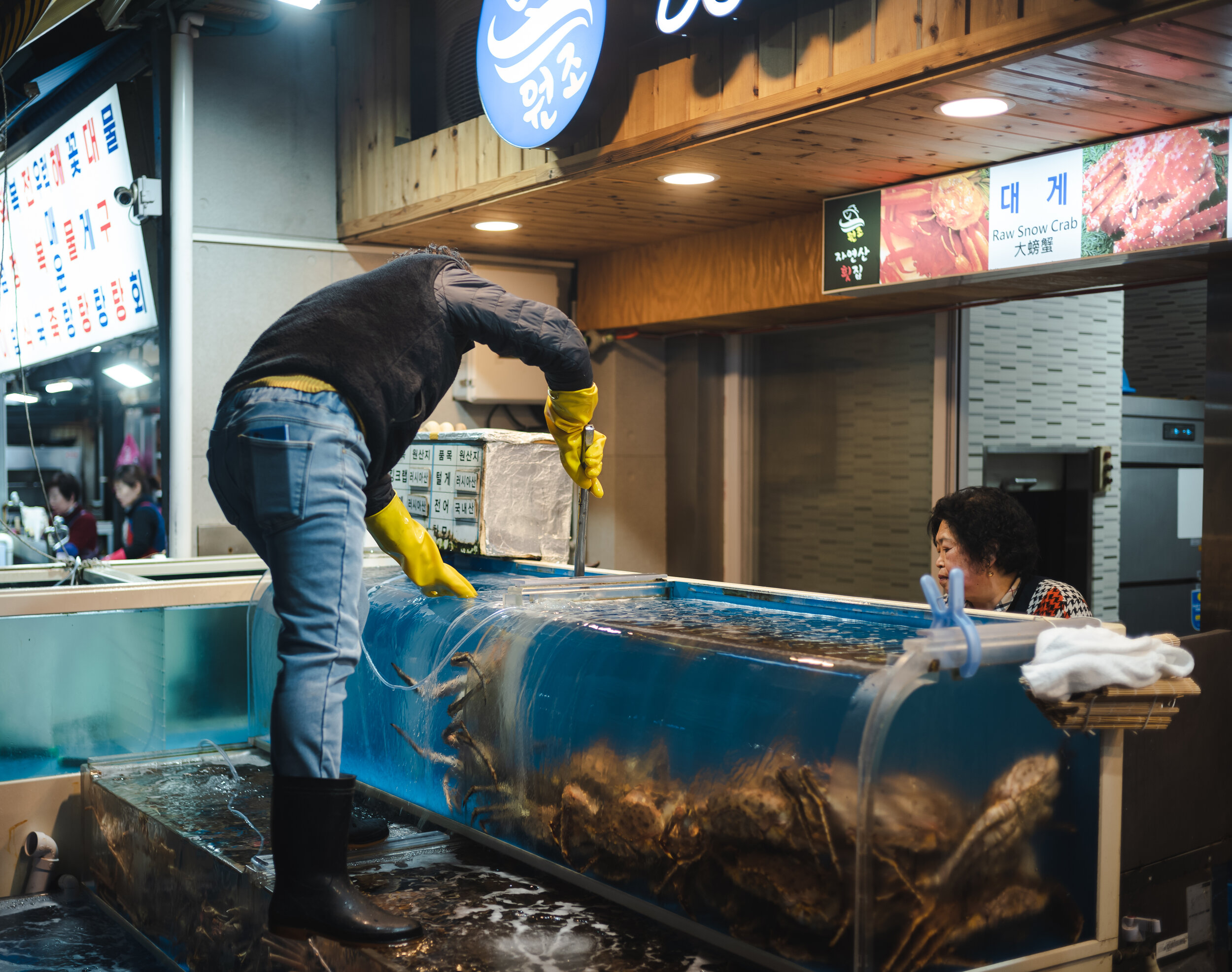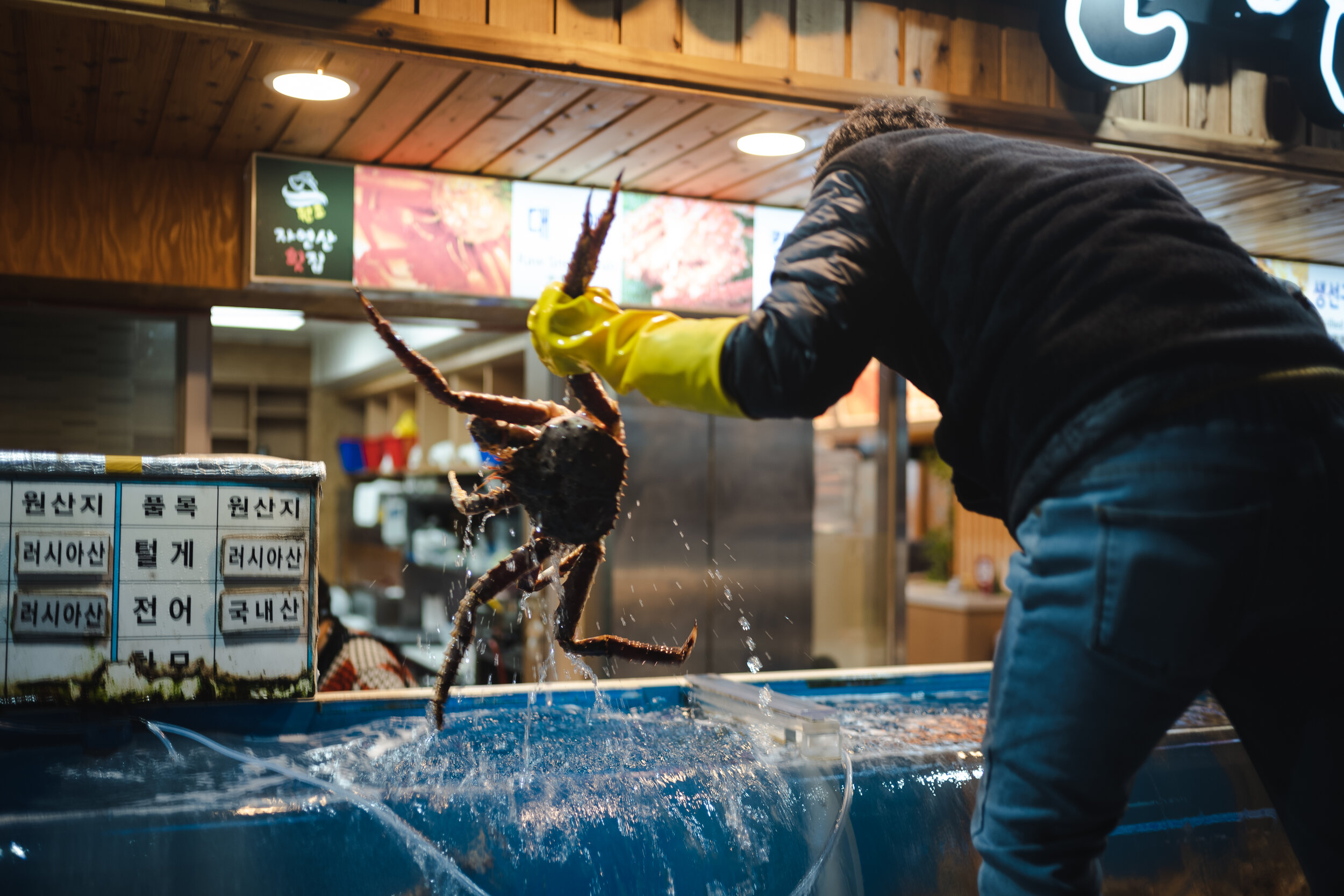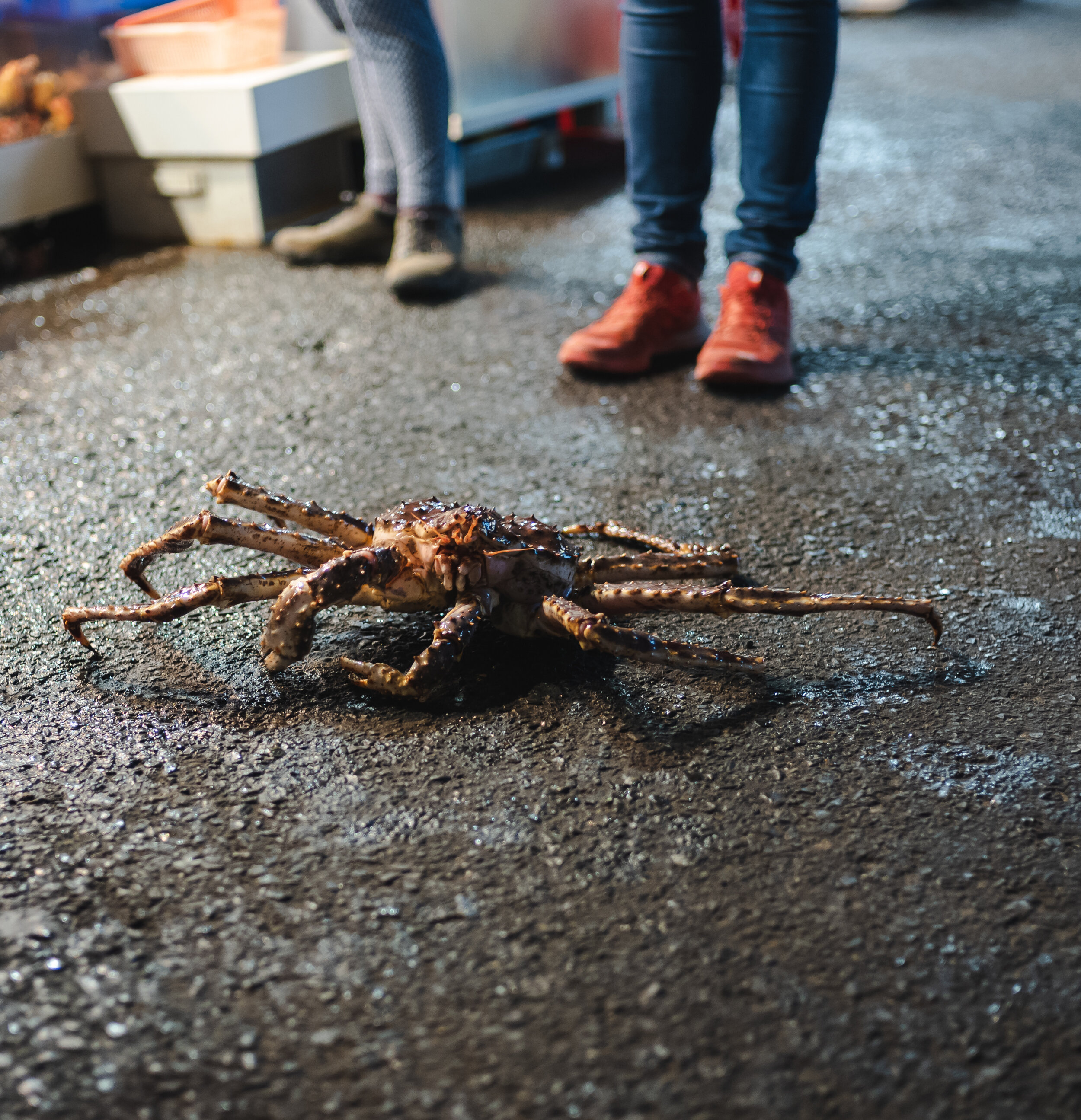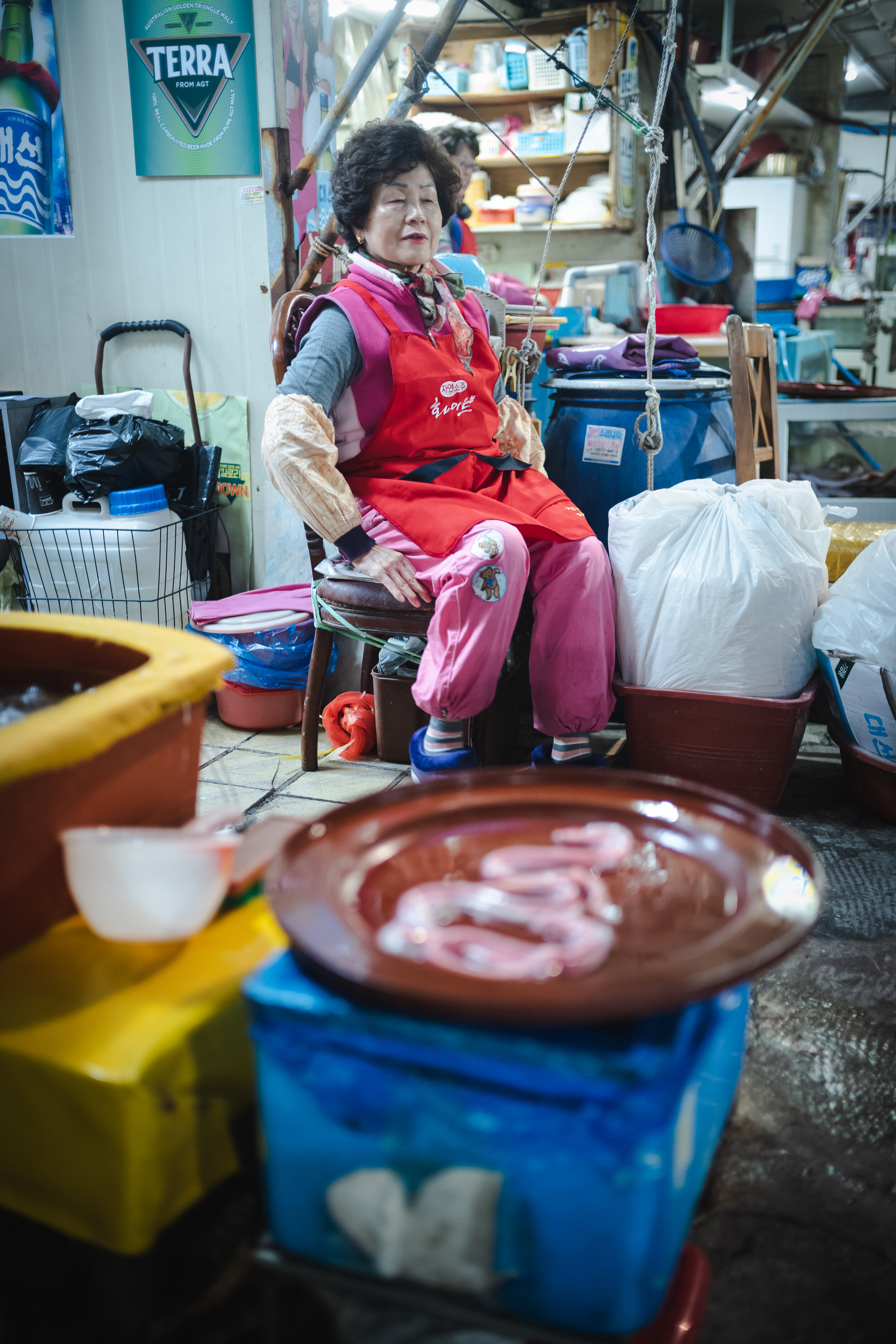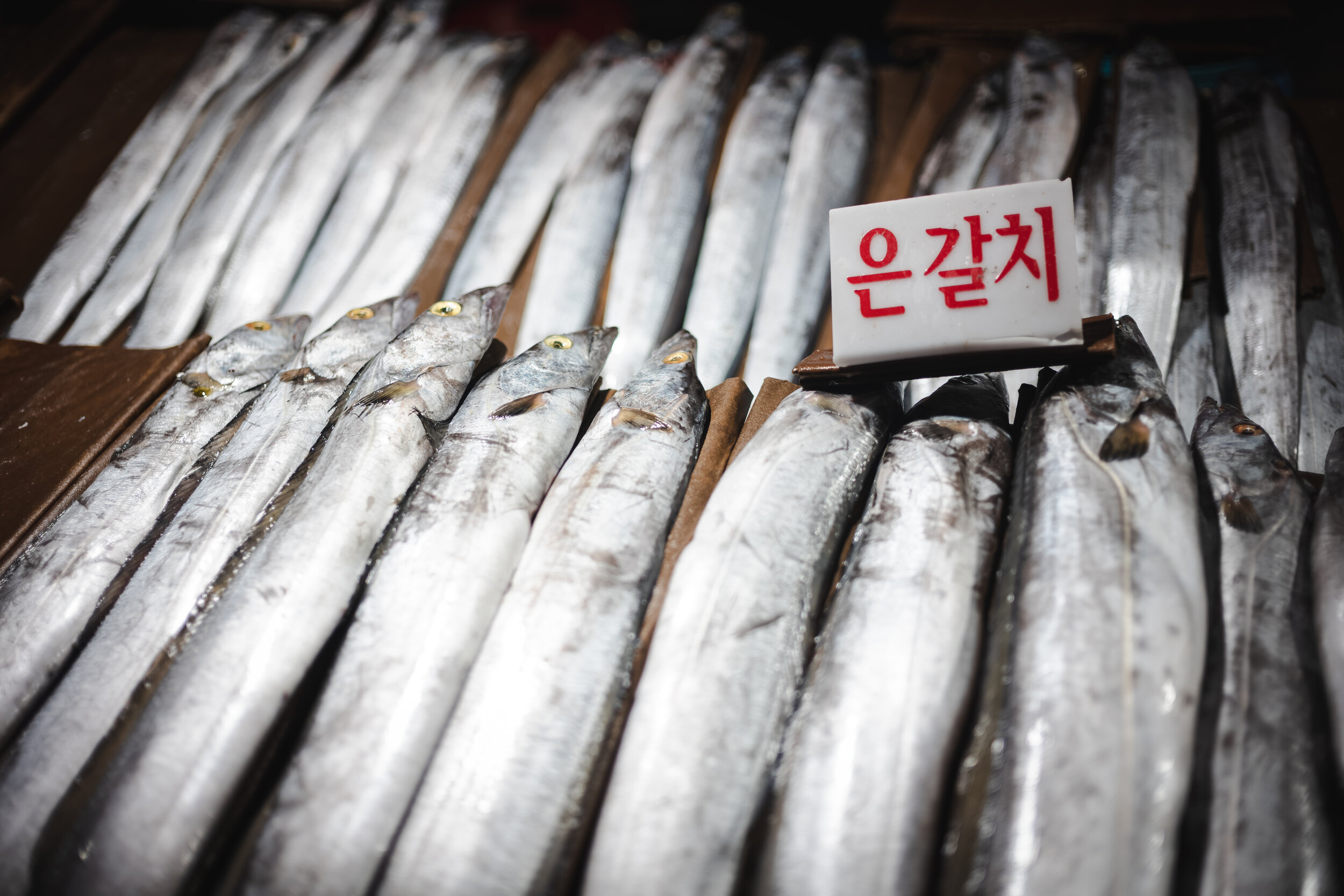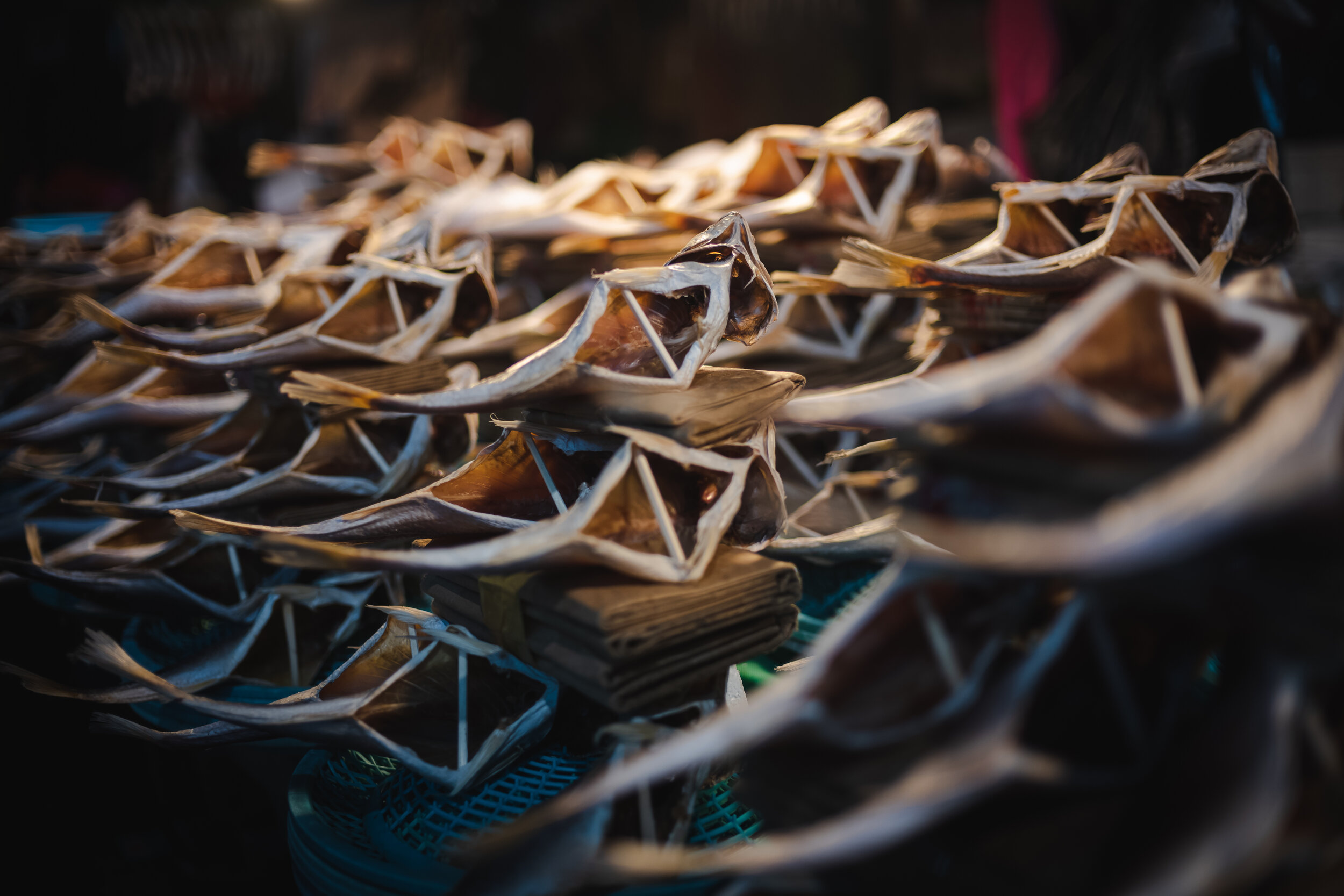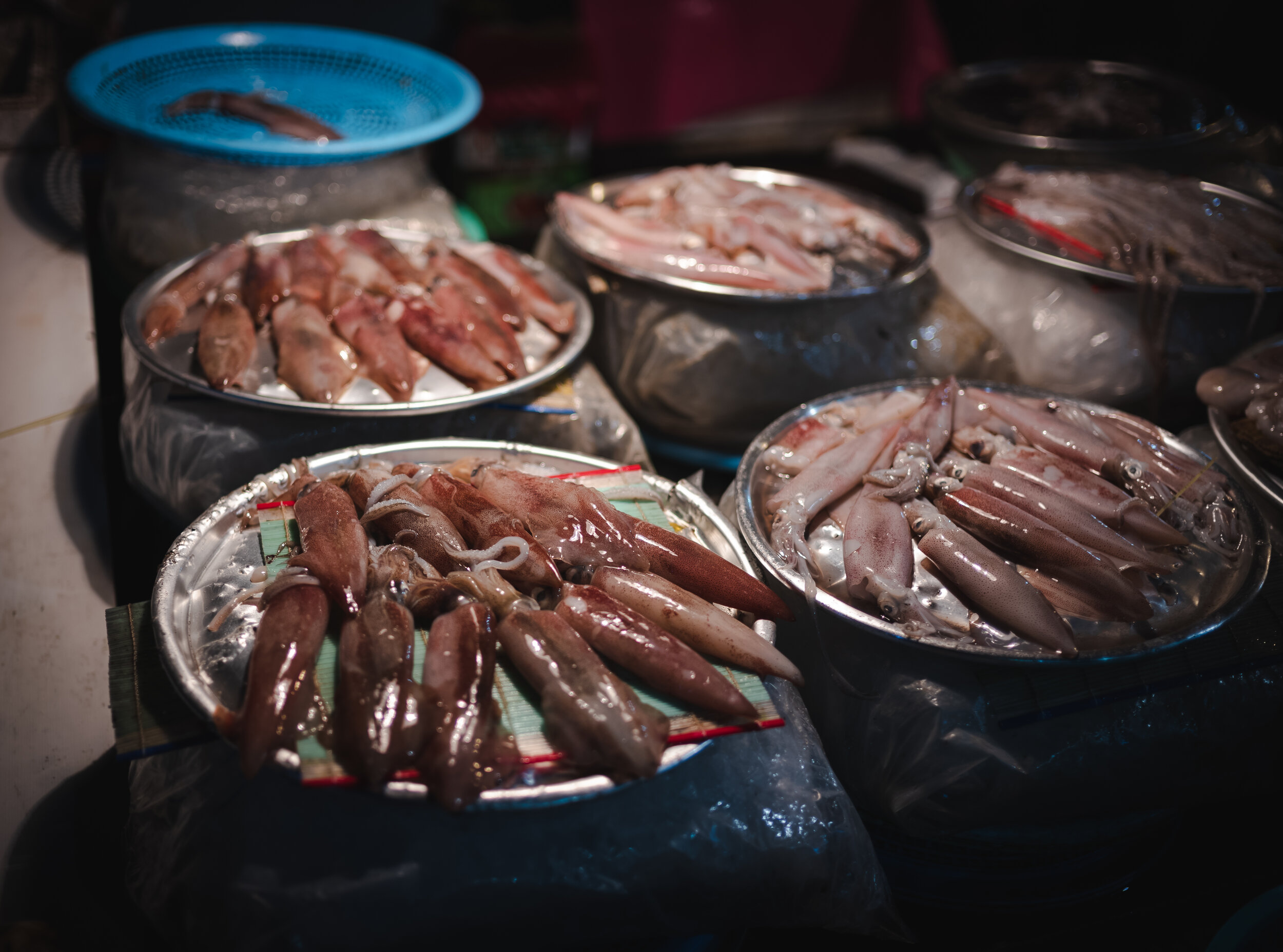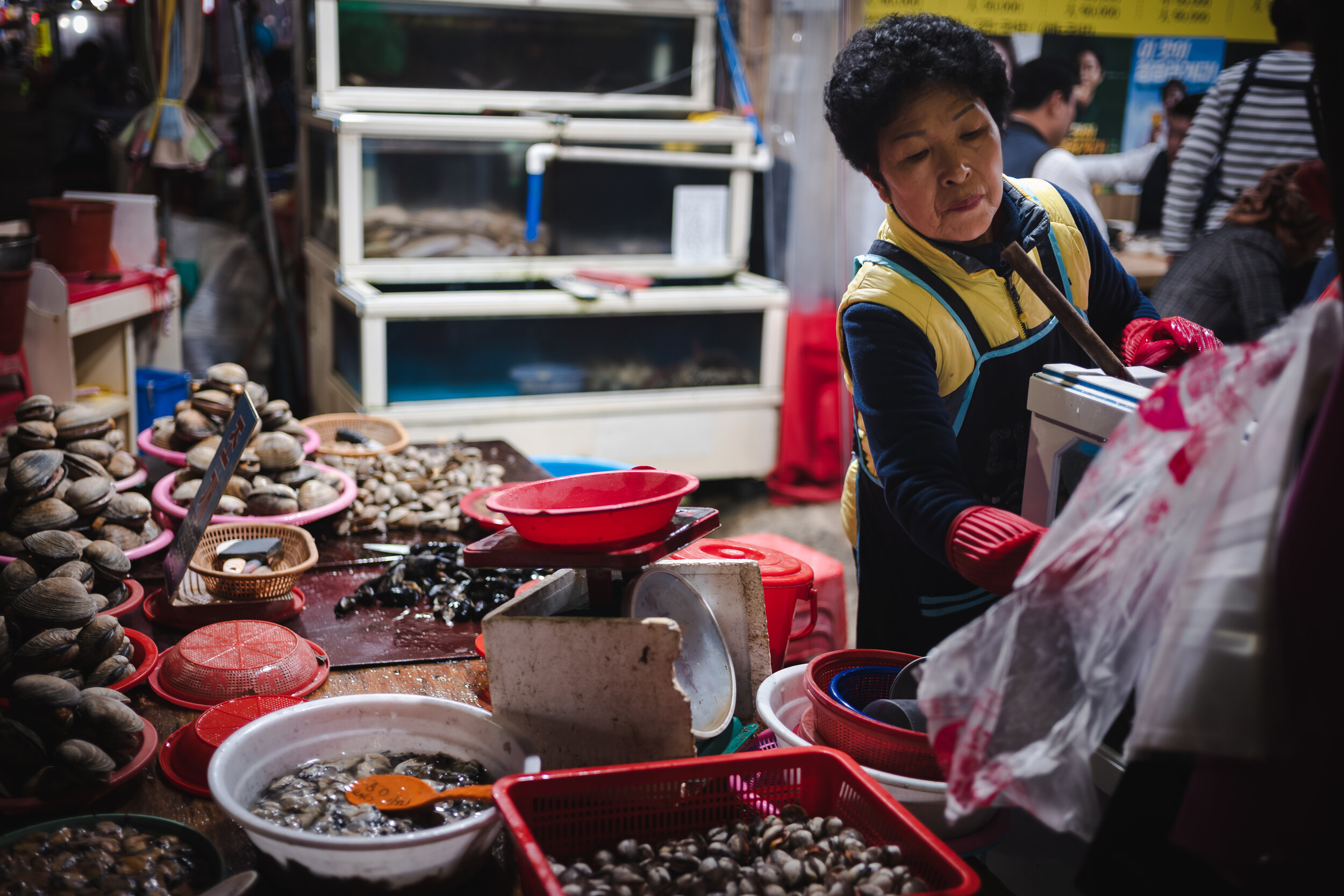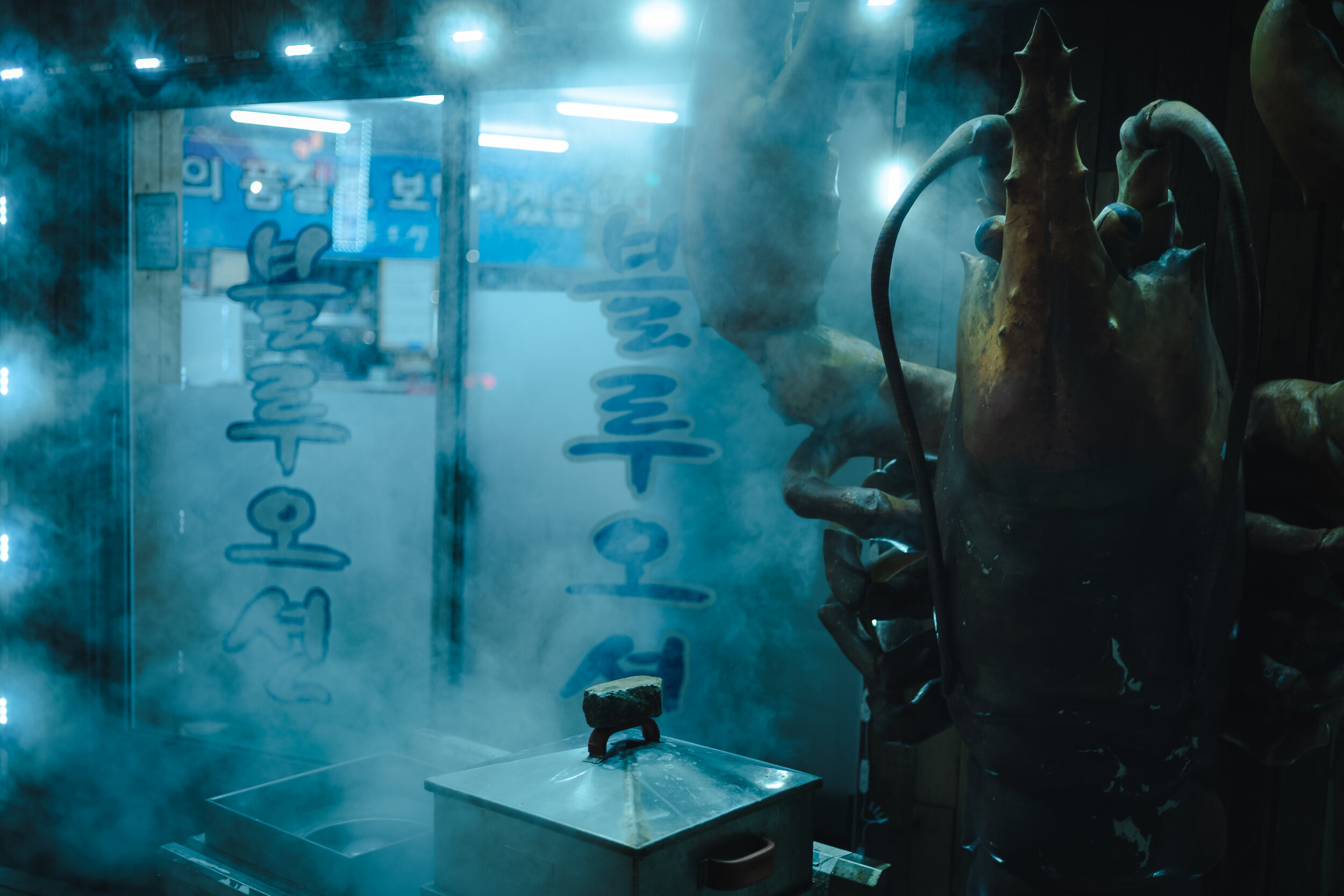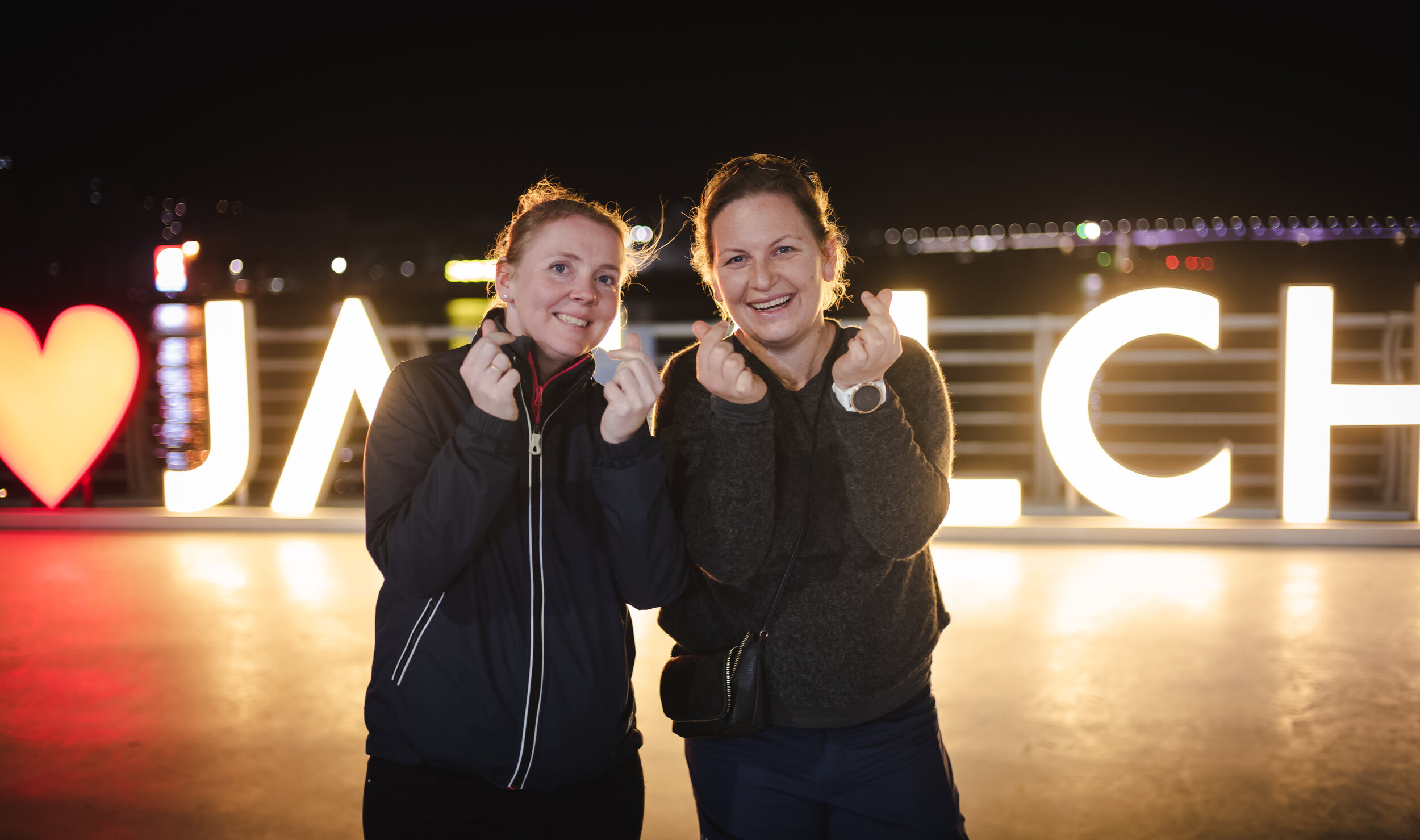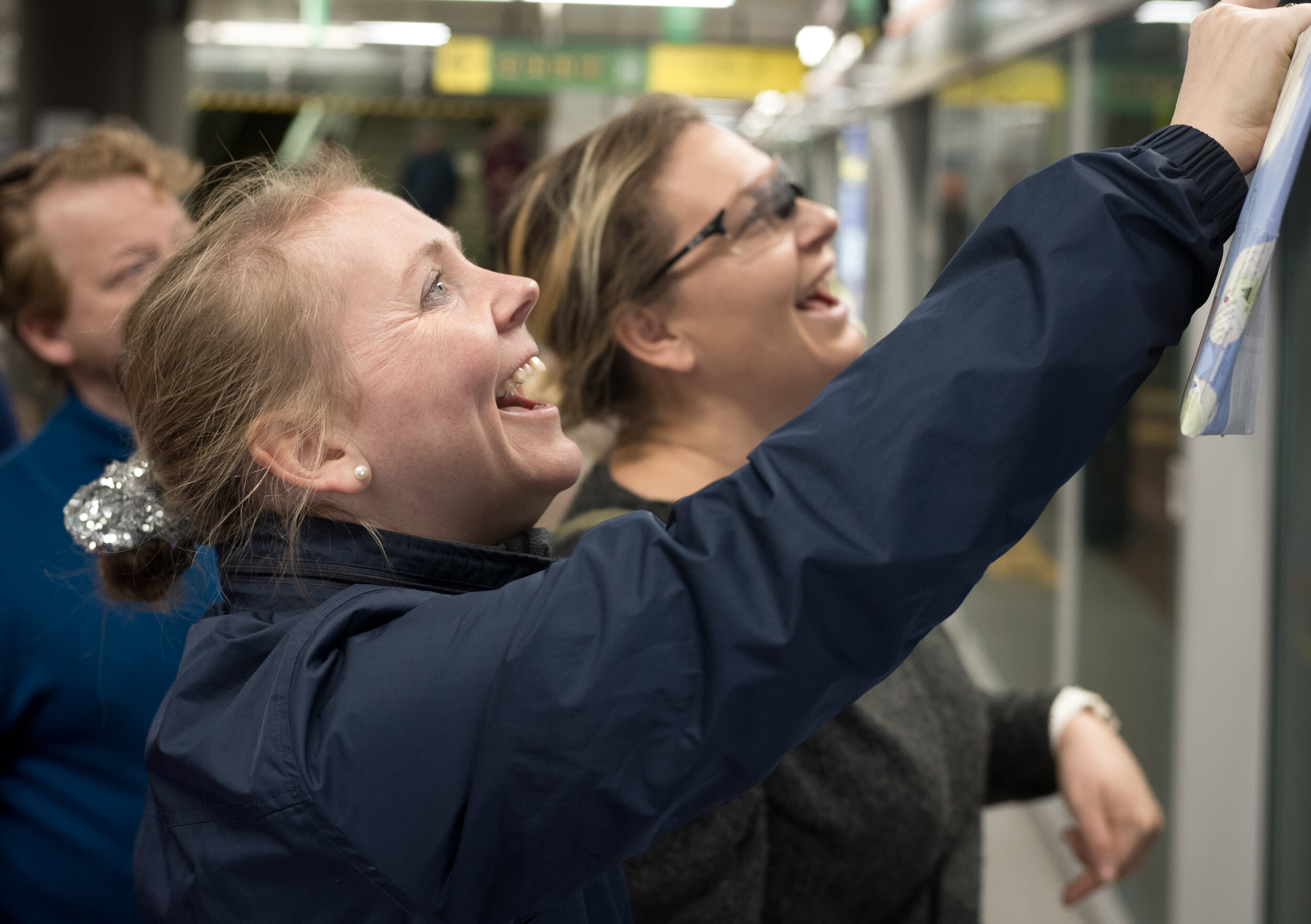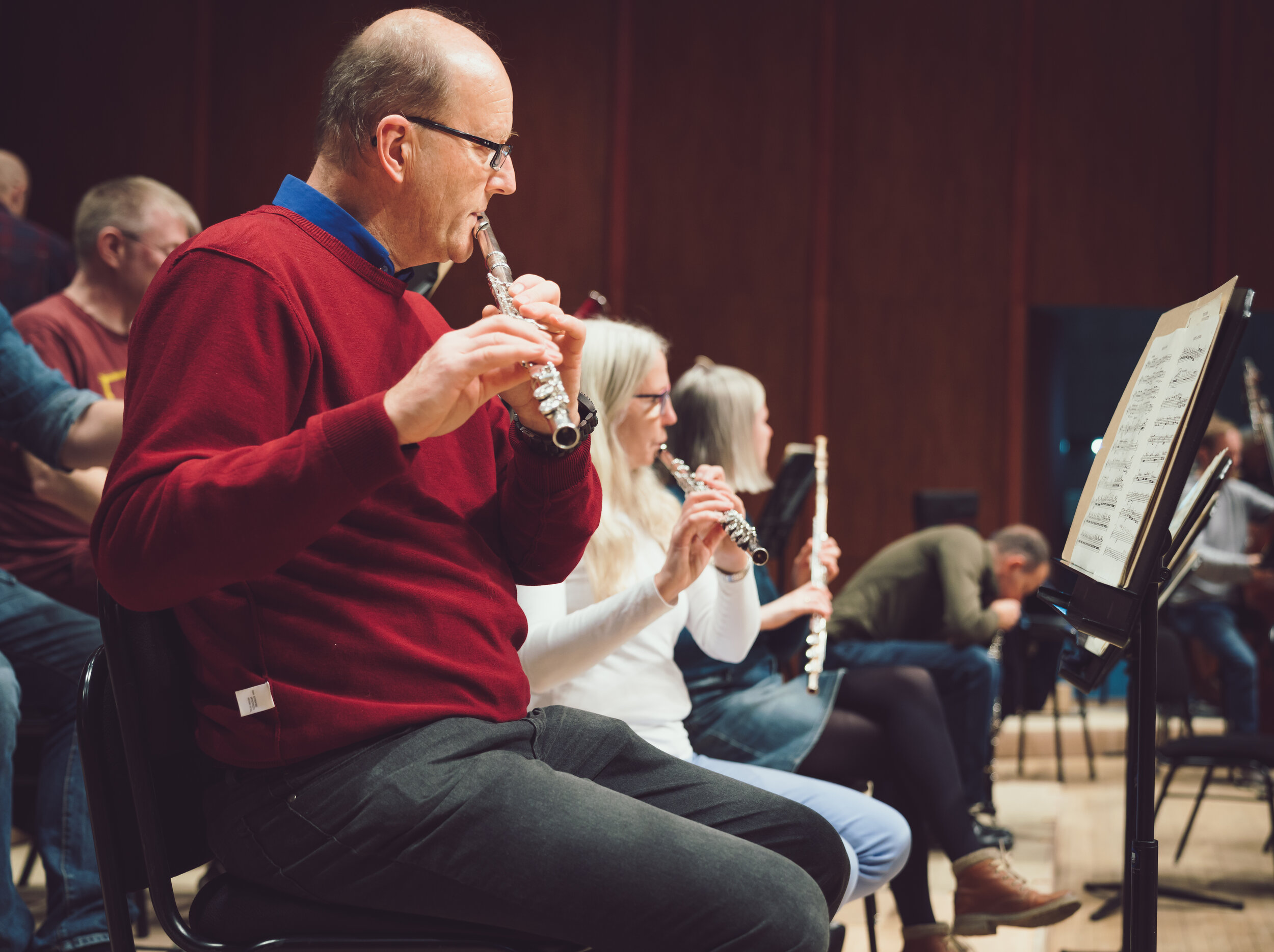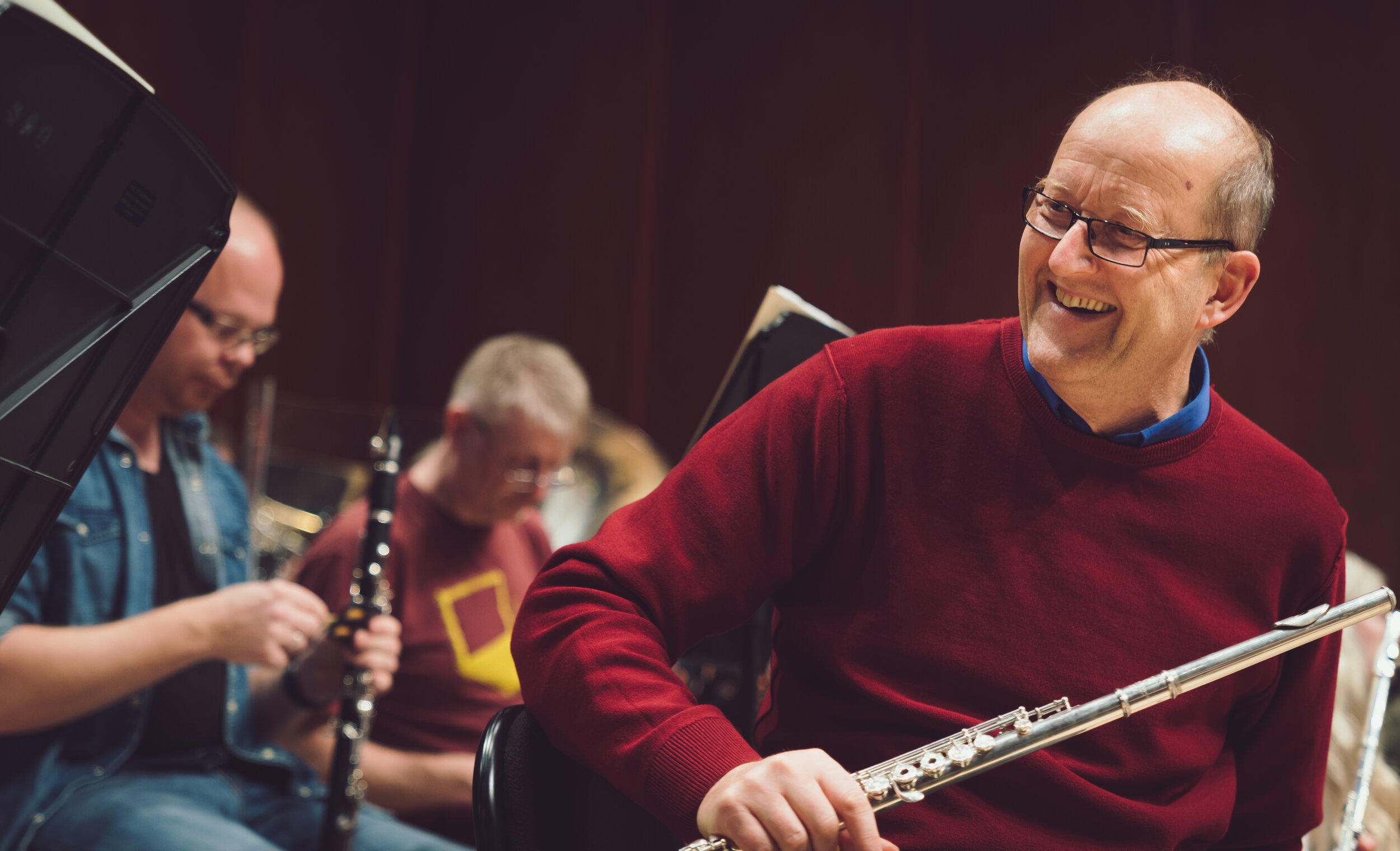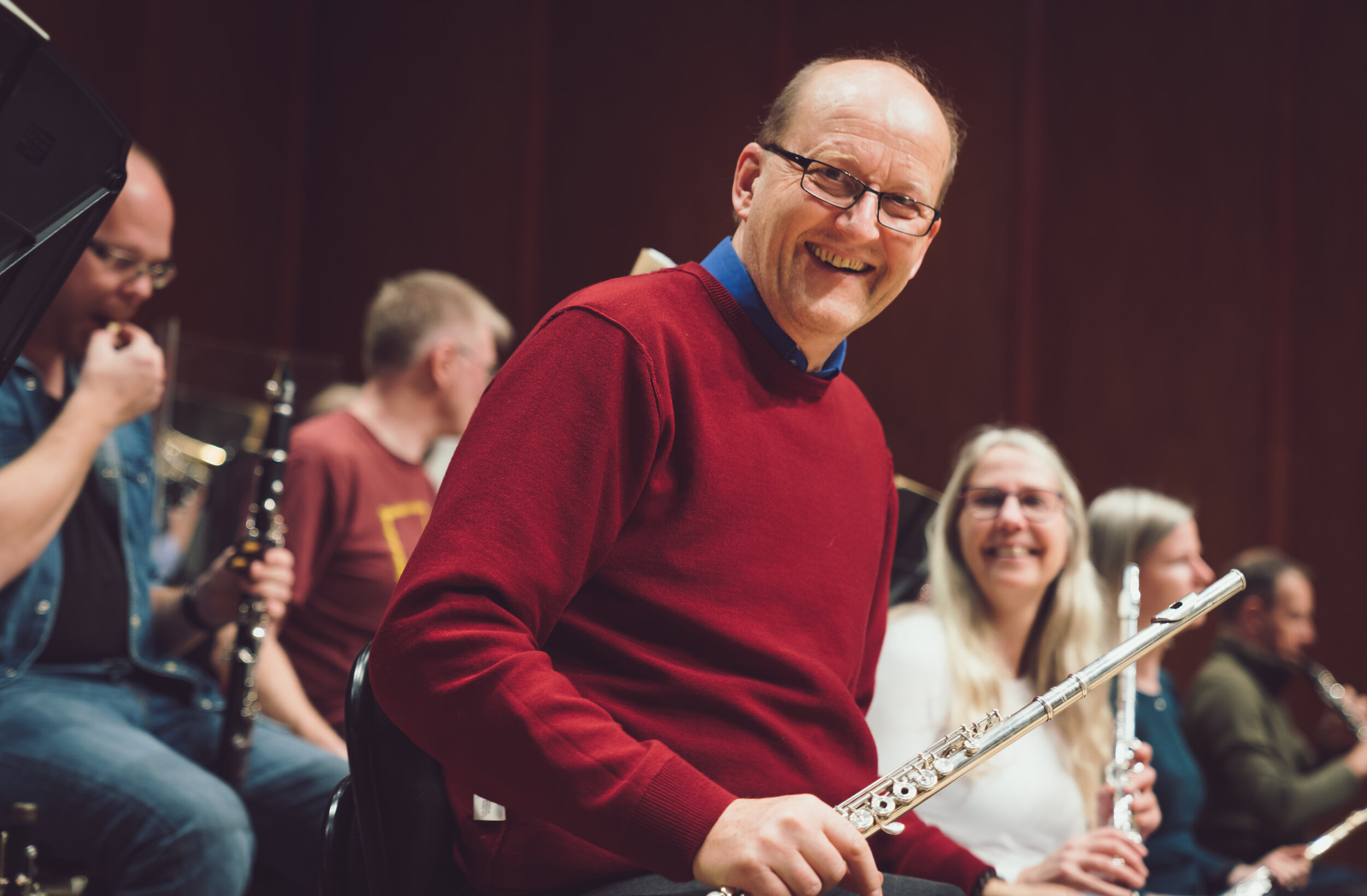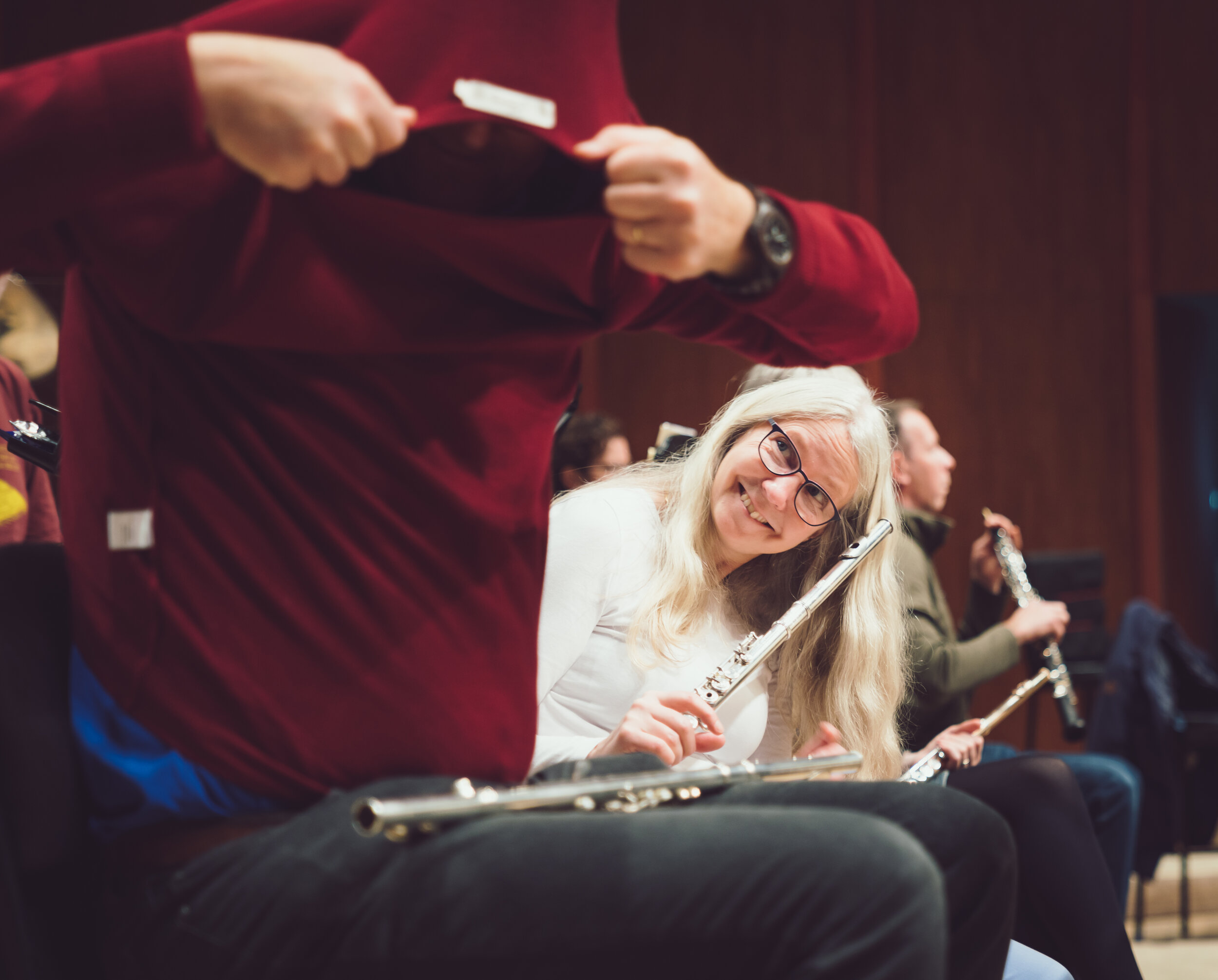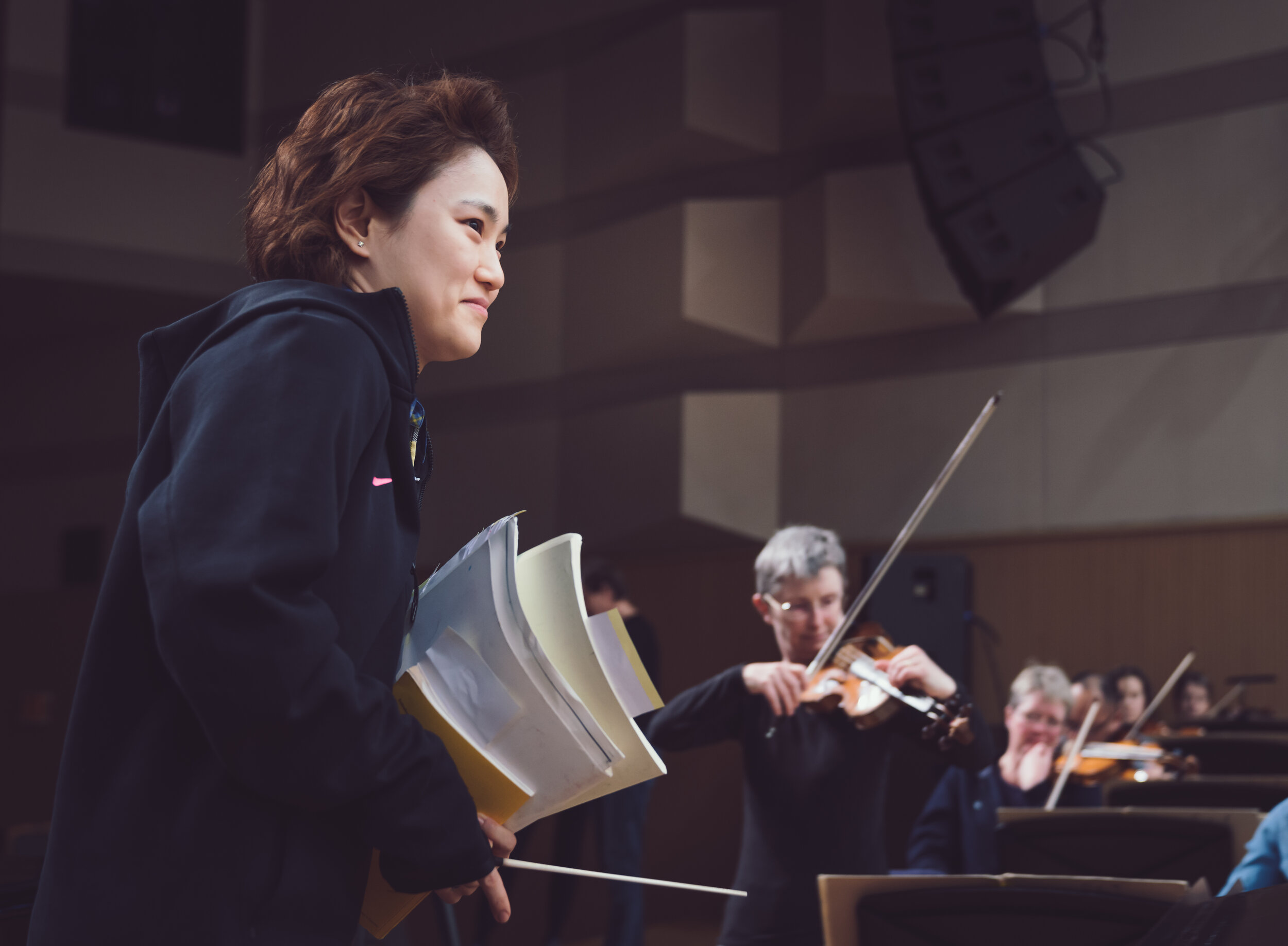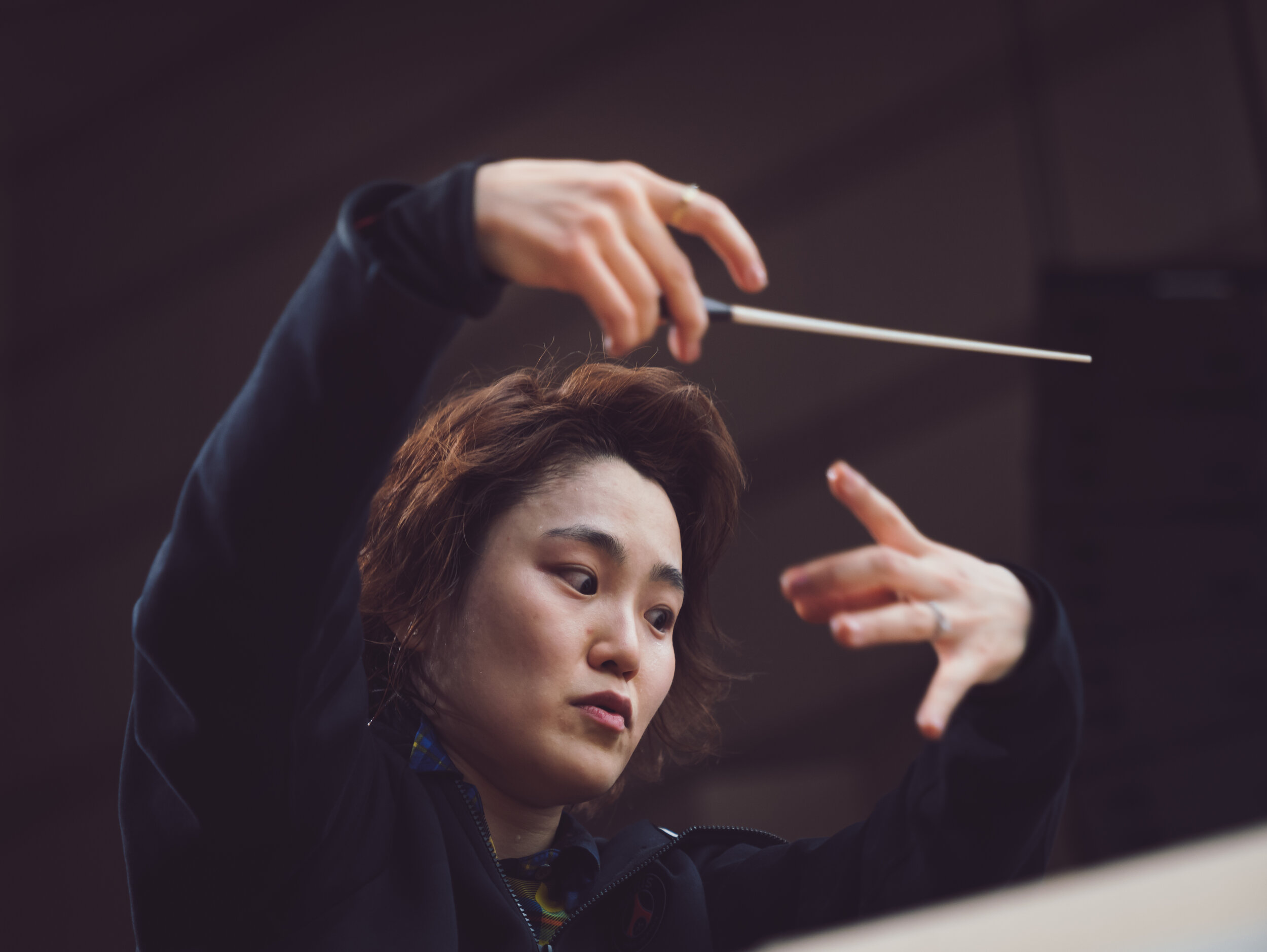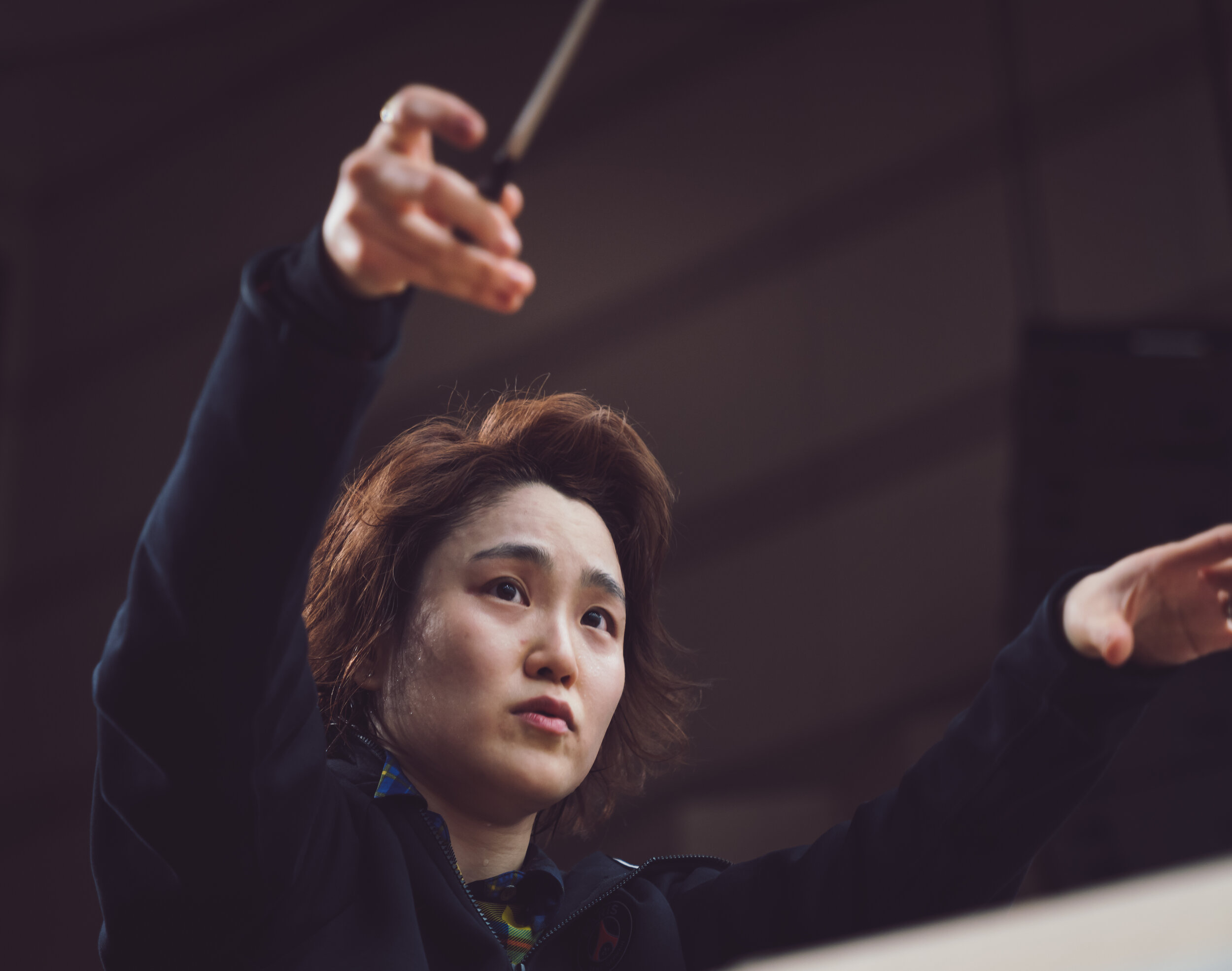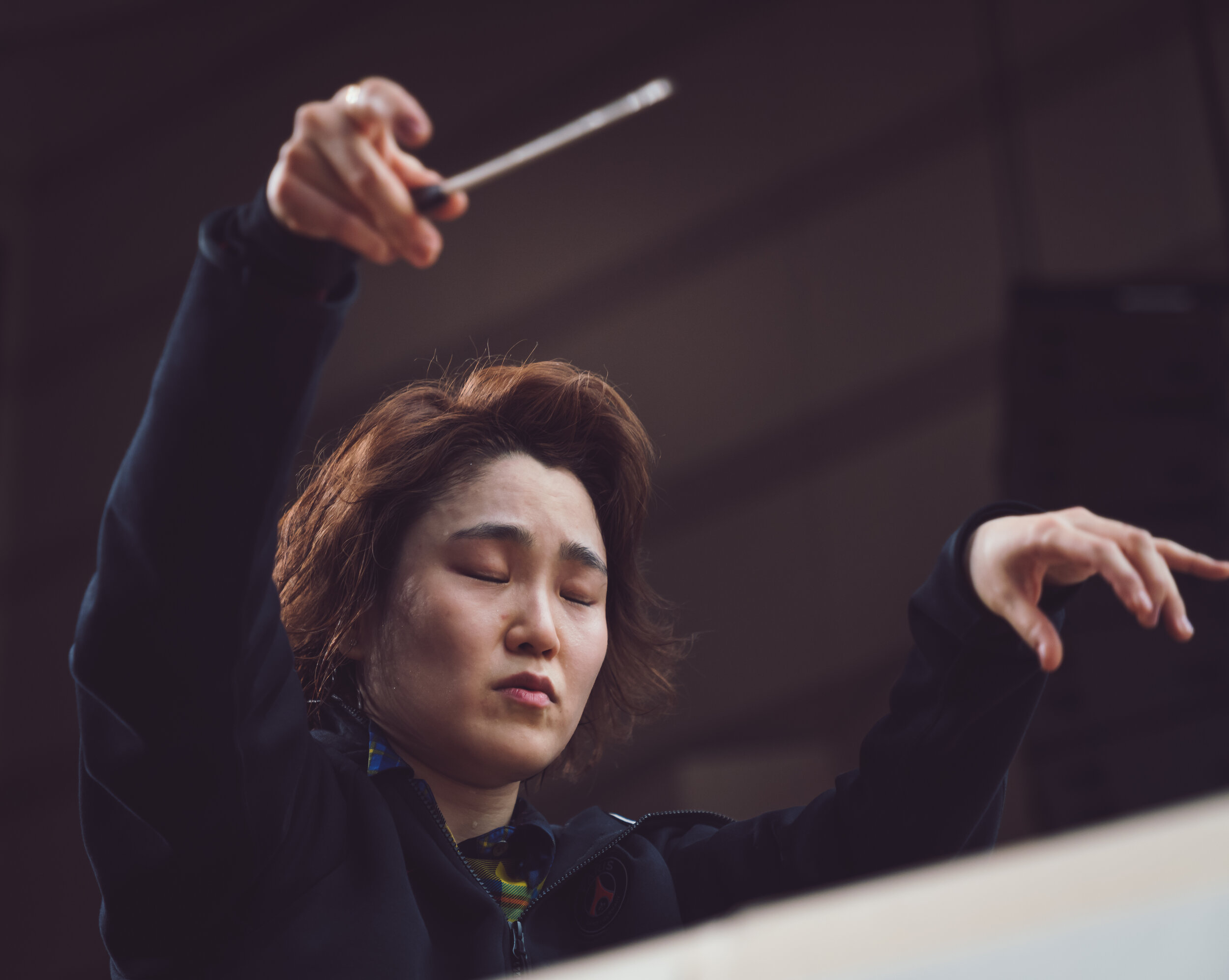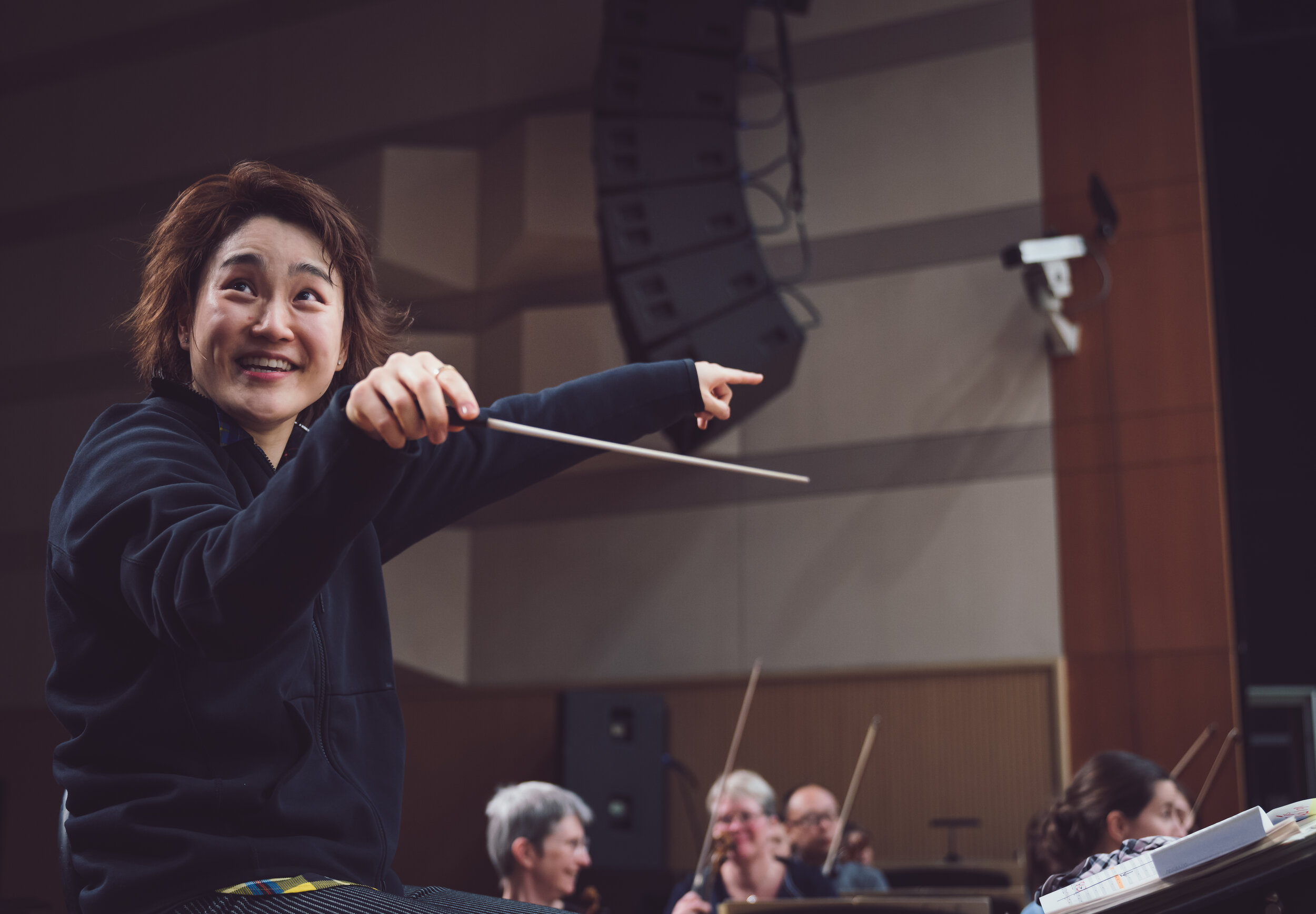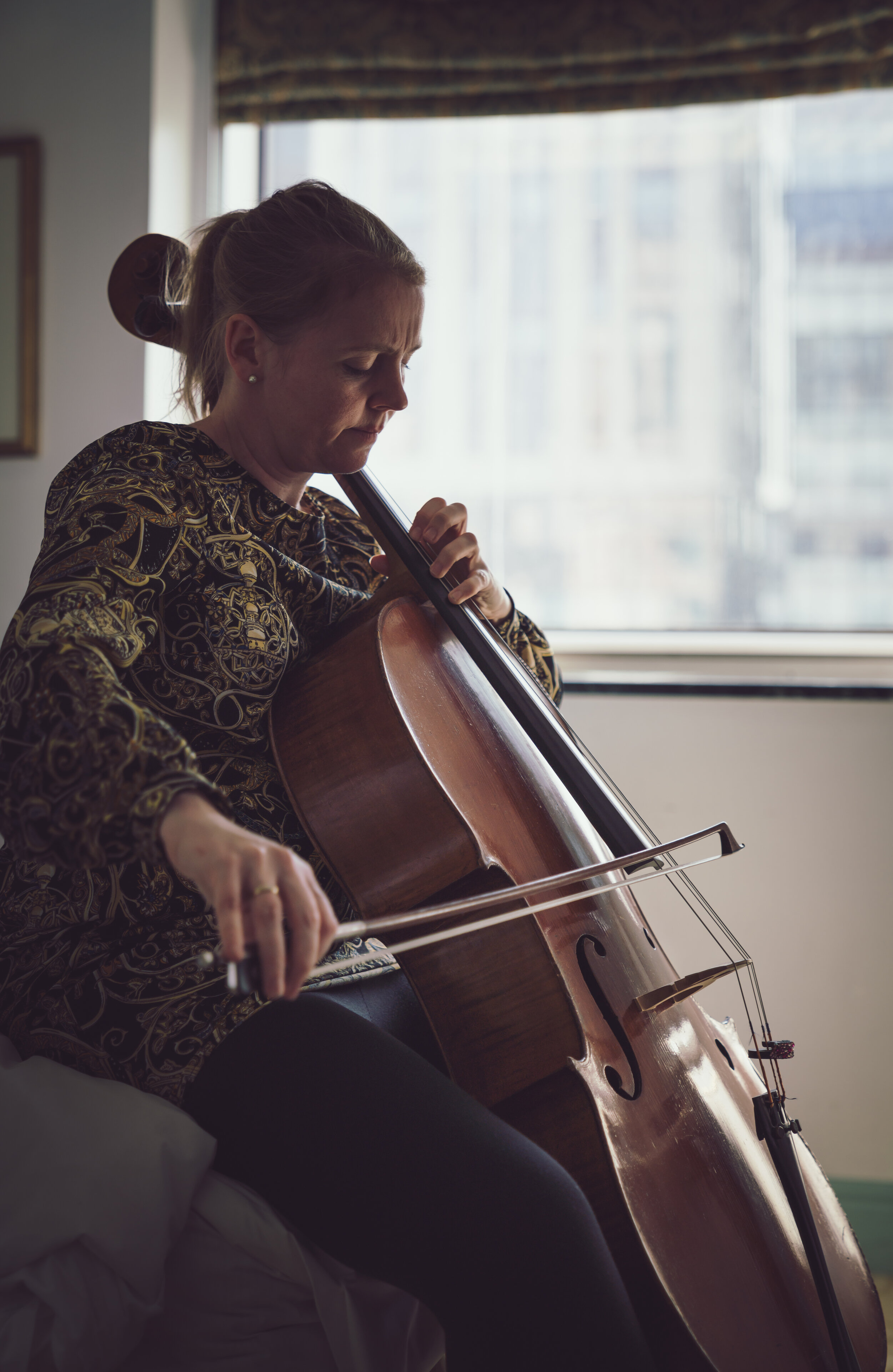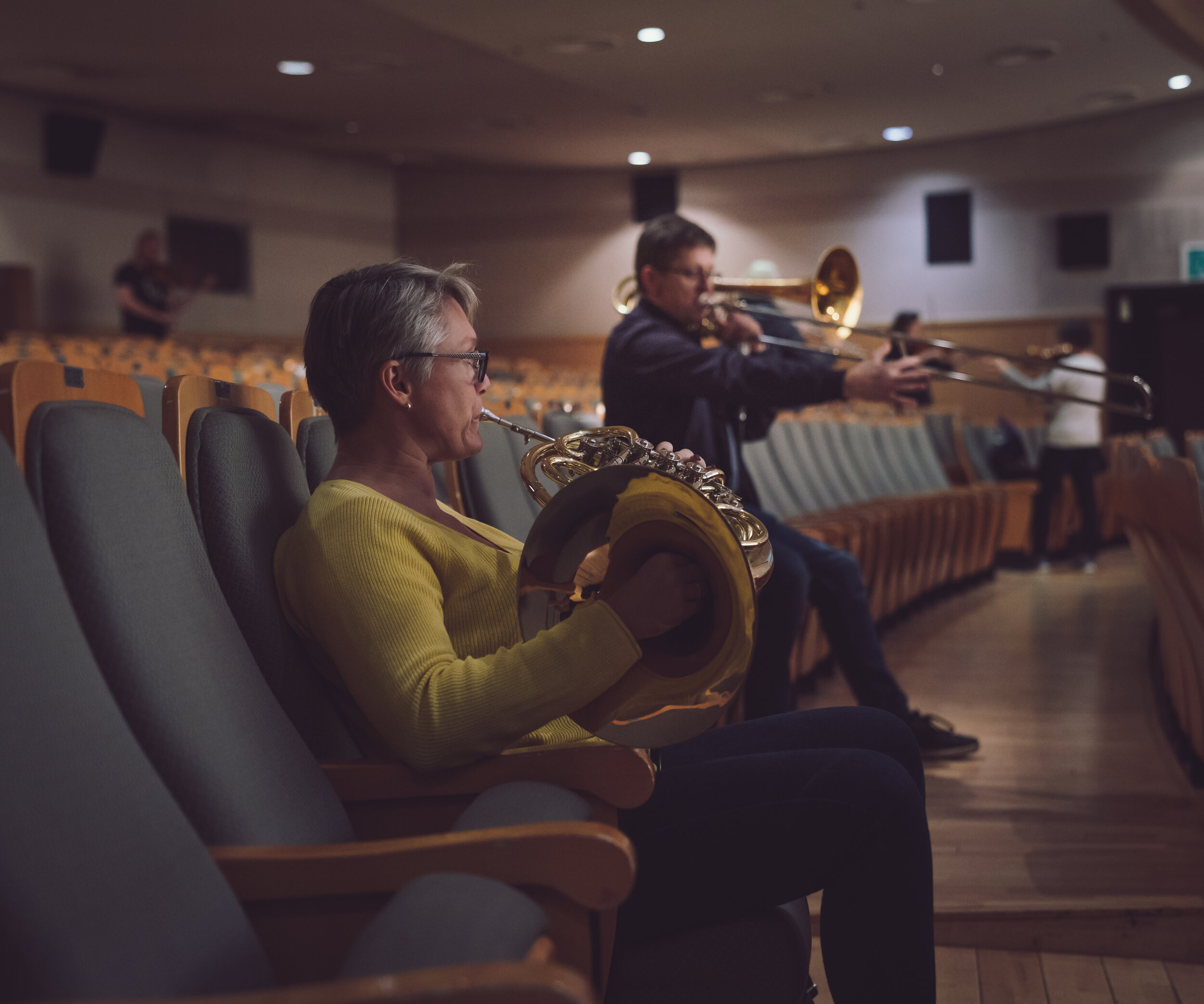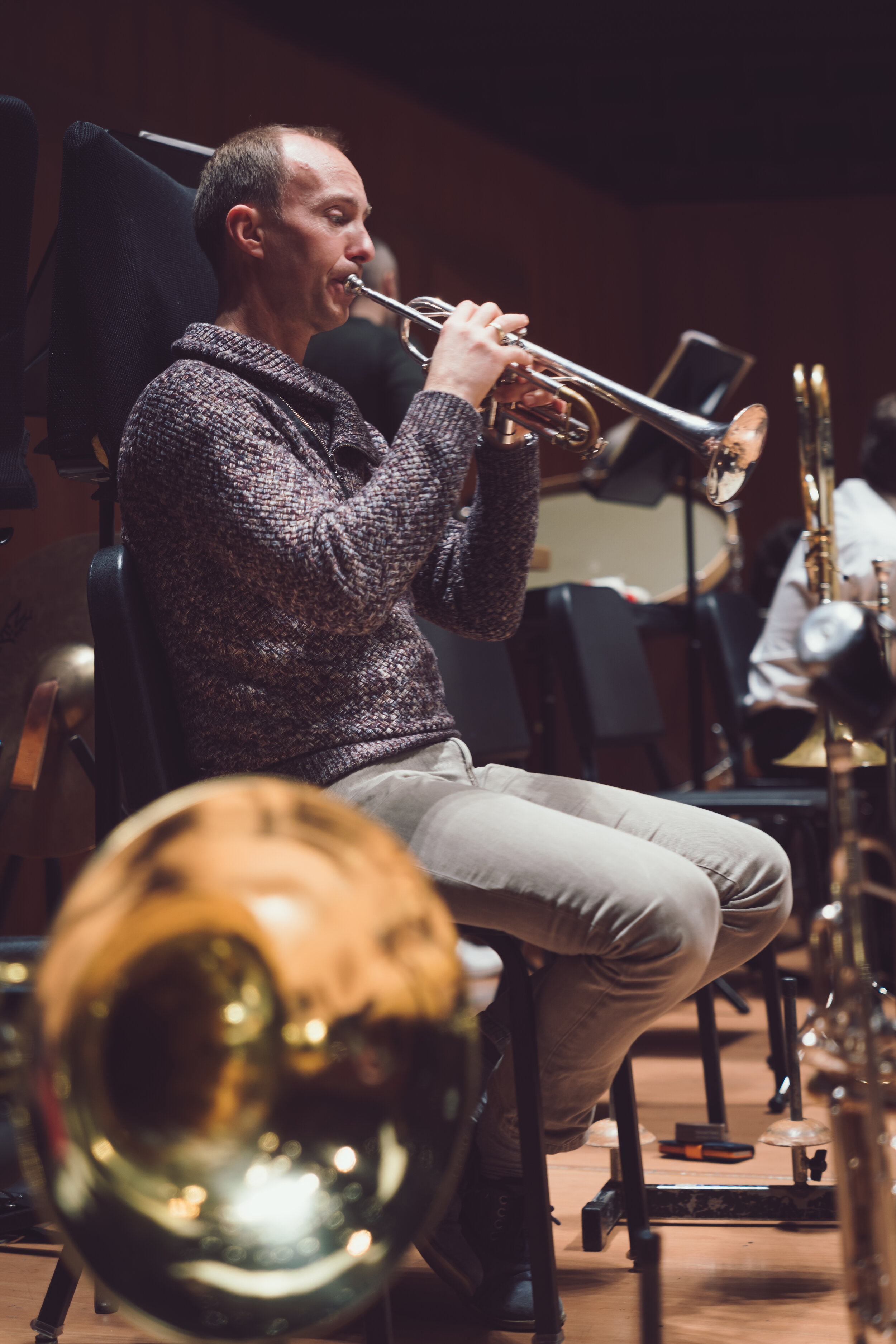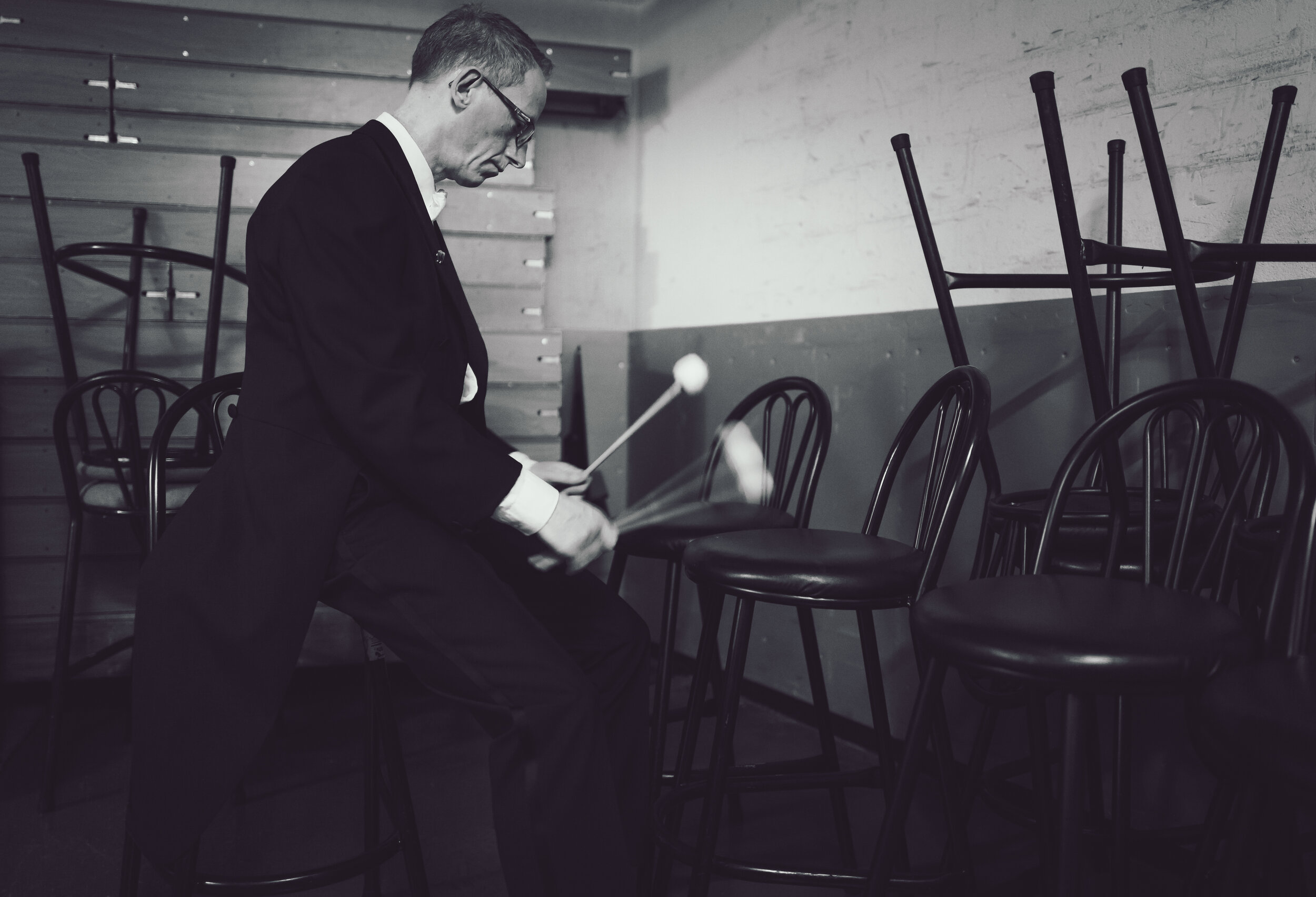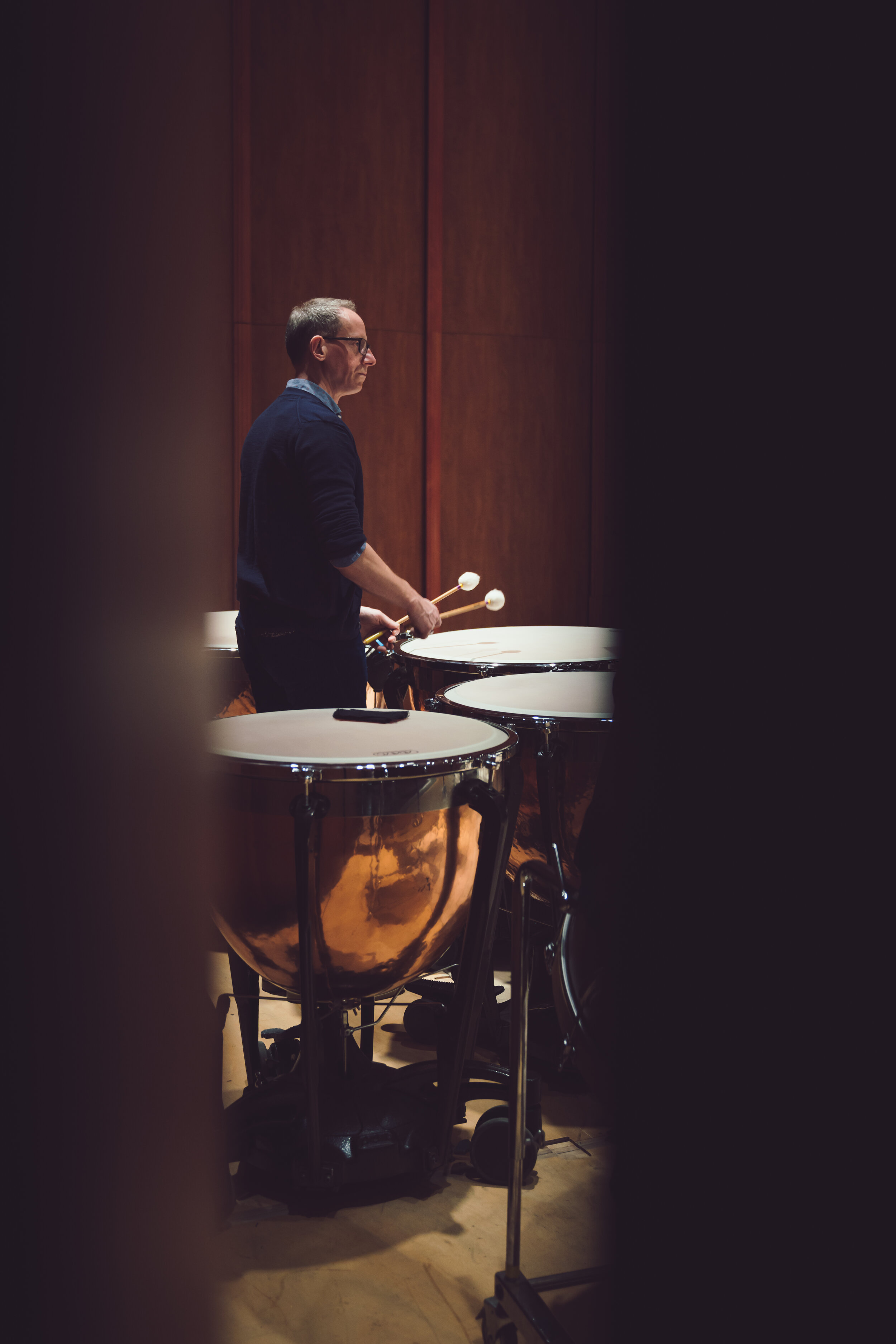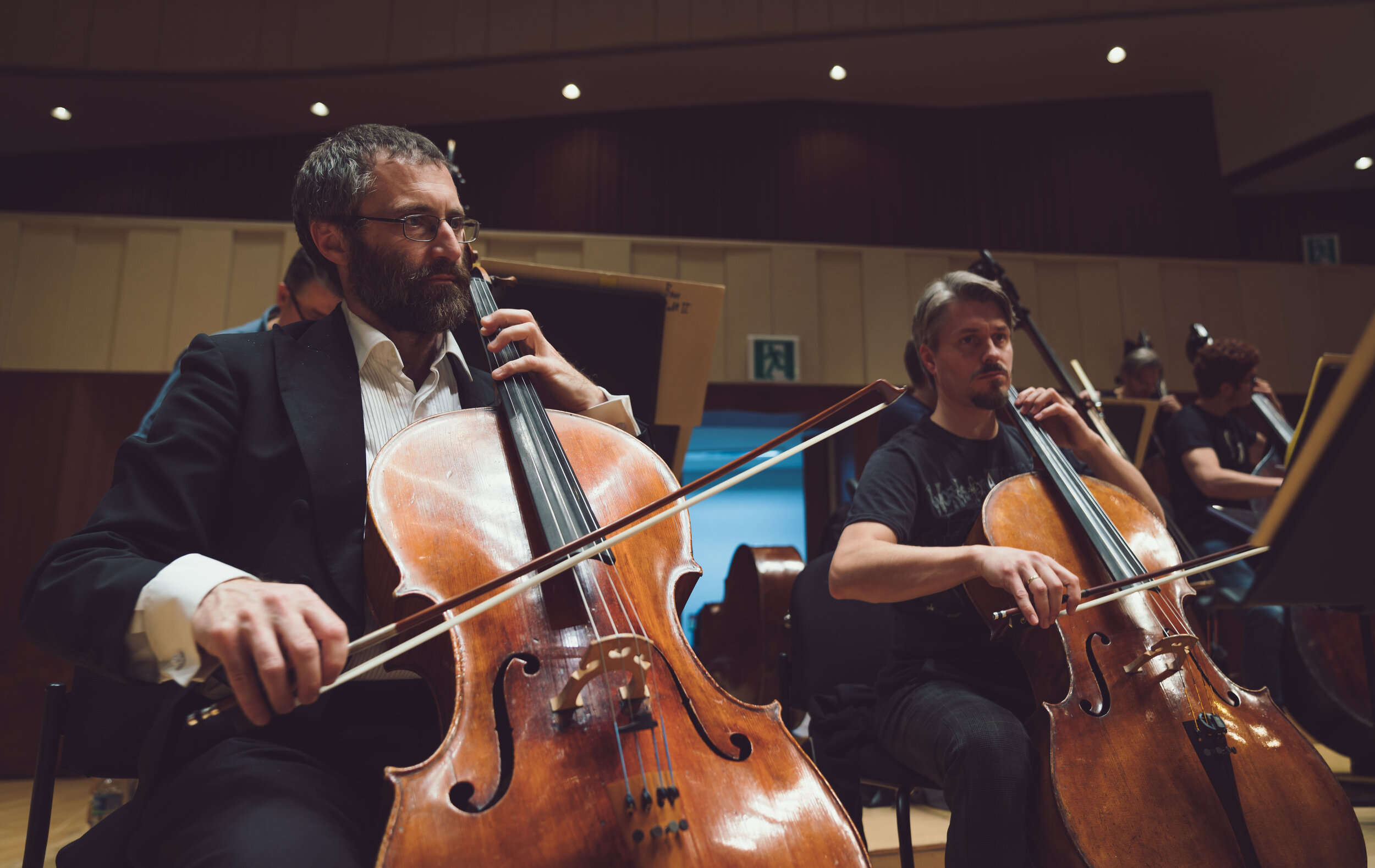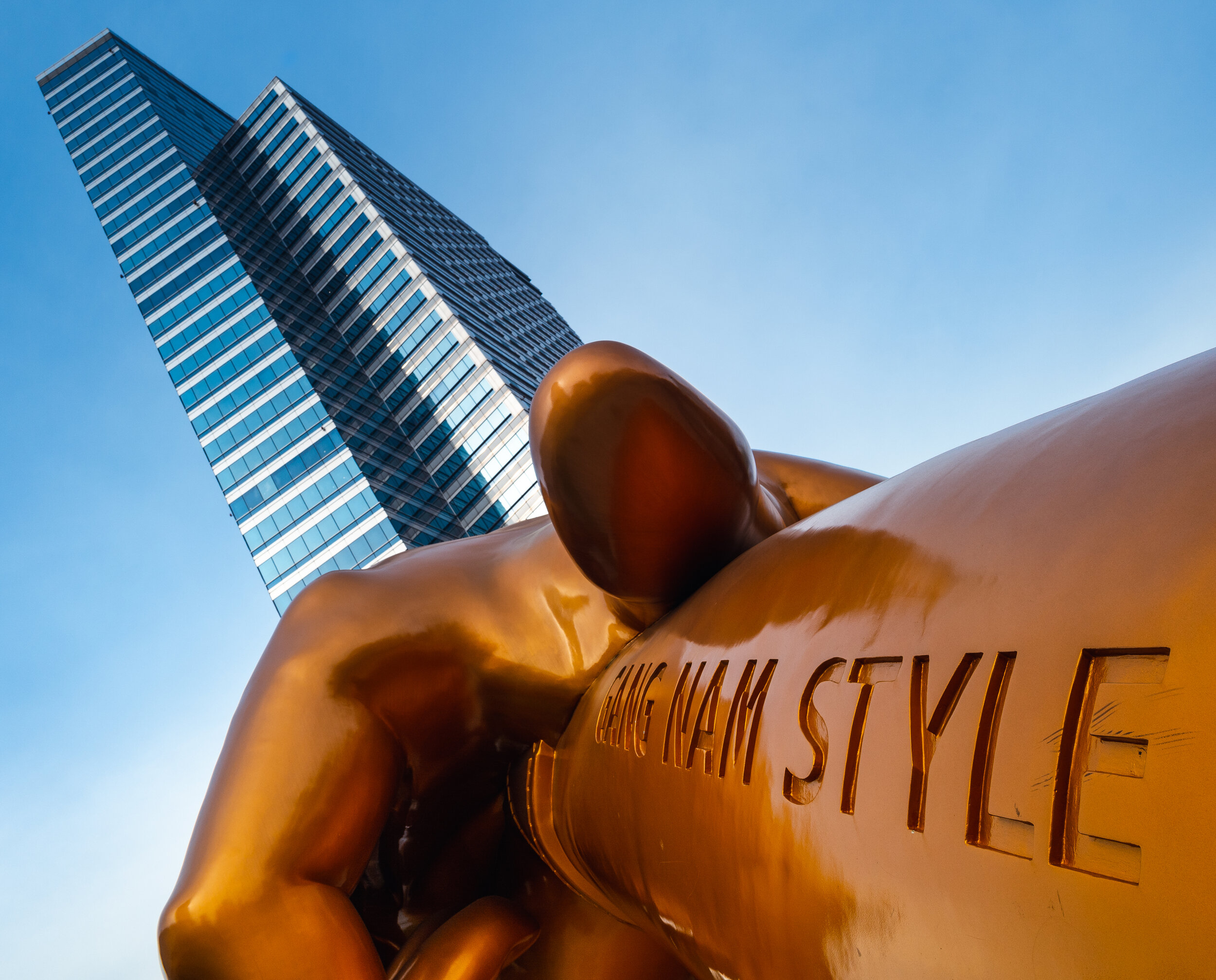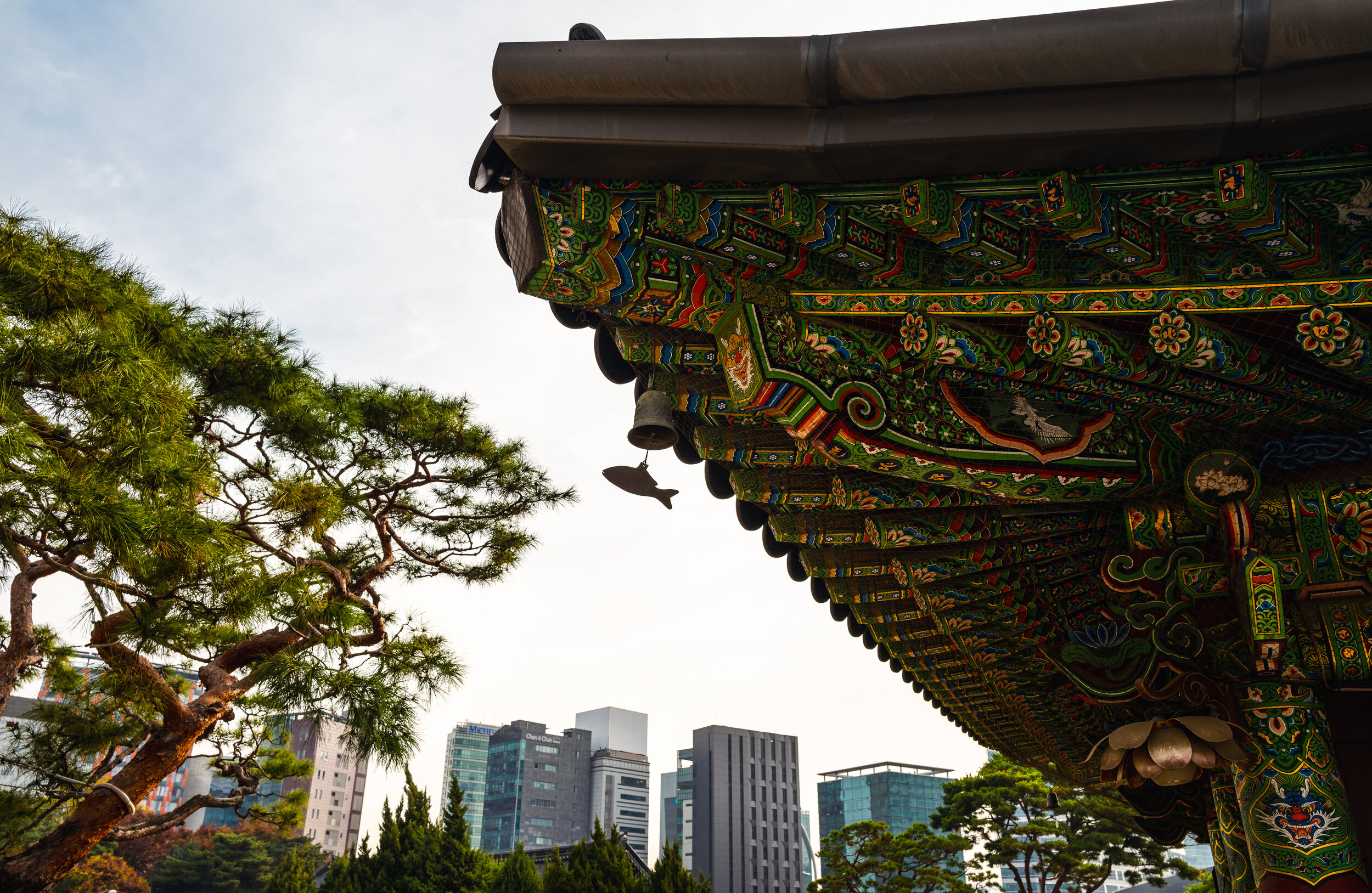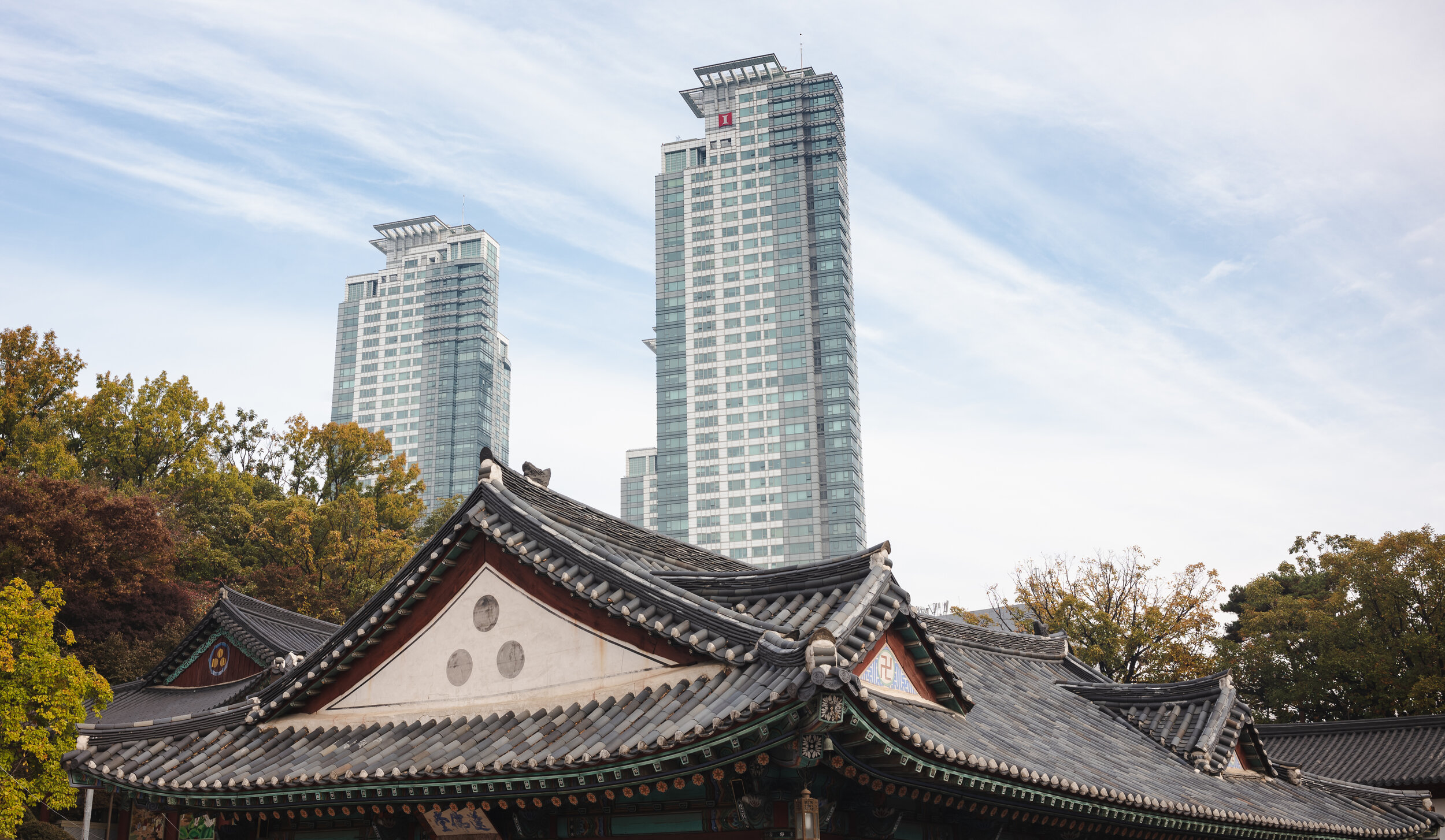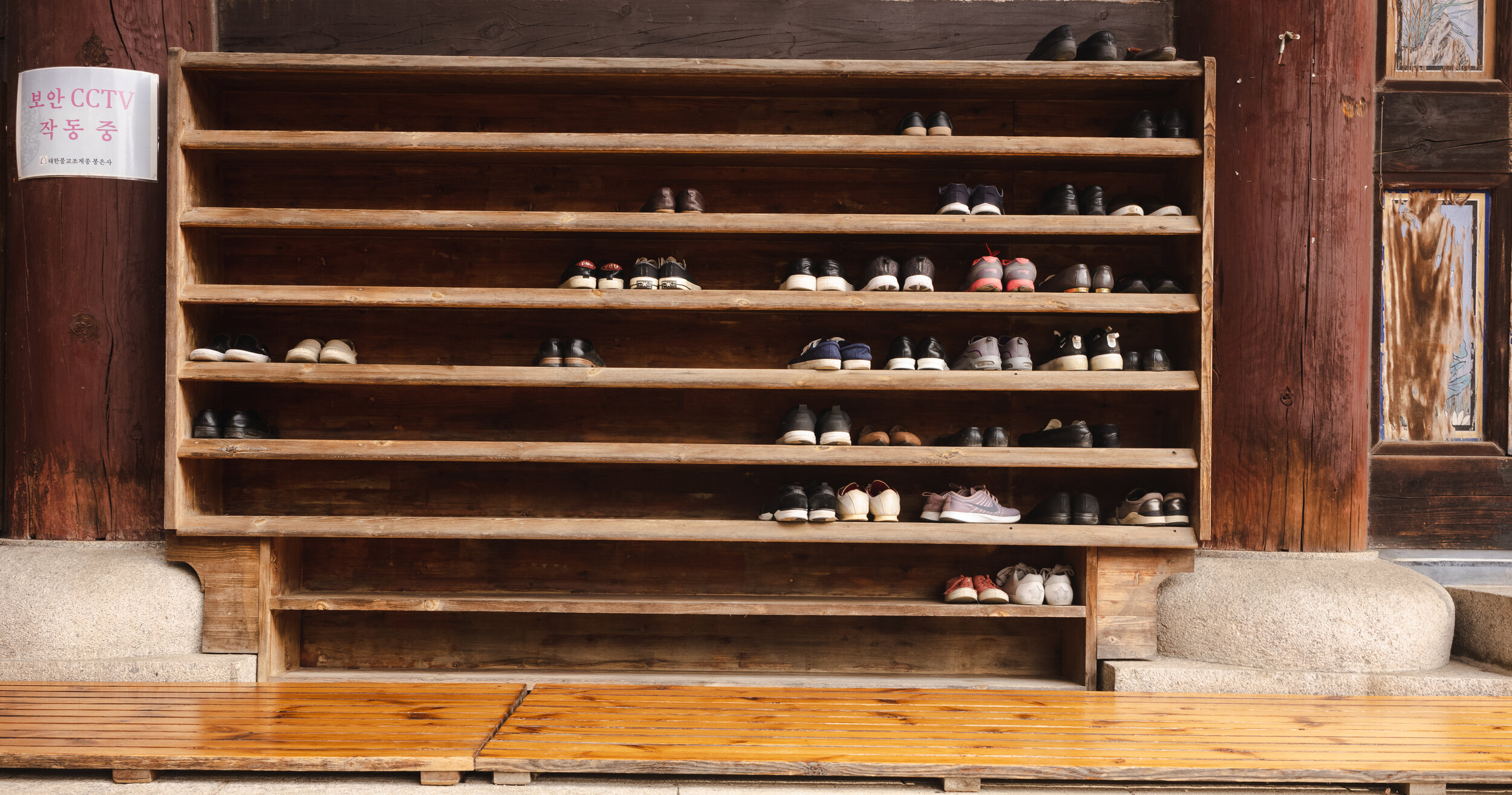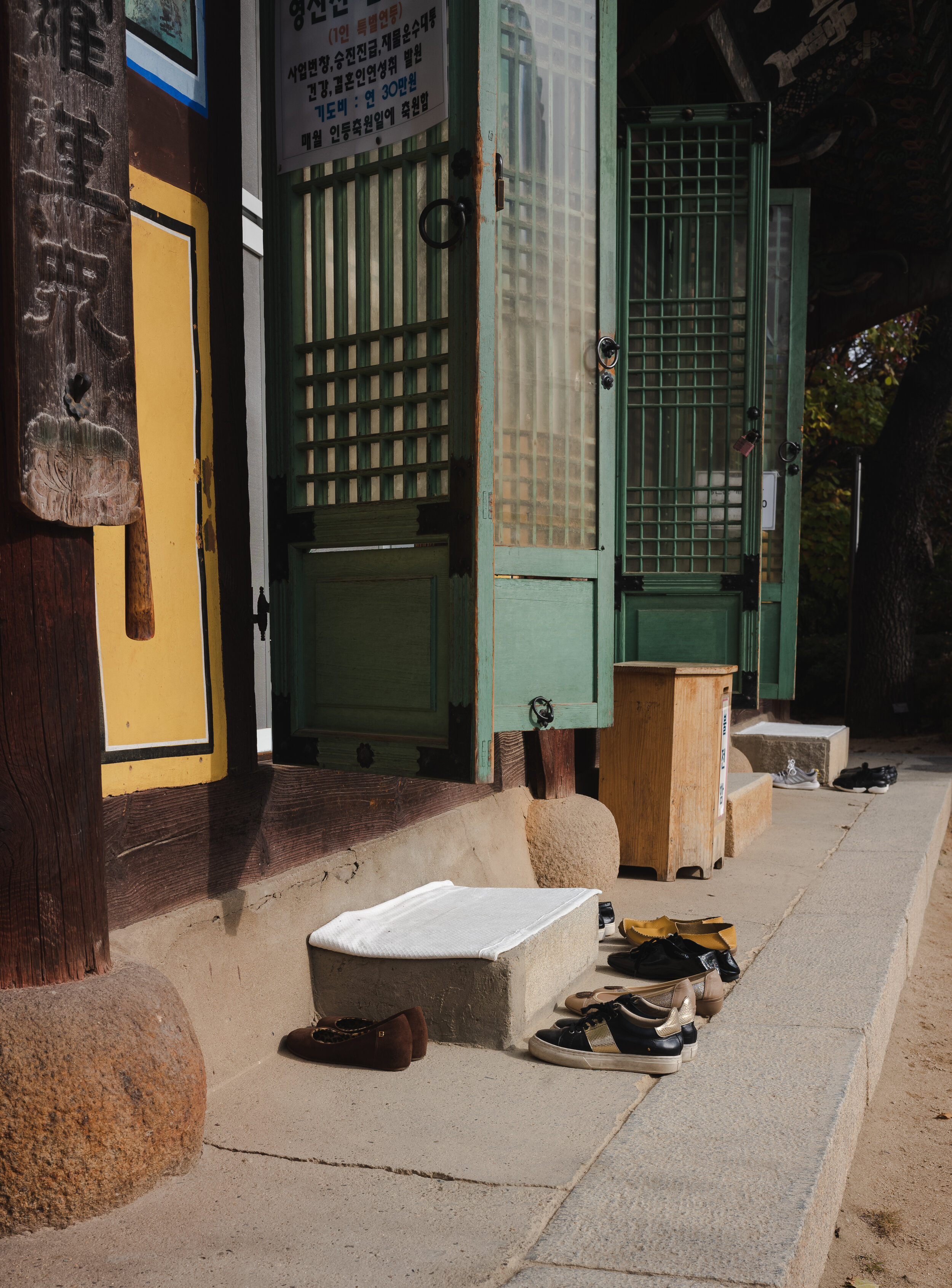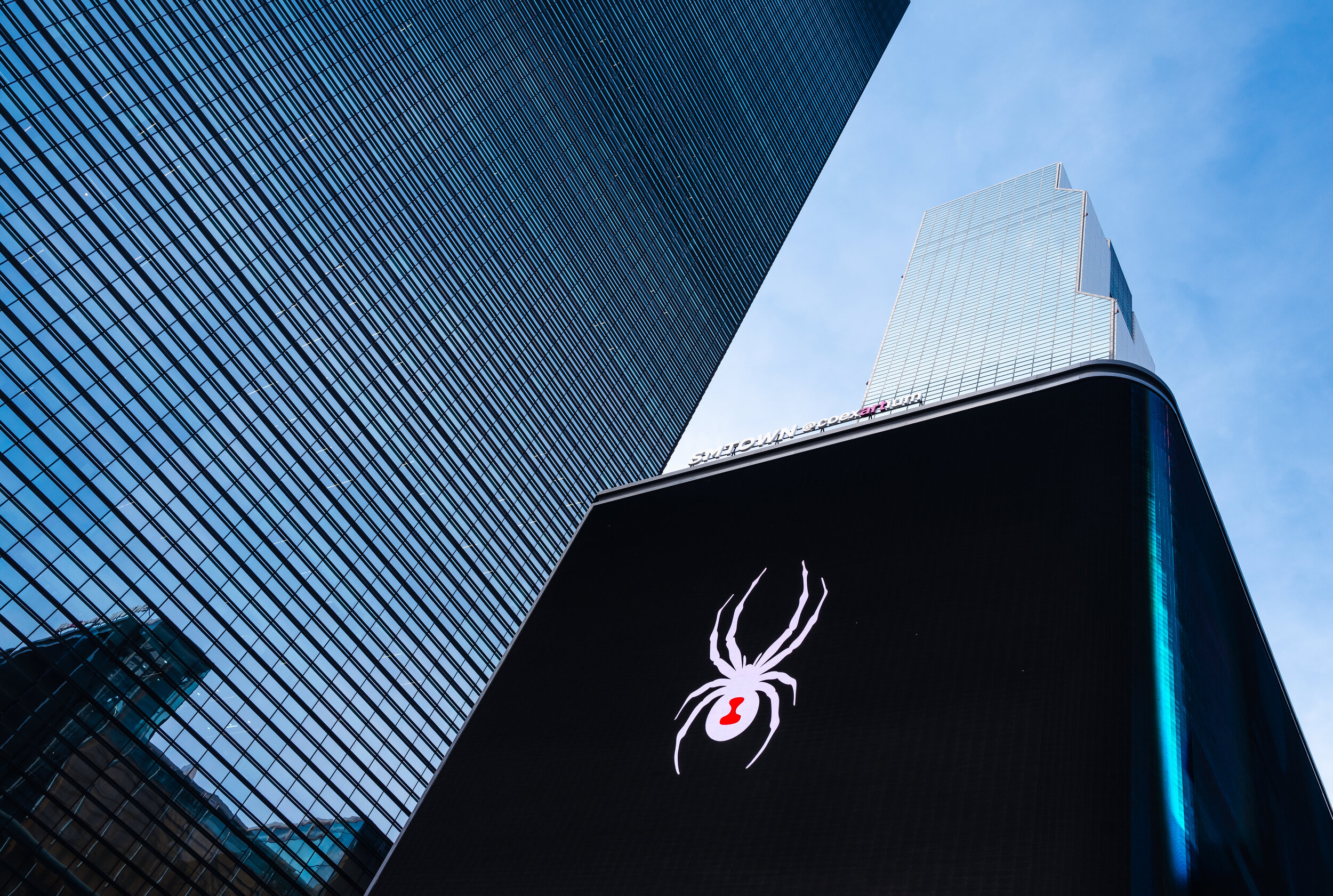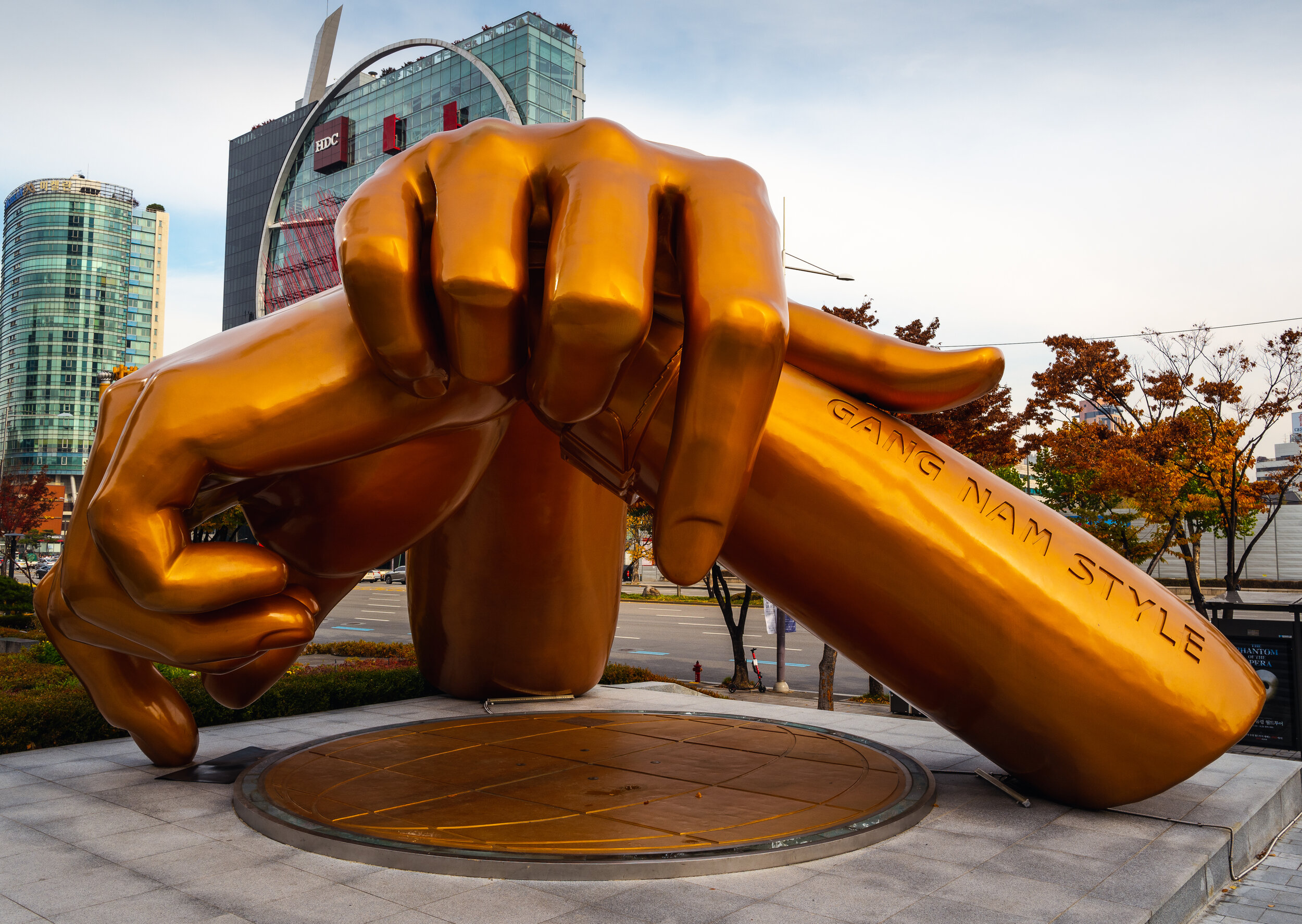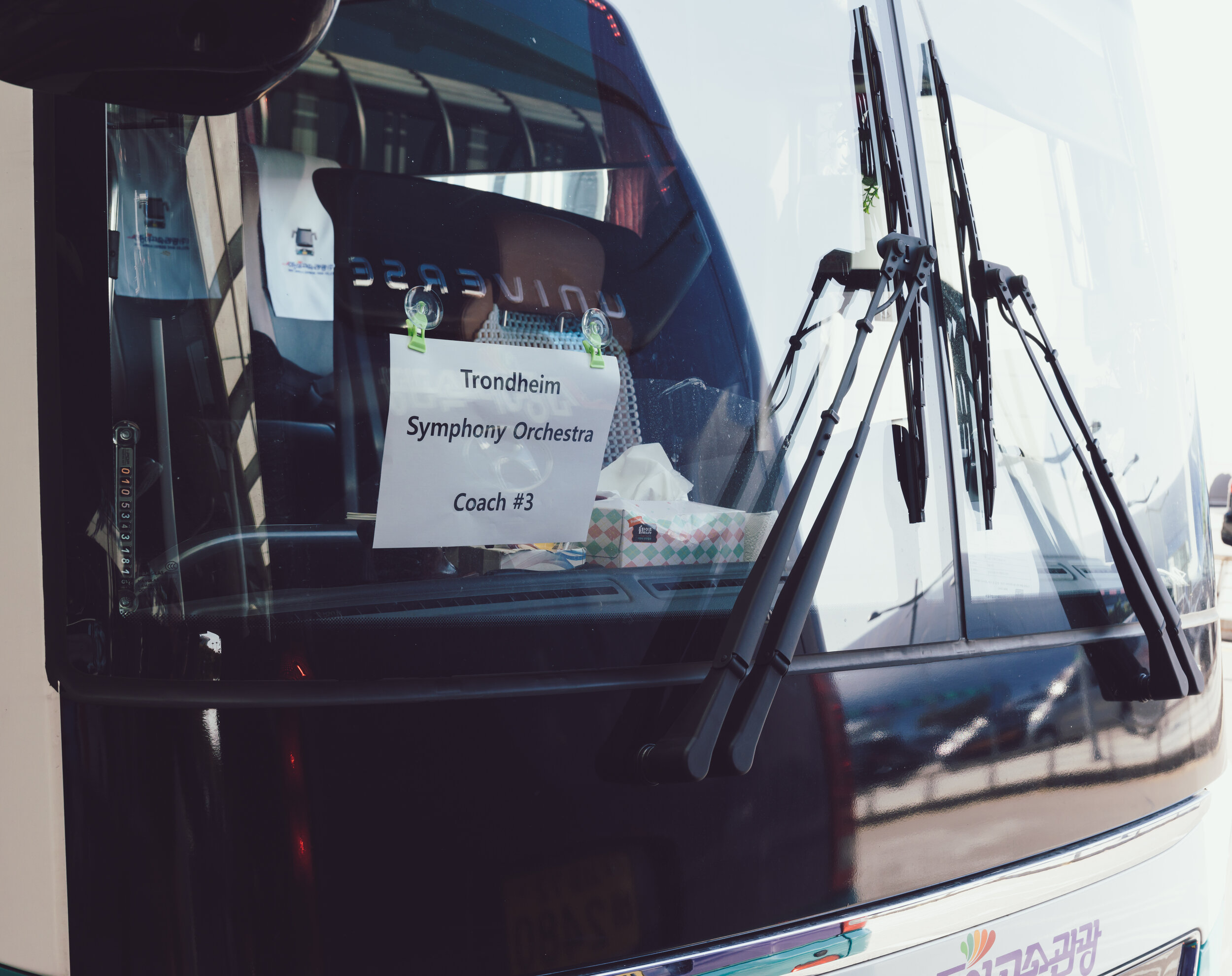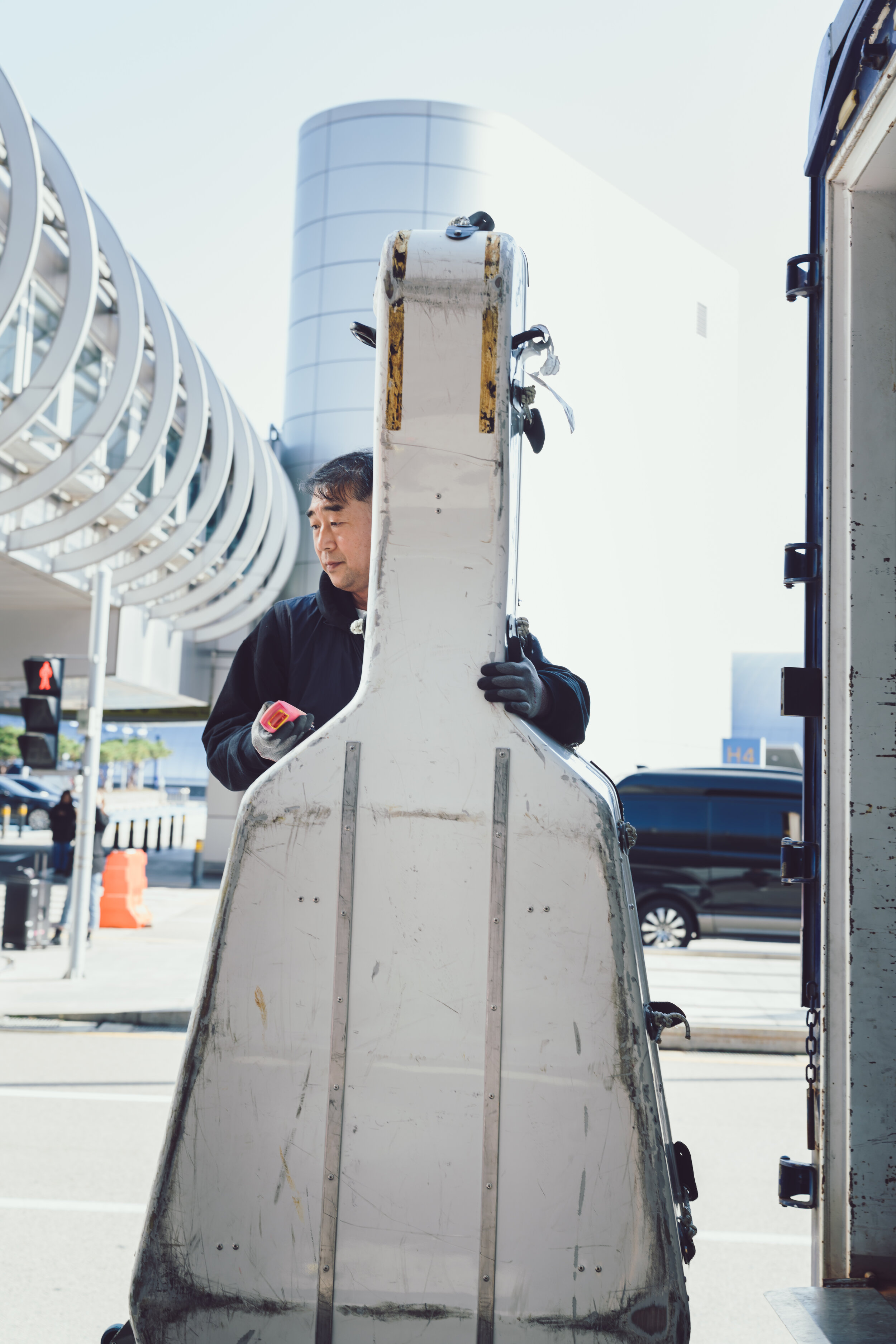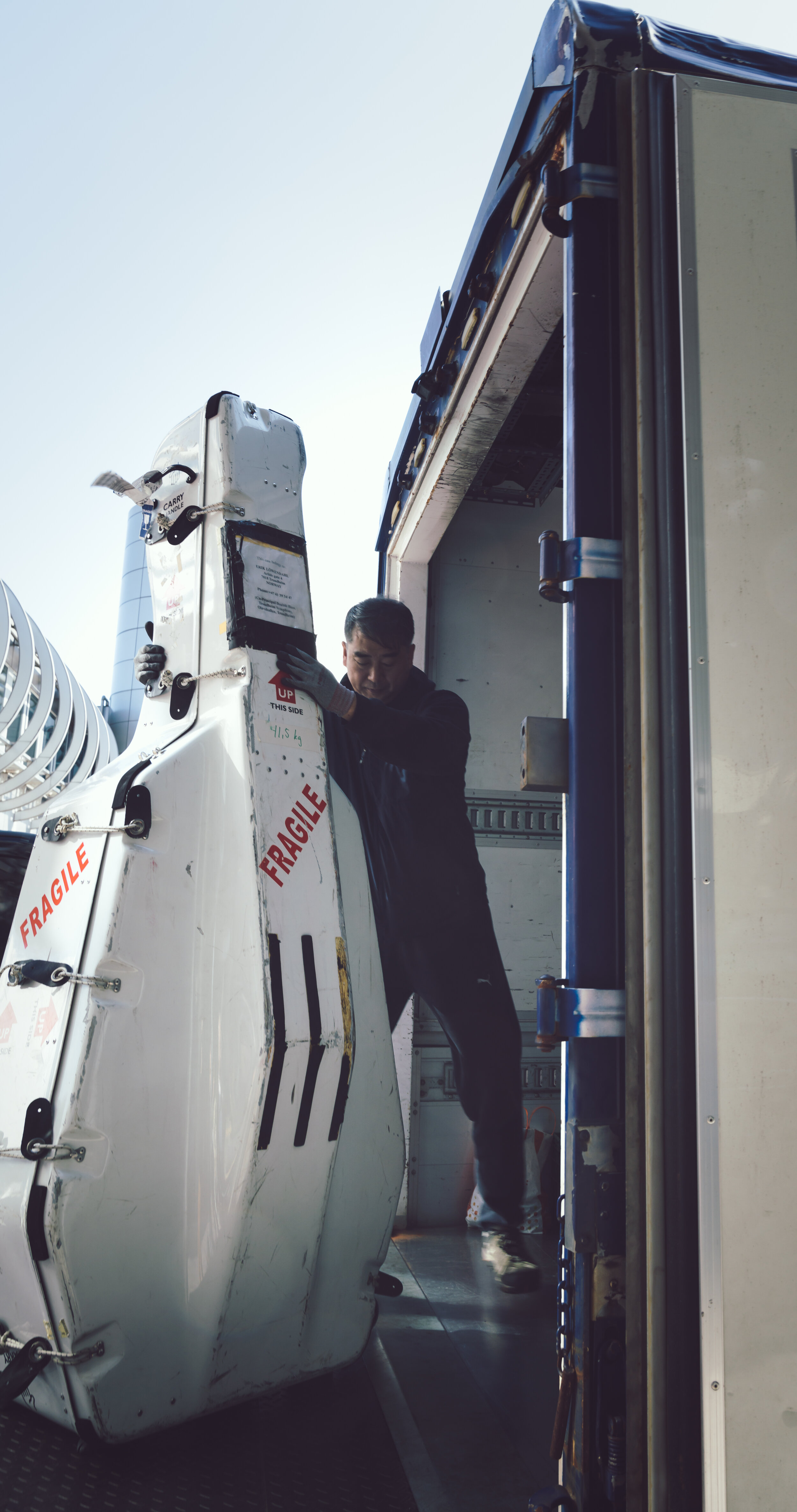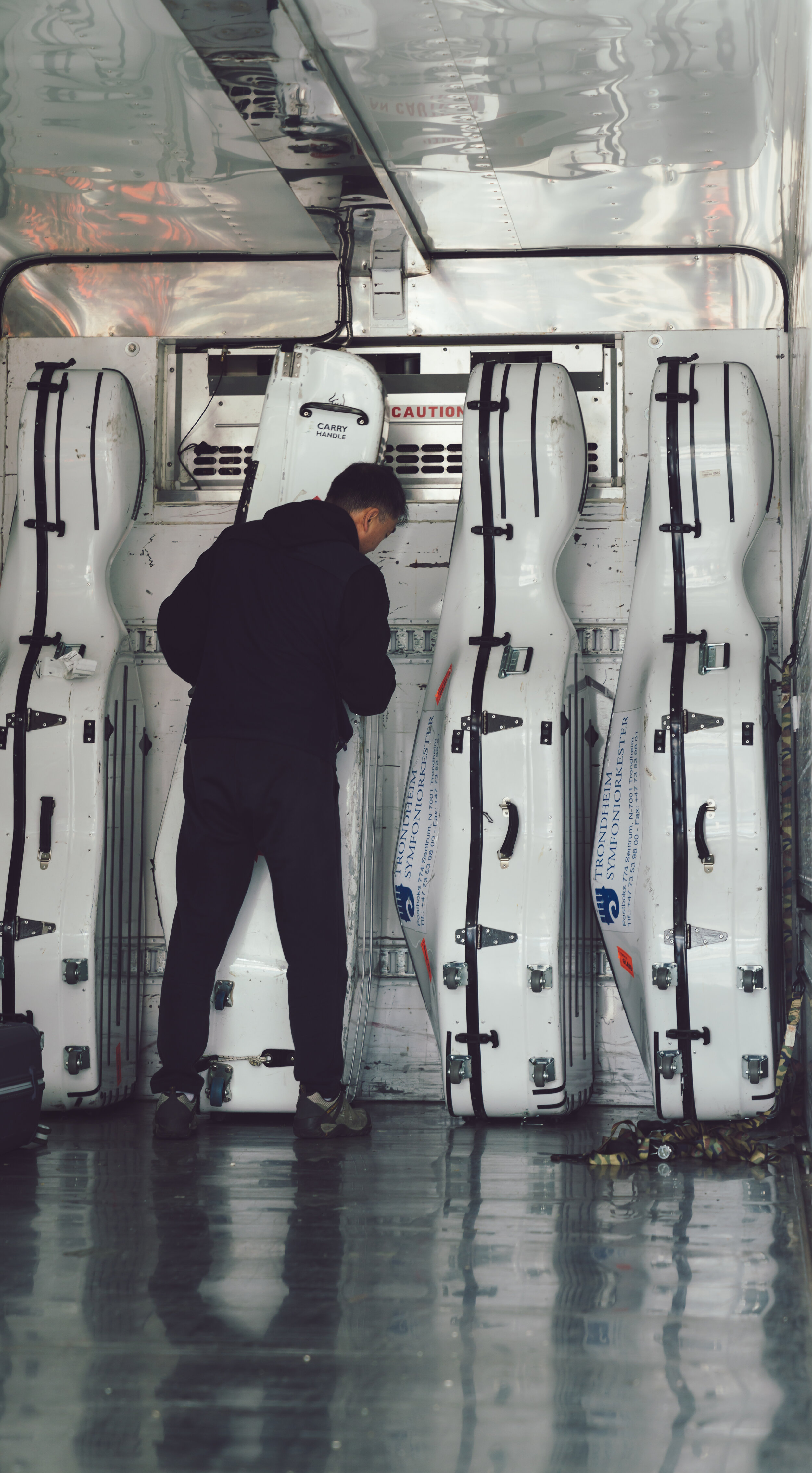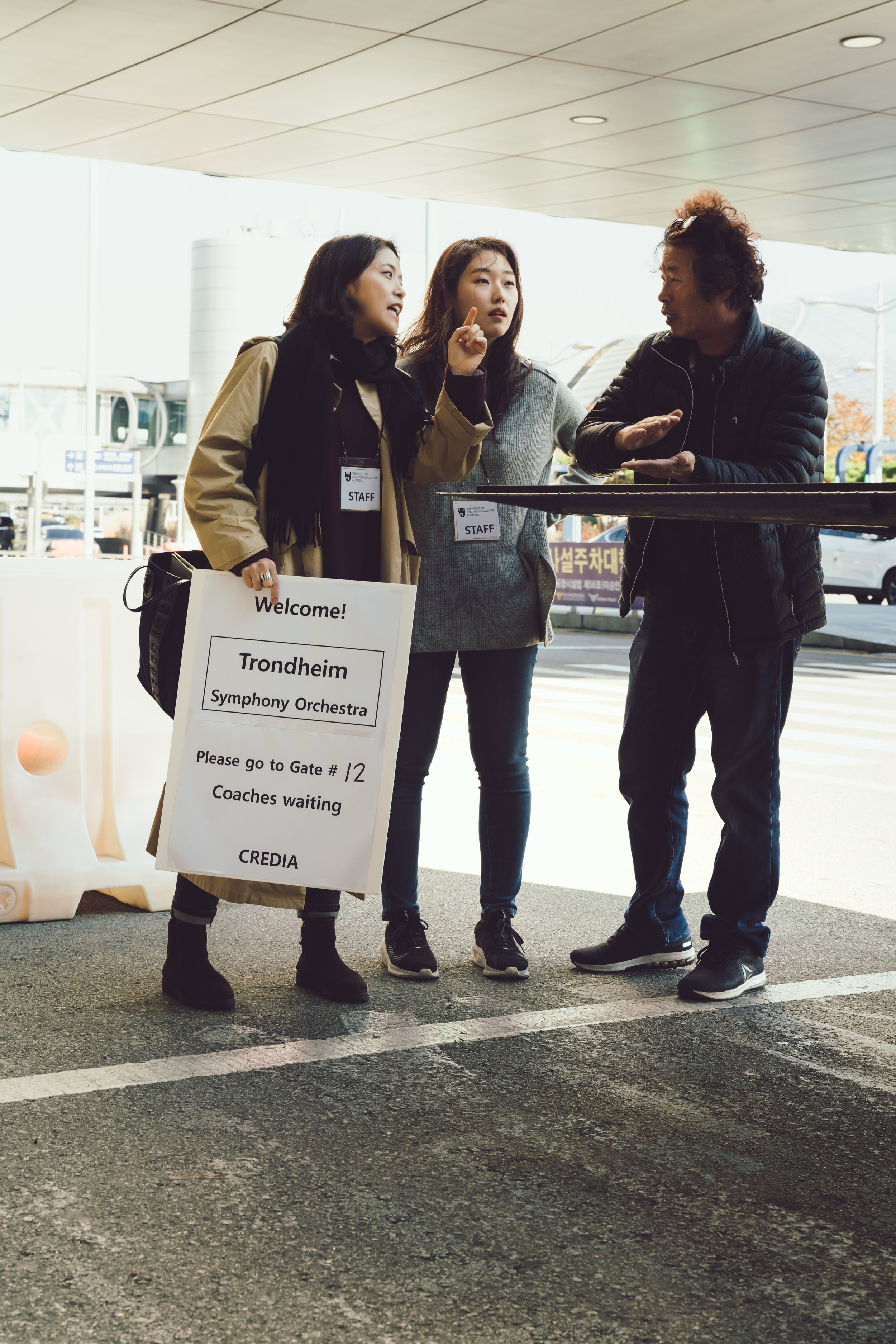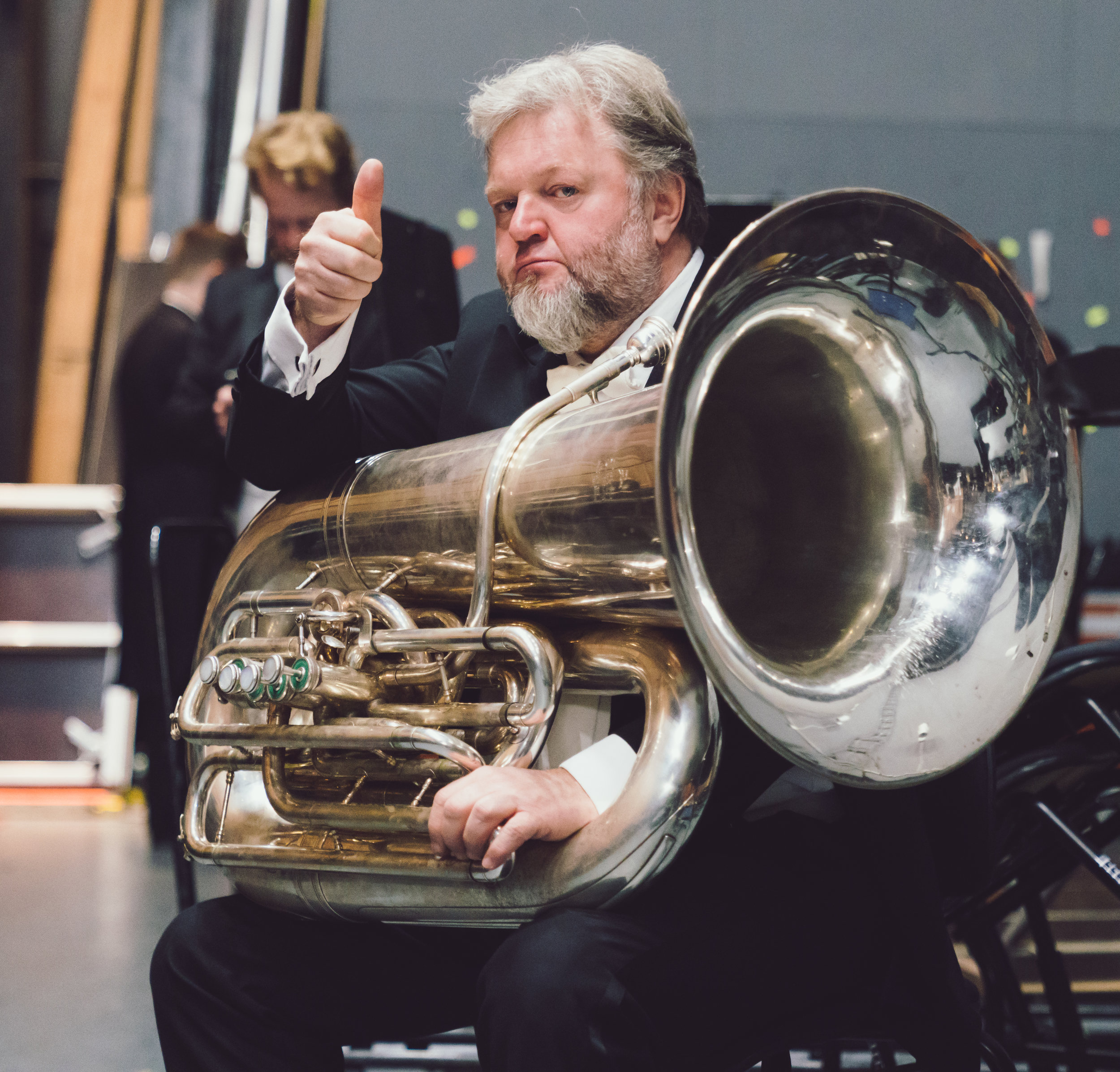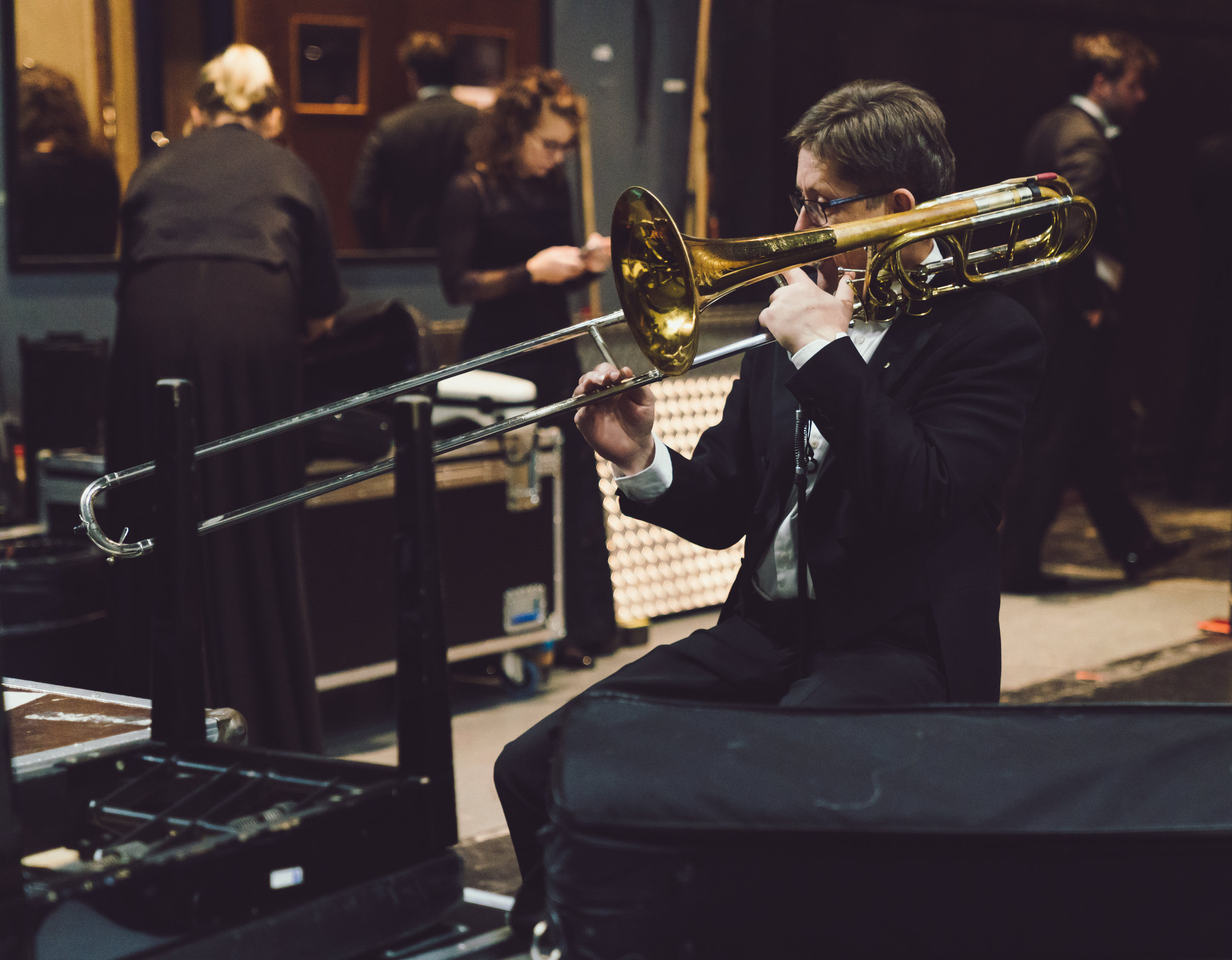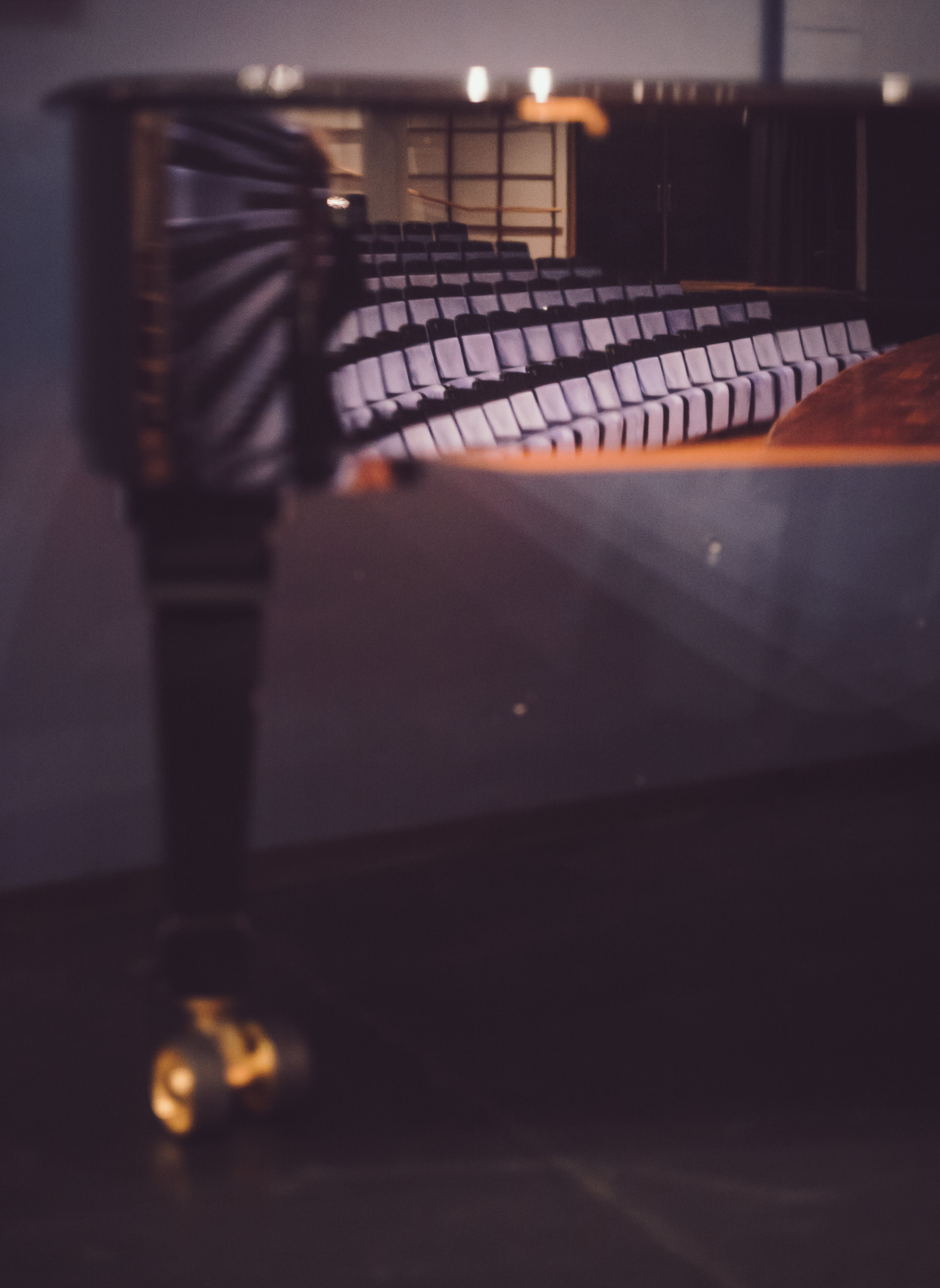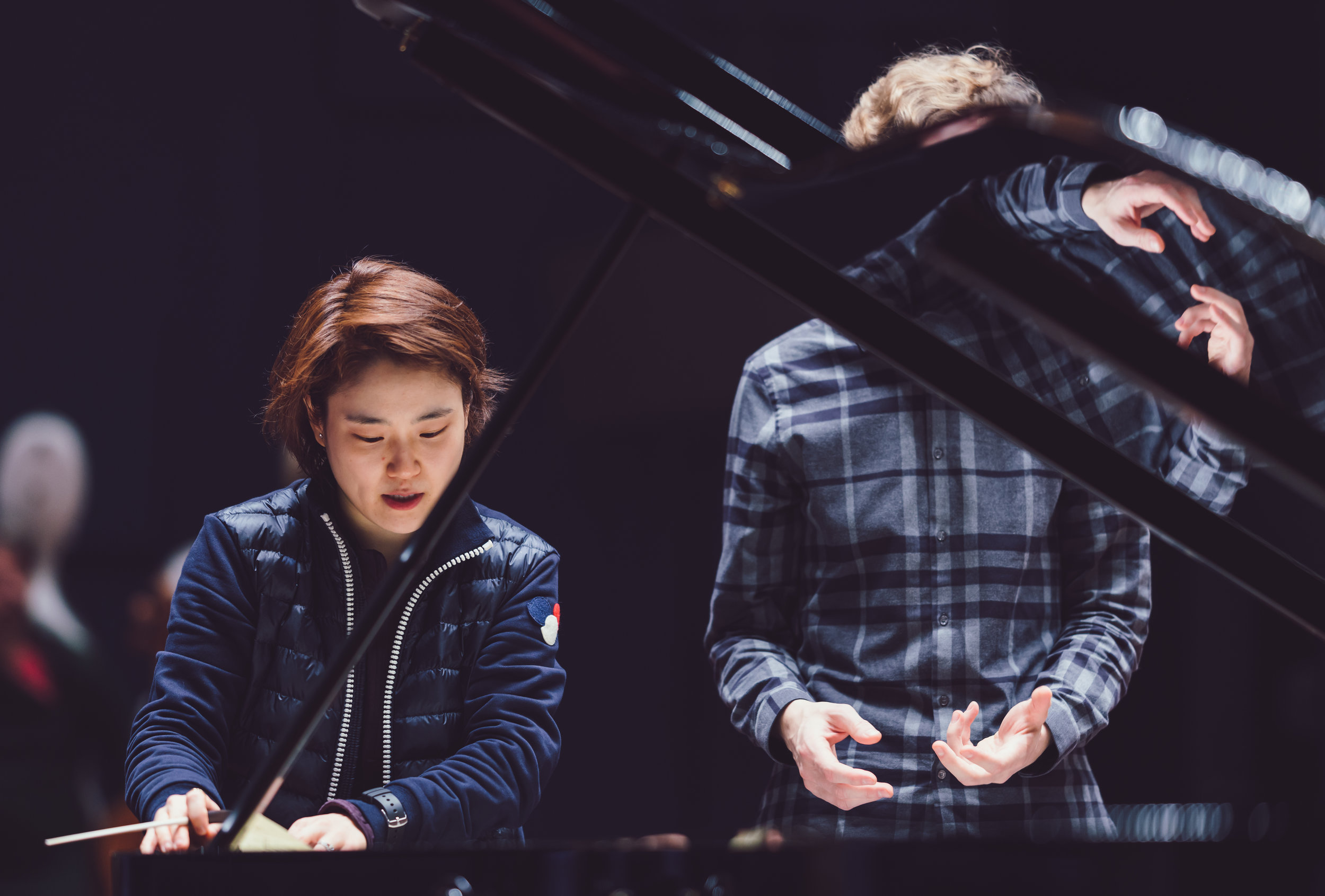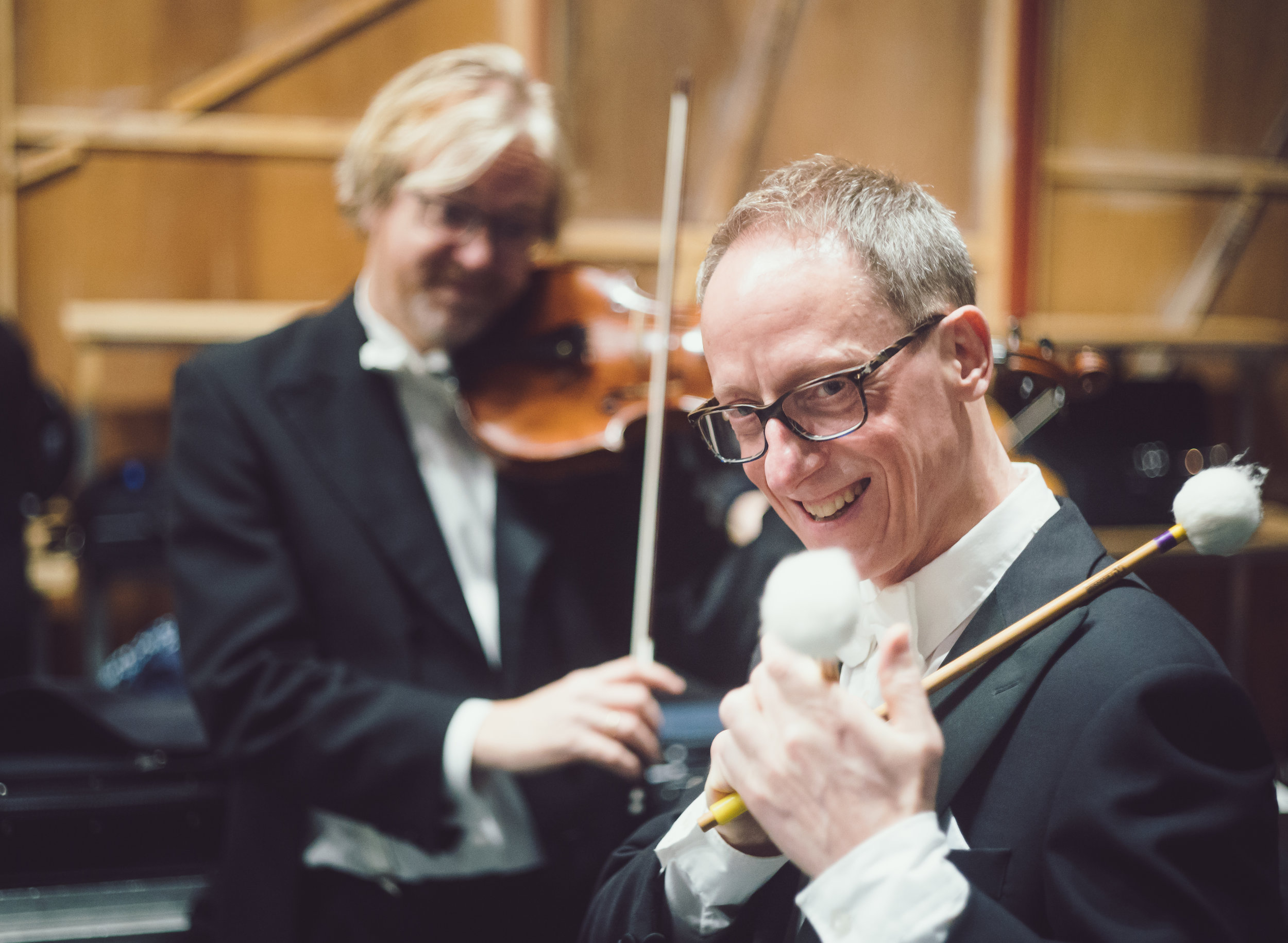I got to witness and photograph the legendary Finnish conductor and composer Leif Segerstam at work on Friday night. He has been in Trondheim this week conducting both the Trondheim Symphony Orchestra and the Trondheim Sinfonietta. I'm on sick leave from playing at the moment, so I didn't actually get to play under his leadership in the orchestra, which is sad of course but such is life. I'm happy that I have another artistic outlet to turn to when playing isn't an option.
He is quite a unique figure in the music business, in almost every possible way. We might all think that we're special and highly personal in the way that we “conduct” ourselves. However, in Leif Segerstam we may have met our master.
The lighting at the venue was less than ideal for photography, which meant both strange shadow patterns and absurdly high ISO-values. The light was mainly focused on the conductor's hair and not his face. Problem? Yes. Artistic opportunity? Could be.
It took me a while to decide how to best bring these images to life, but I ultimately decided to go for a desaturated look and feeling. The lighting was basically harsh spotlights in front and multicoloured stage lights at the back of the ensemble setup. I could have gone for a black and white edit of course, but I liked this silvery “in between”-look. The facial expressions and the “human patina” come to life in this way, in my opinion. Like the “Segerstam-way”, it's a personal artistic choice on my part bringing my take on the occasion to the viewers.
For this shoot, I wanted to test two camera setups. I brought my own Sony A7RIII and a Sony A9ii-loaner. The lenses were primarily the 24-70mm f2.8 GM and the 70-200 f2.8 GM. I did also fire off some shots with my Sigma Art-lenses (85 and 135mm). I'm not the biggest fan of zoom lenses, but this time I wanted to see if my feelings on the matter could be proven wrong. Preliminary verdict: The A9ii is significantly better than the A7RIII in these kind of conditions, giving me cleaner files with no apparent banding issues (which is the main reason for this test). Zoom lenses, well, great for versatility but the ISO-values at f2.8 compared to f1.4-1.8 are hard to swallow. Maybe an A9ii for fast paced performances in low light and the Leica SL2 for those high resolution and high fidelity portraits and personal projects? Dreaming is allowed, right?!
Anyway, I'm glad that I had the opportunity to experience Maestro Segerstam and to do some gear testing this weekend.
Ole

